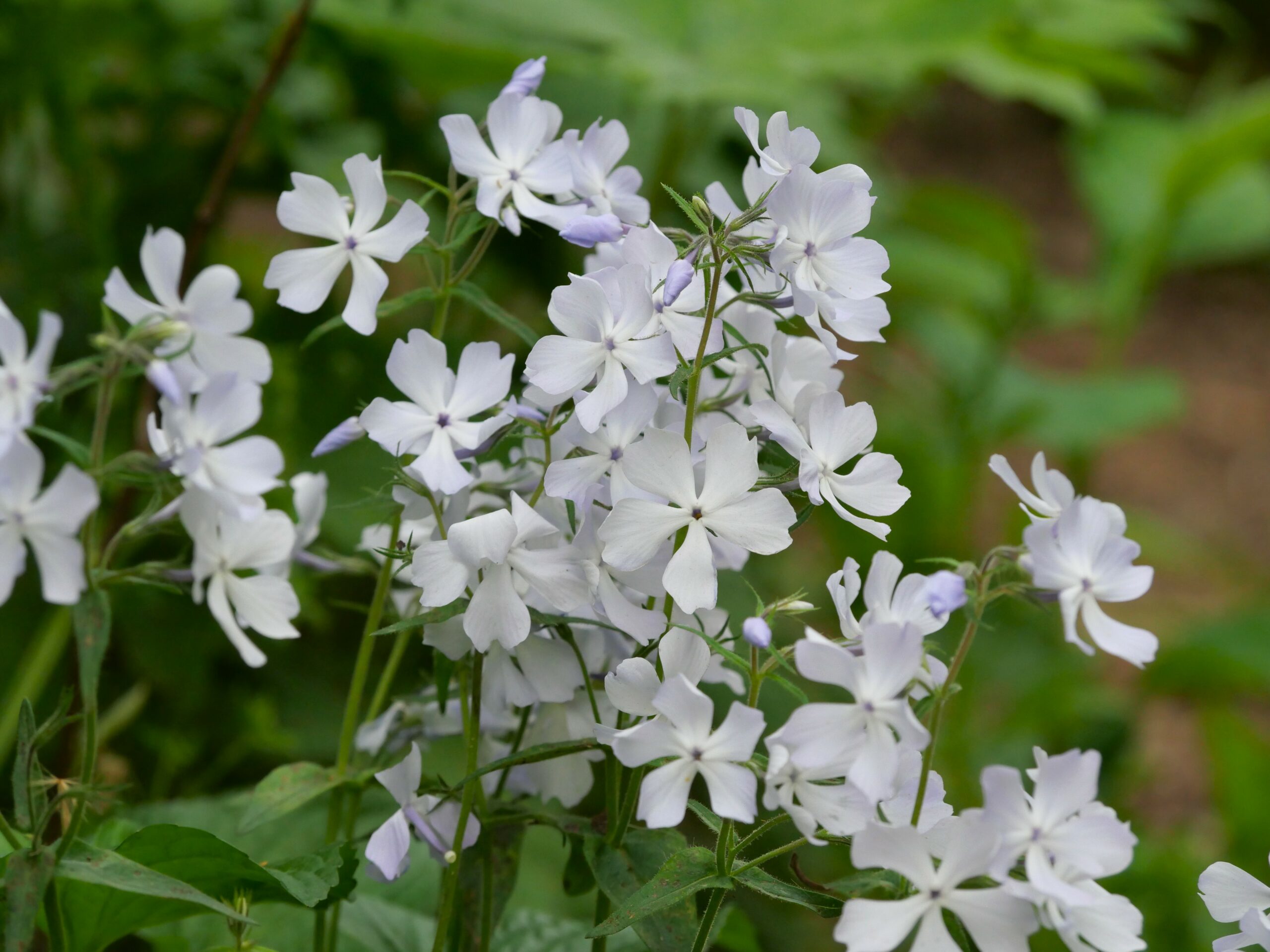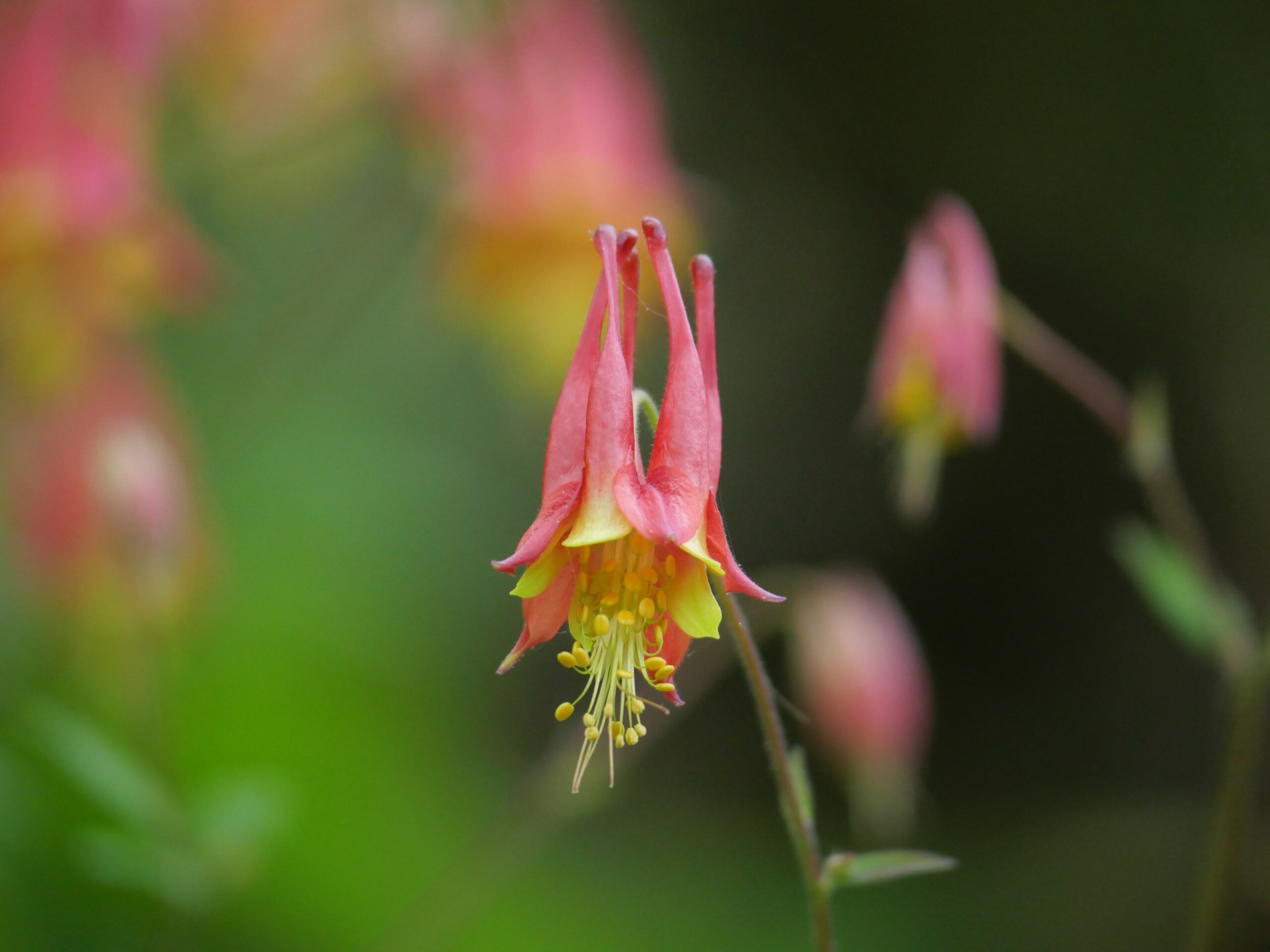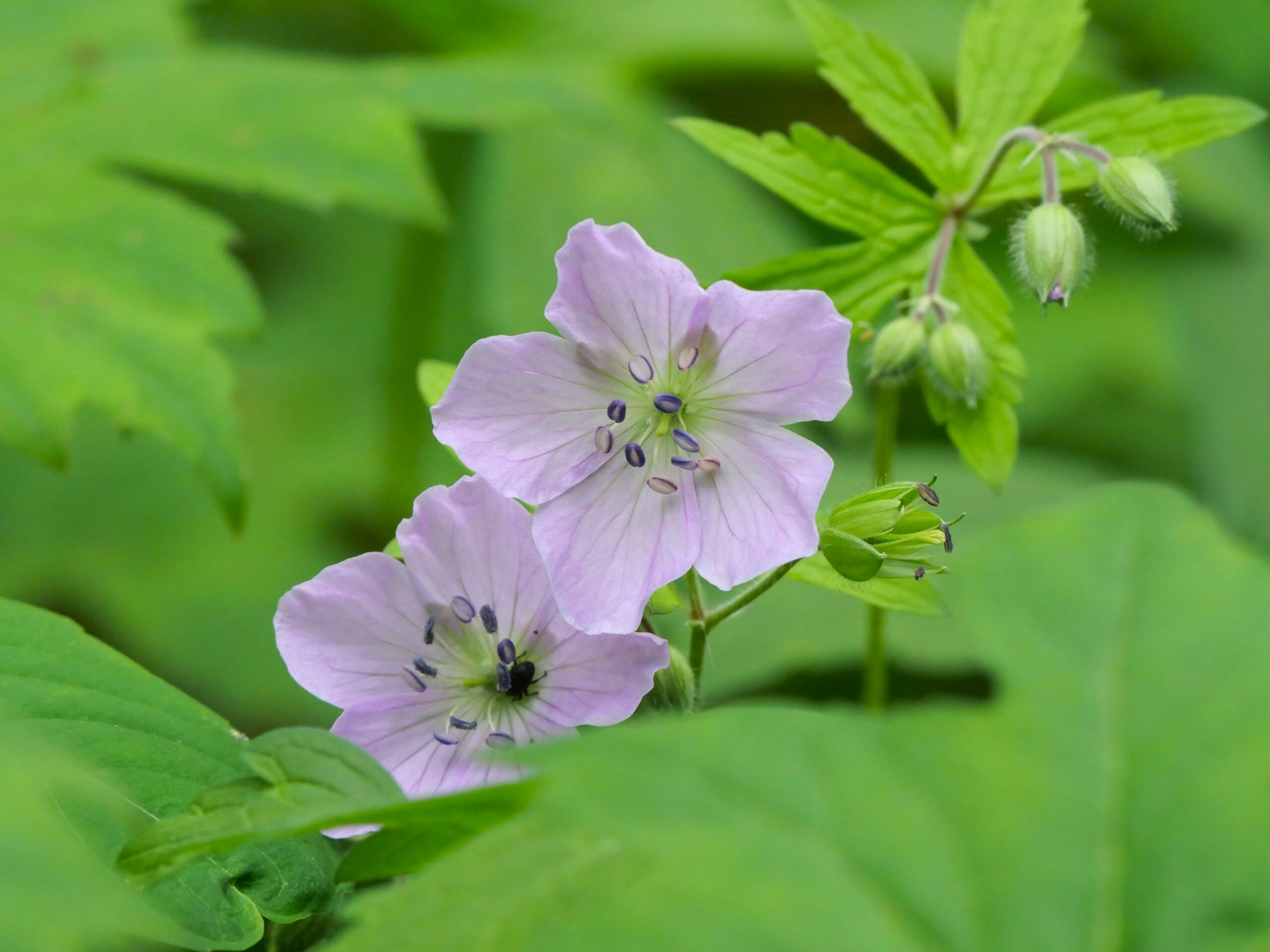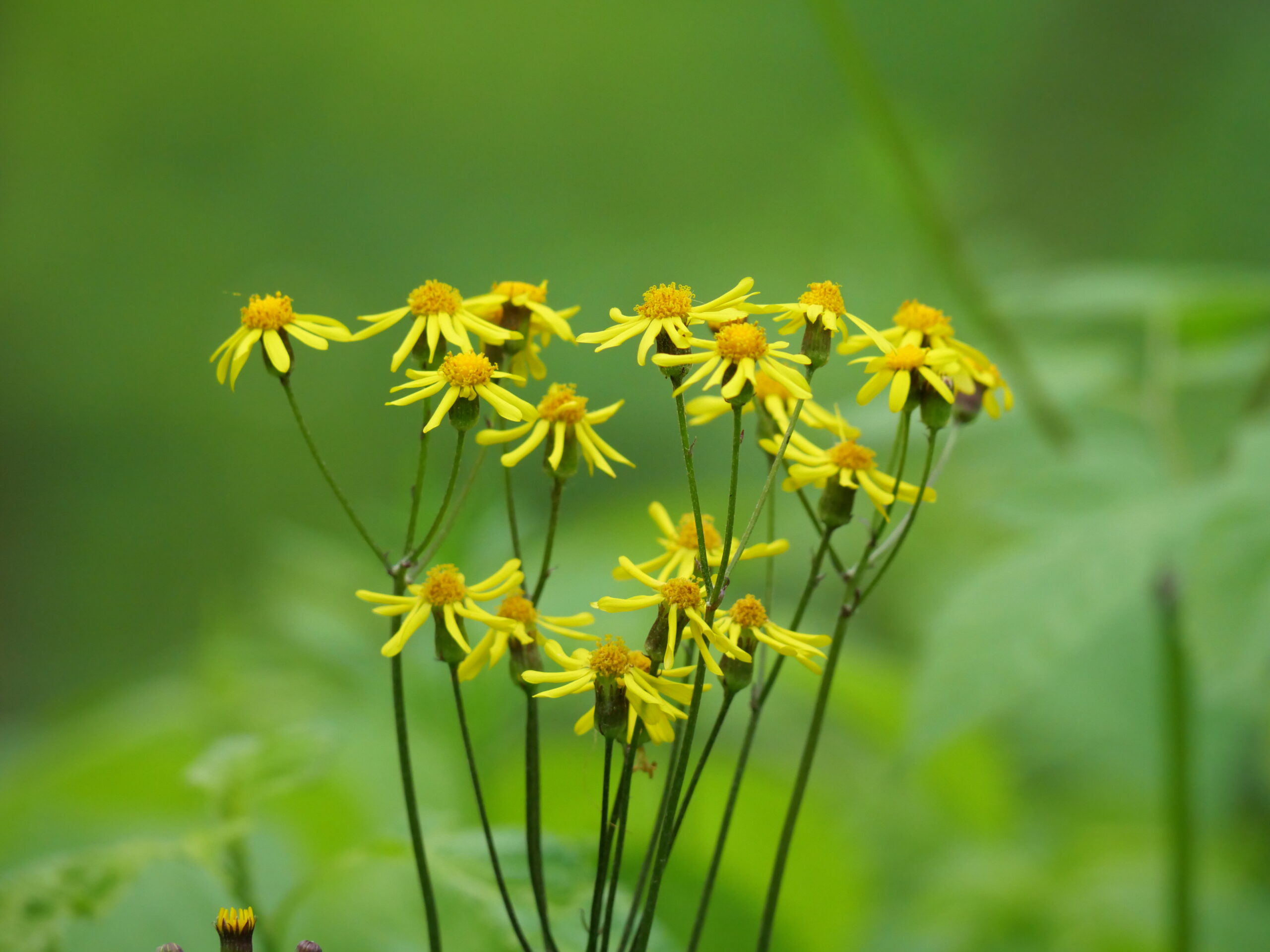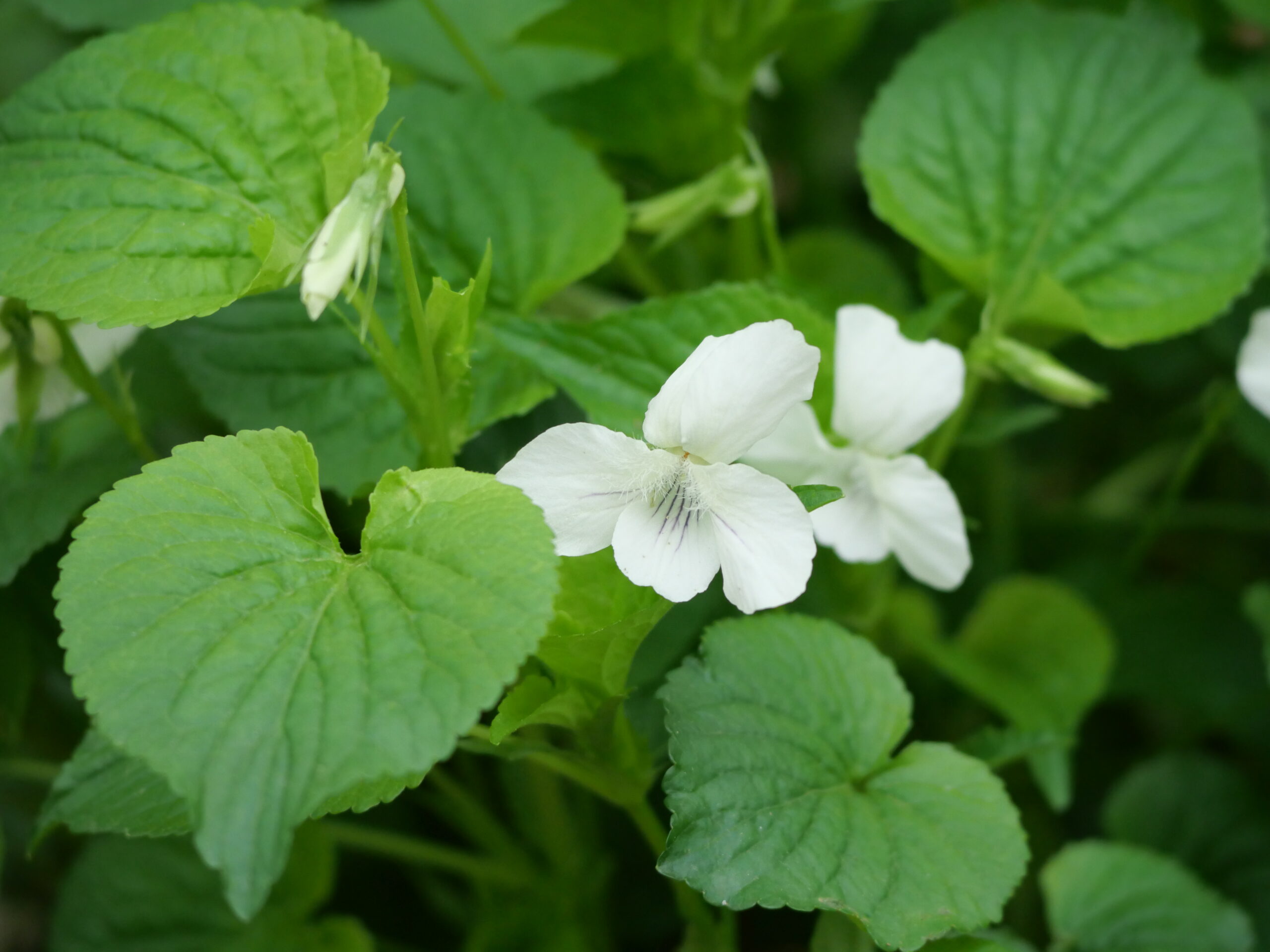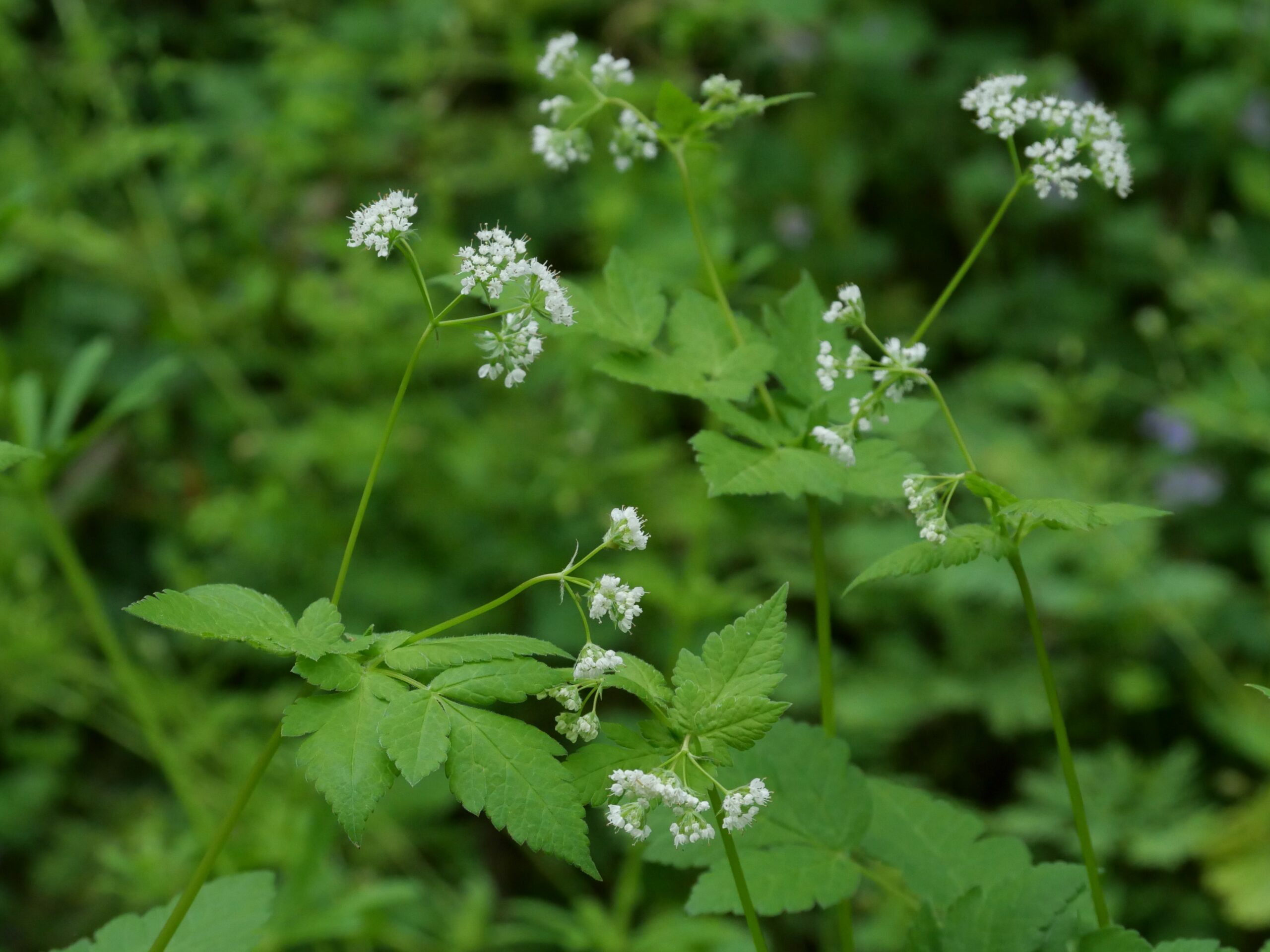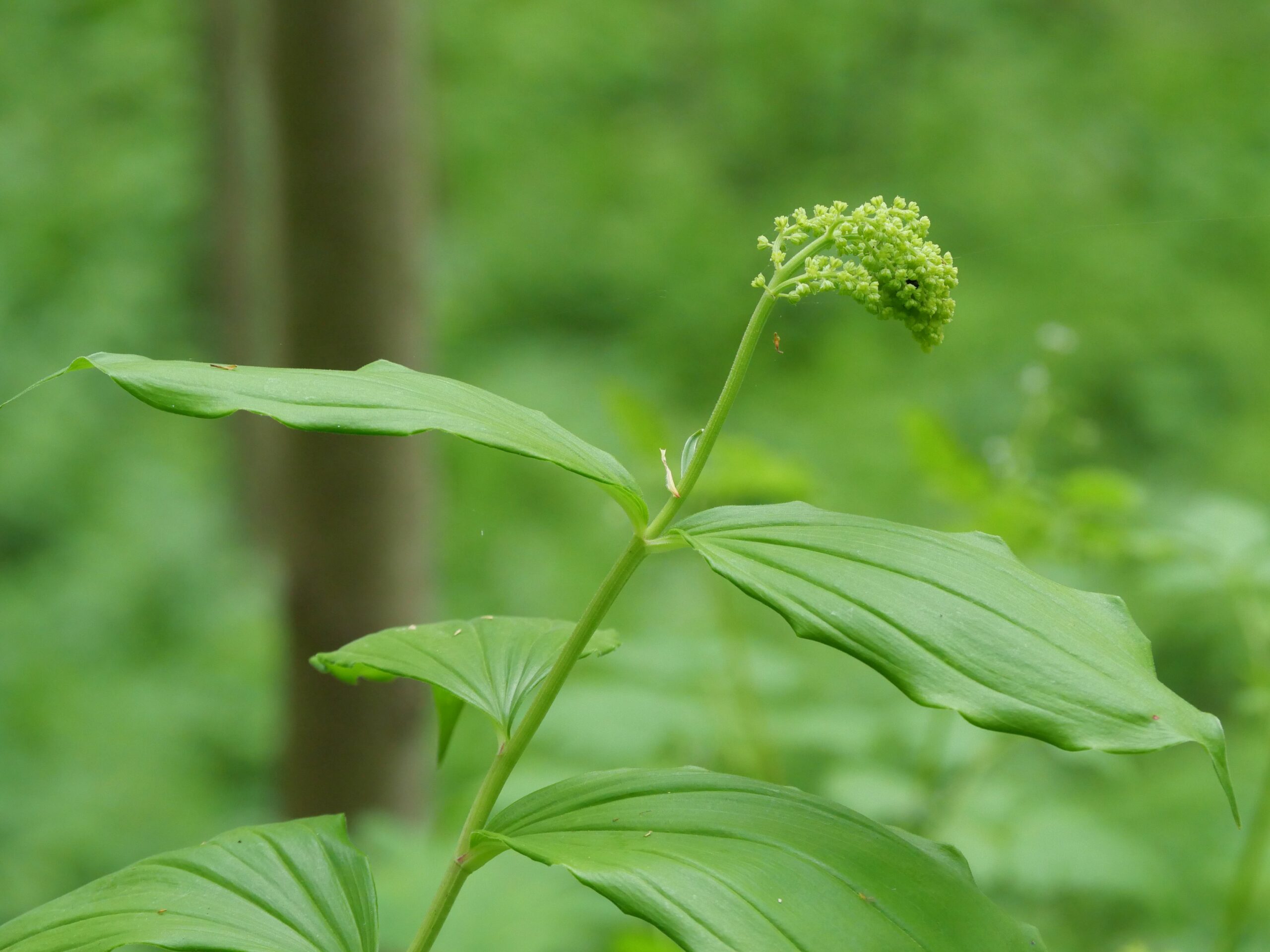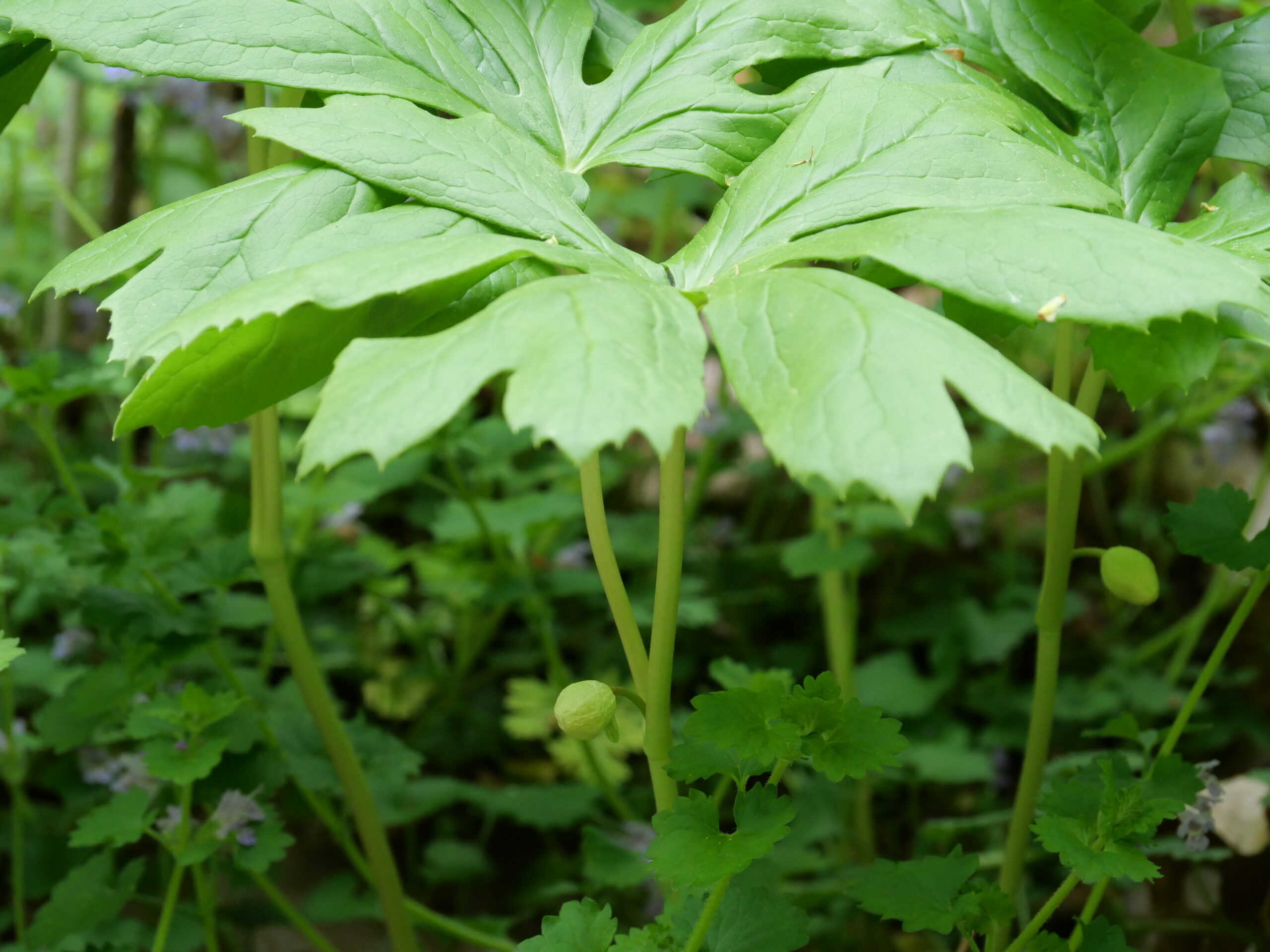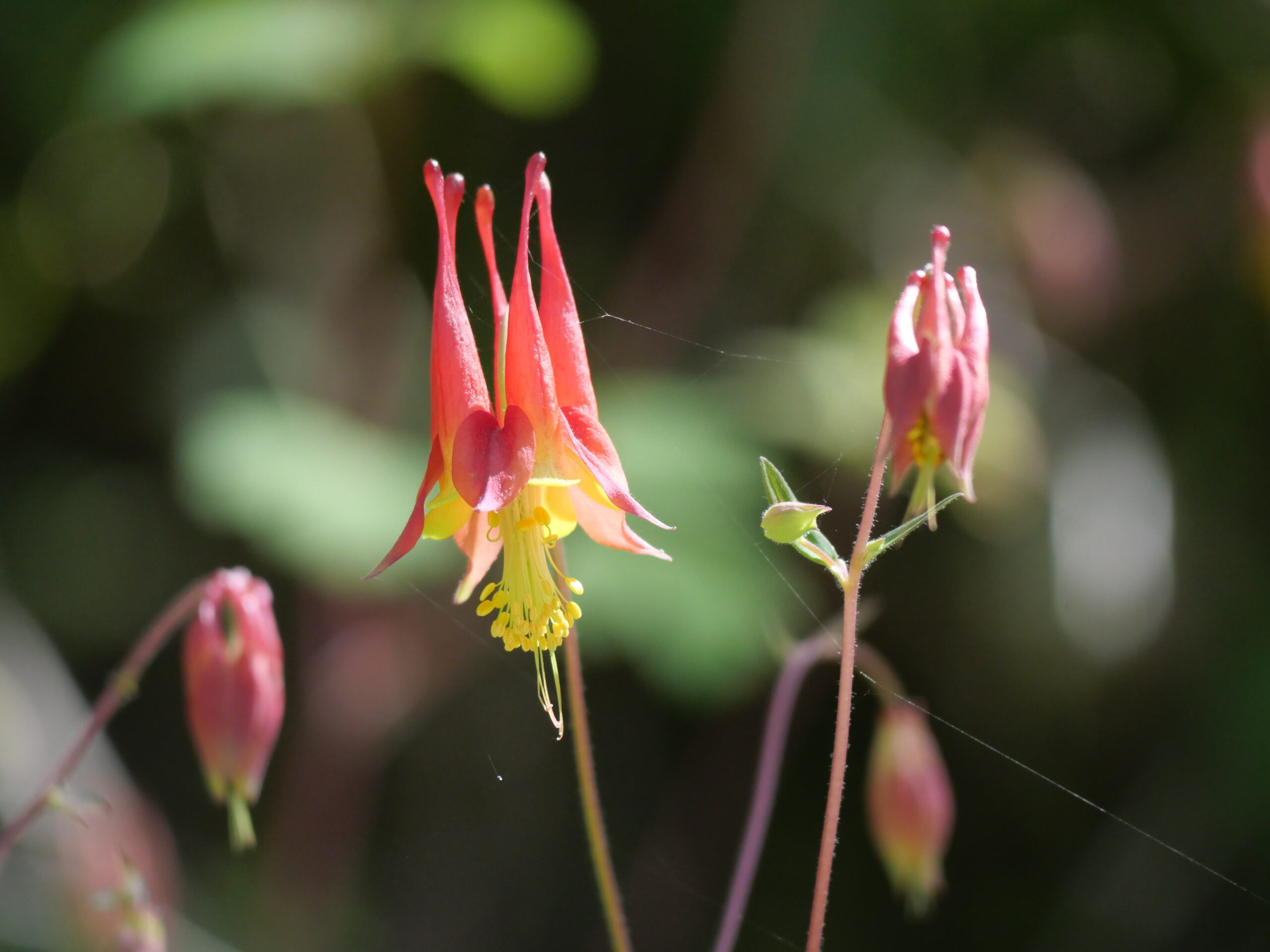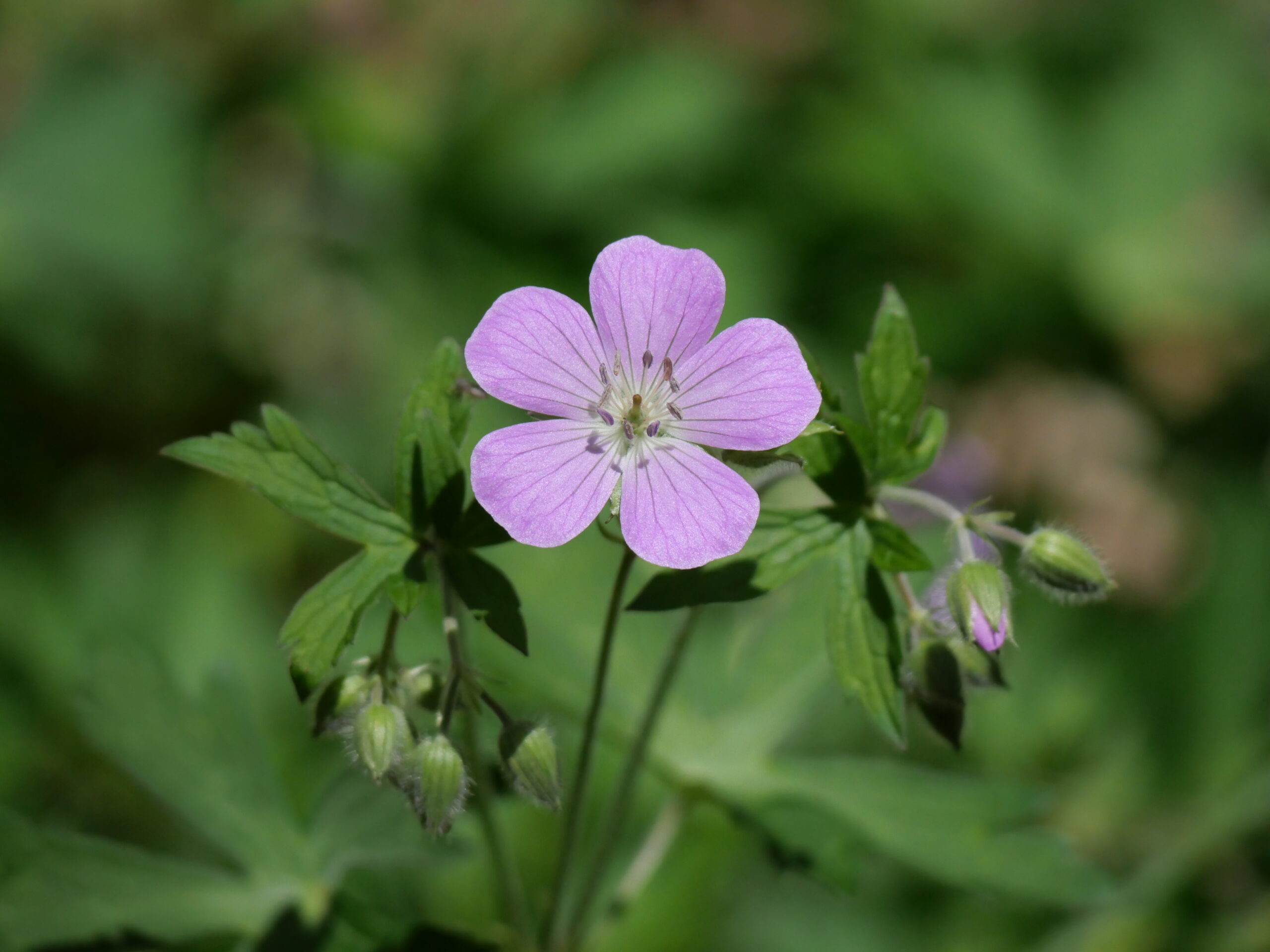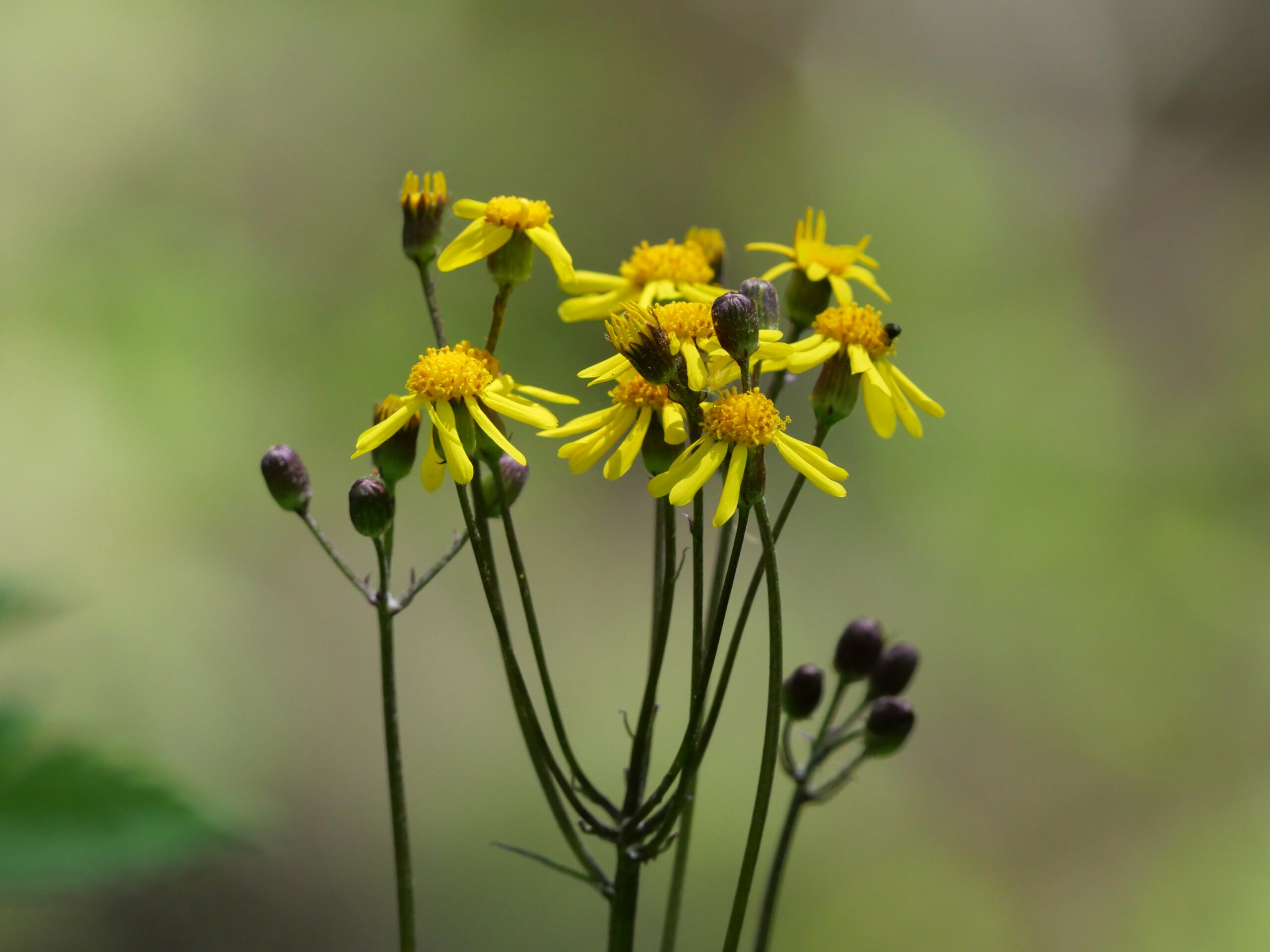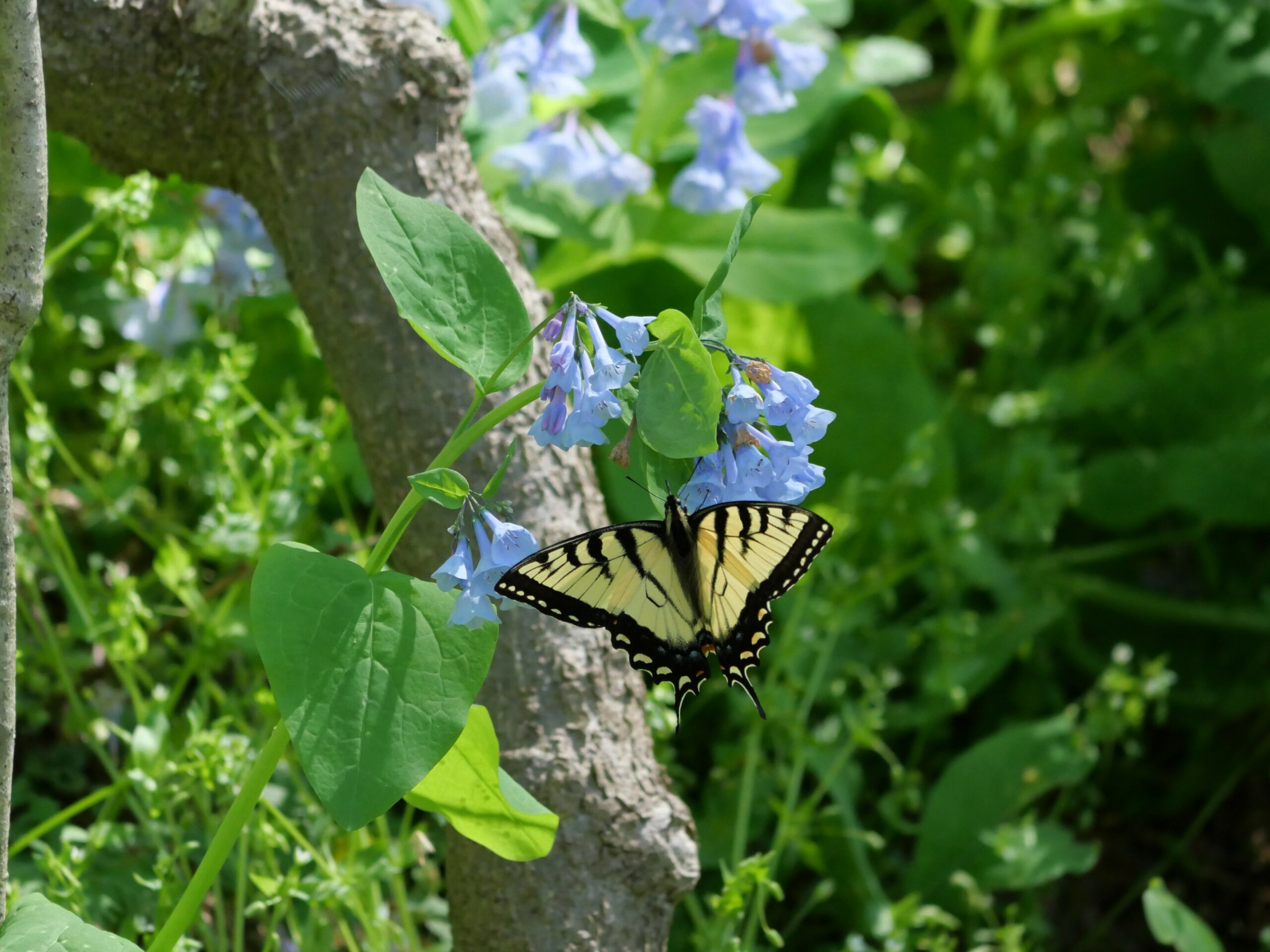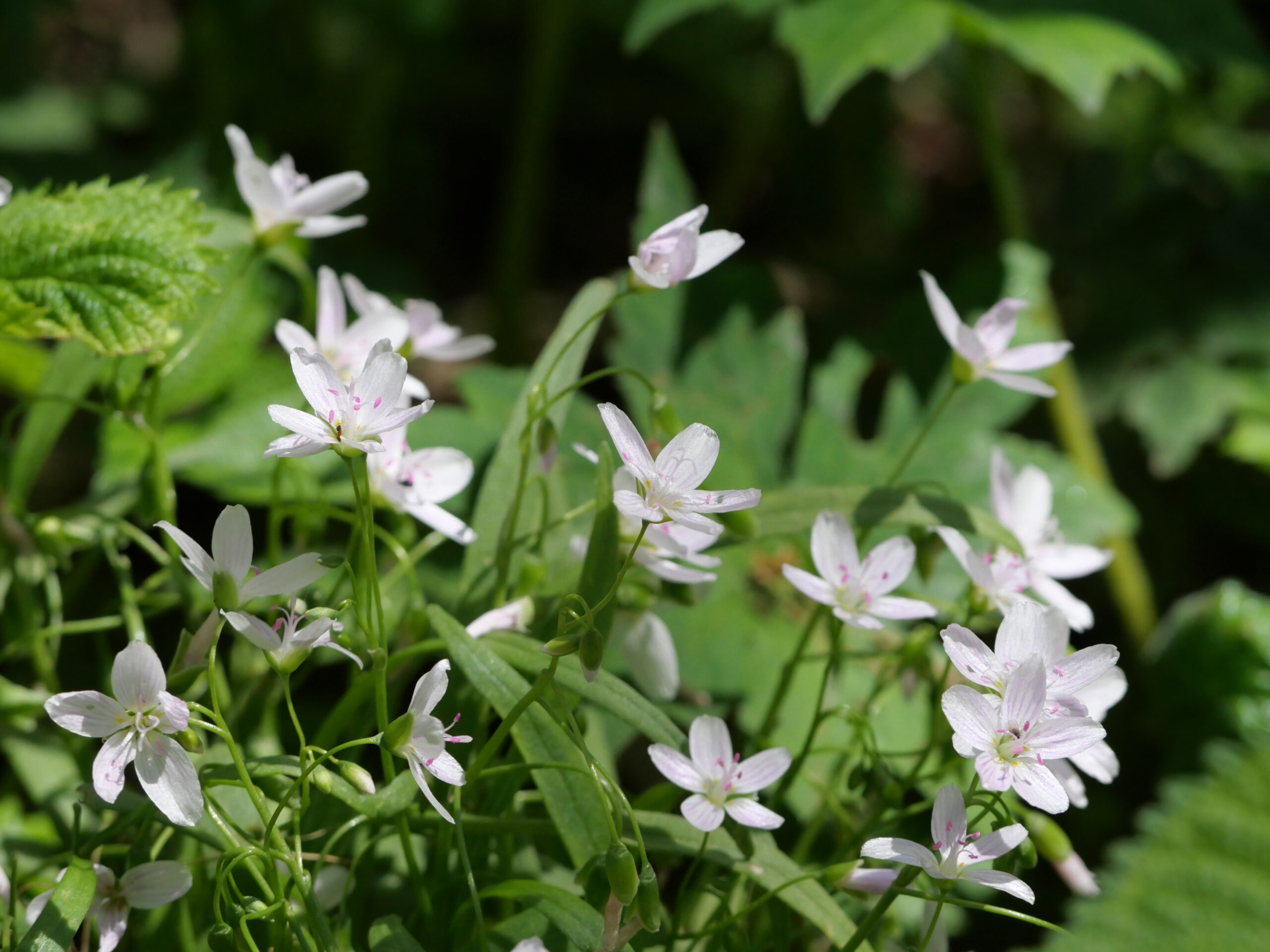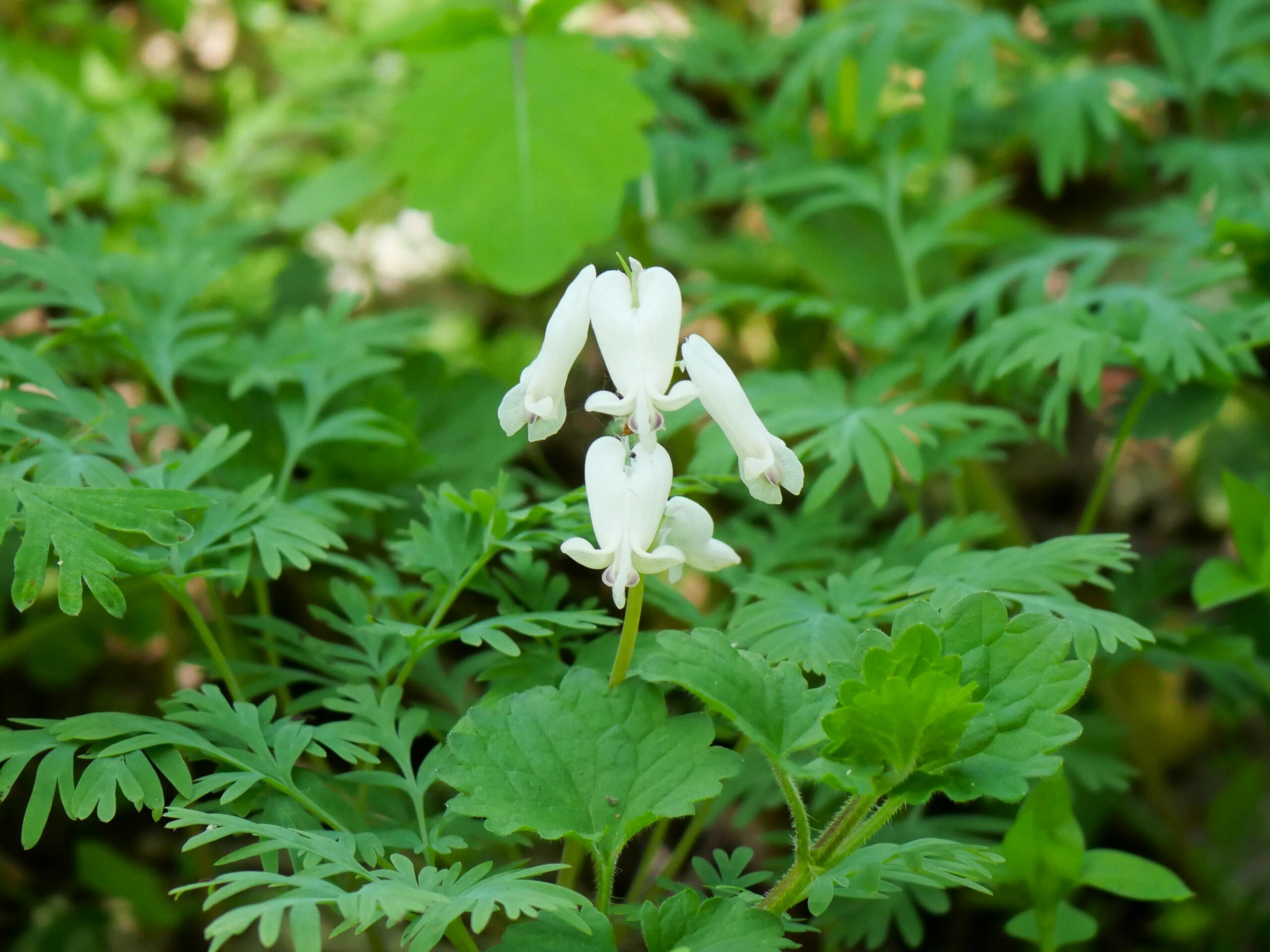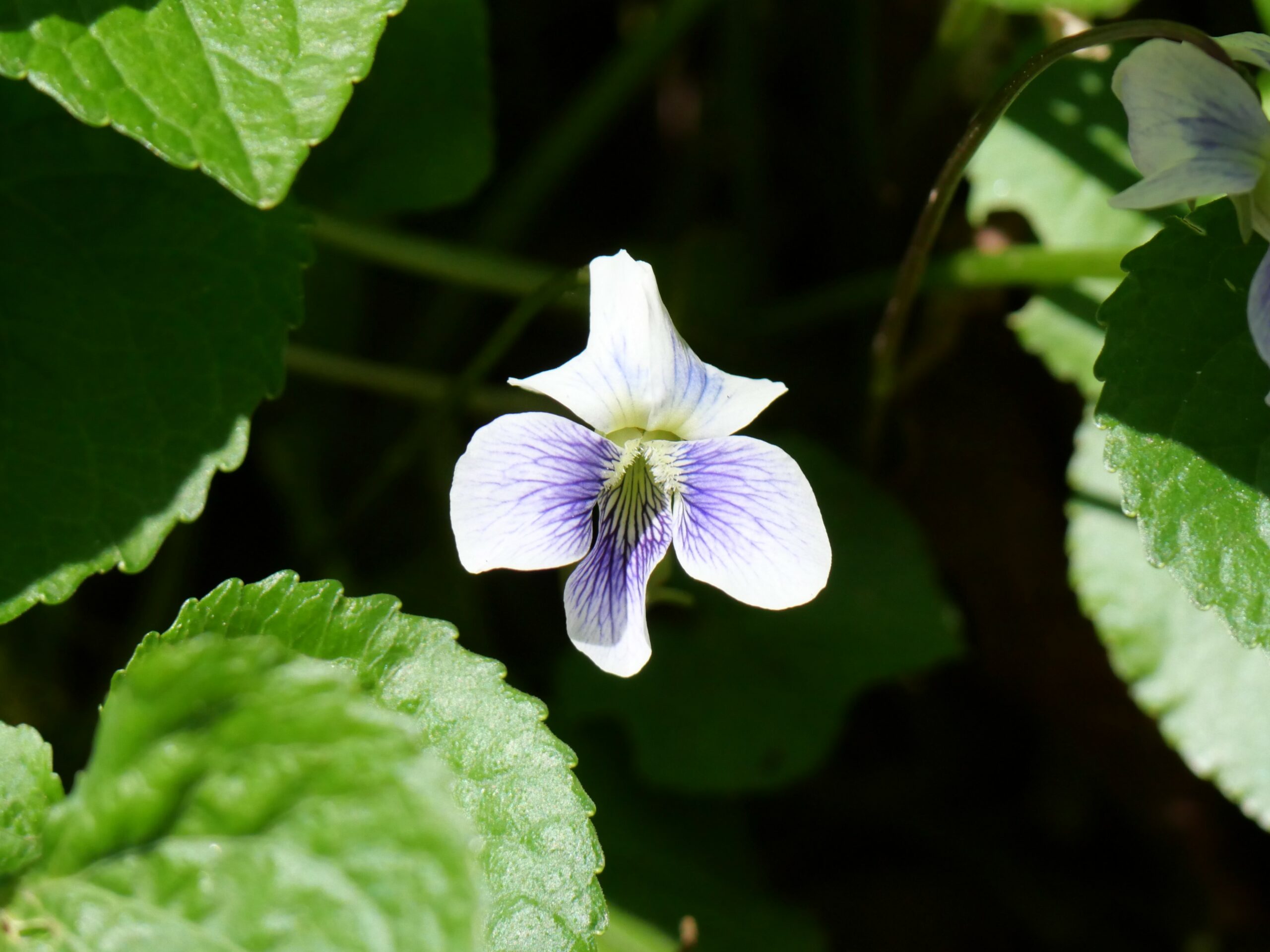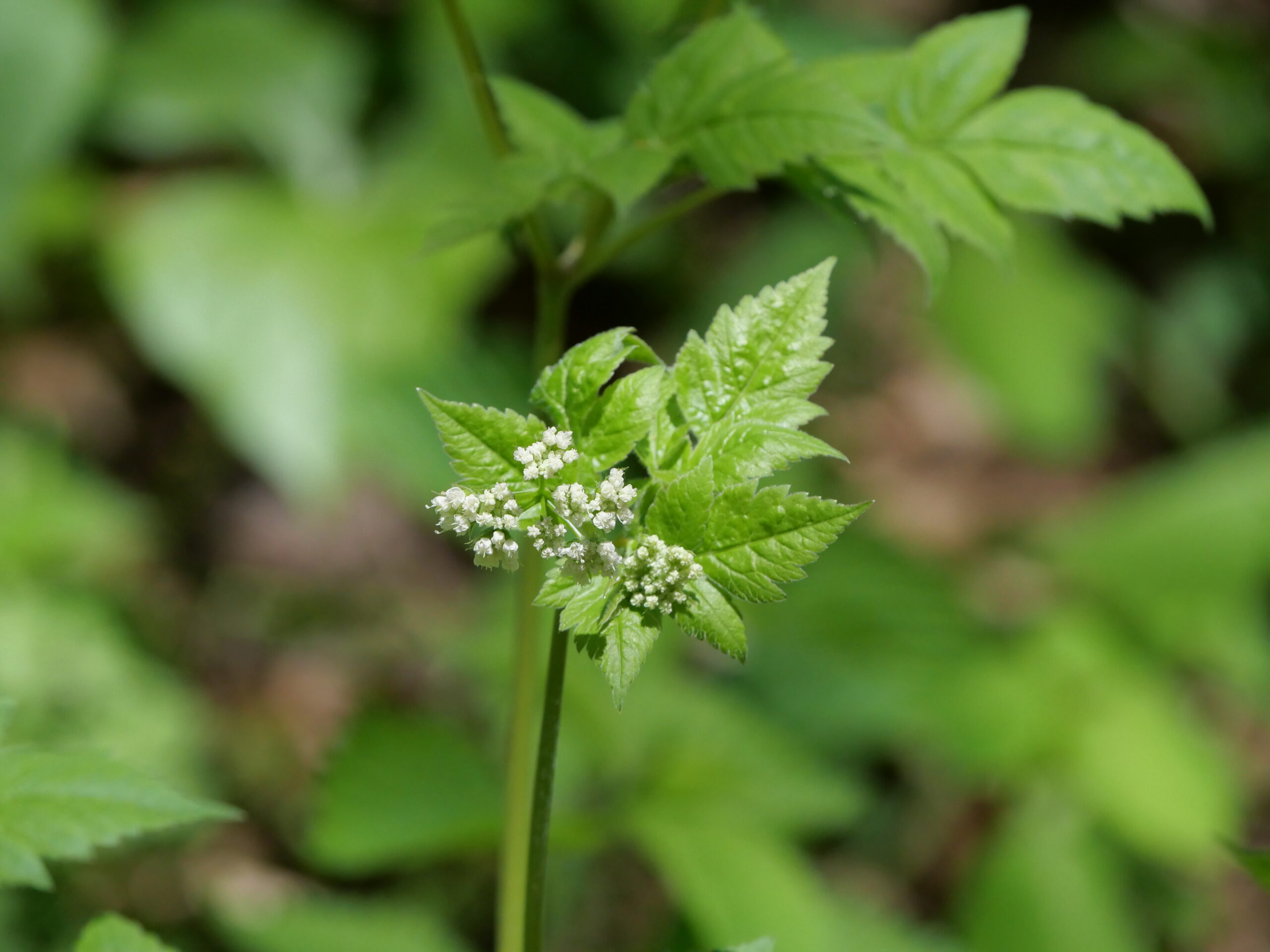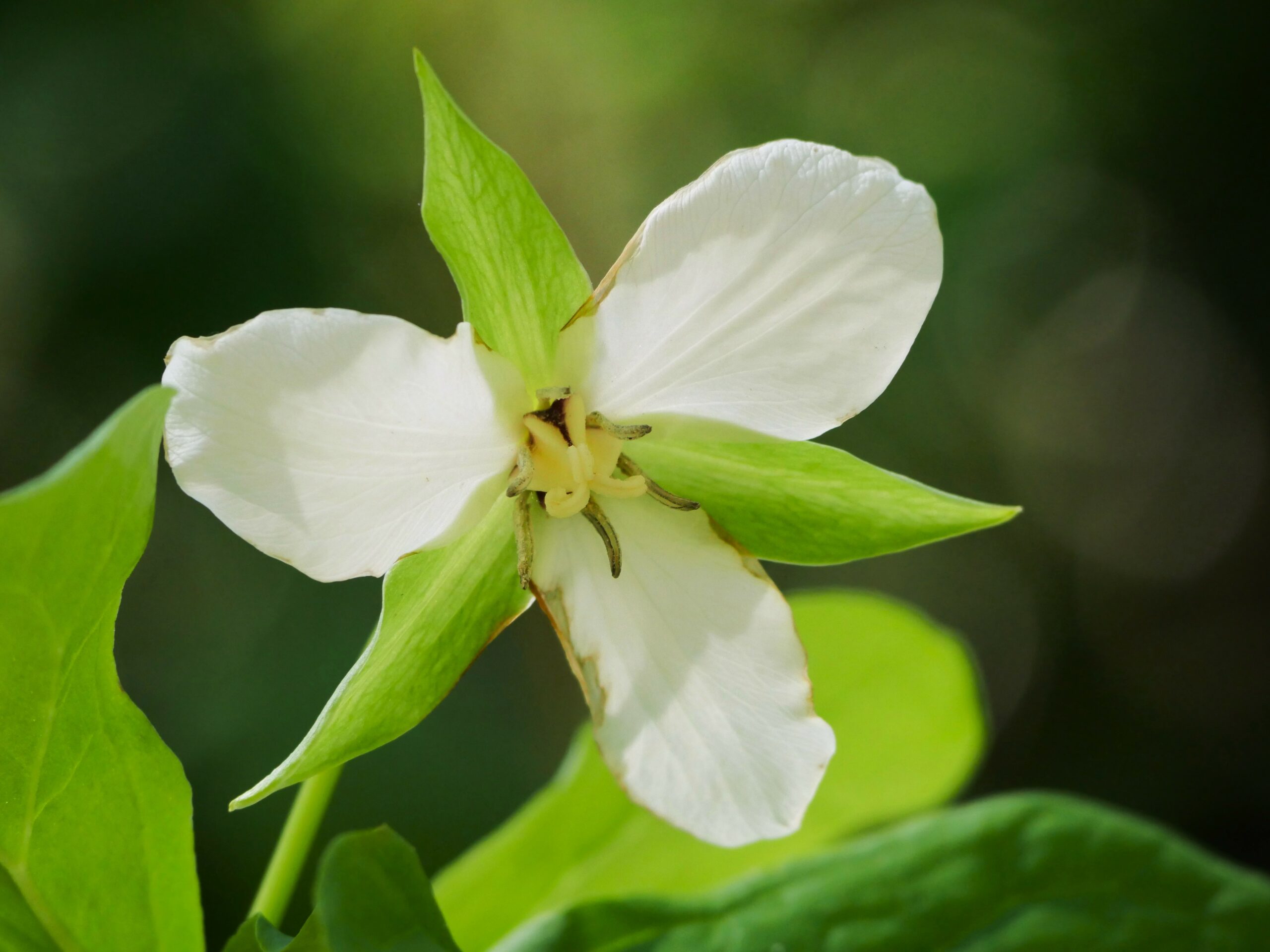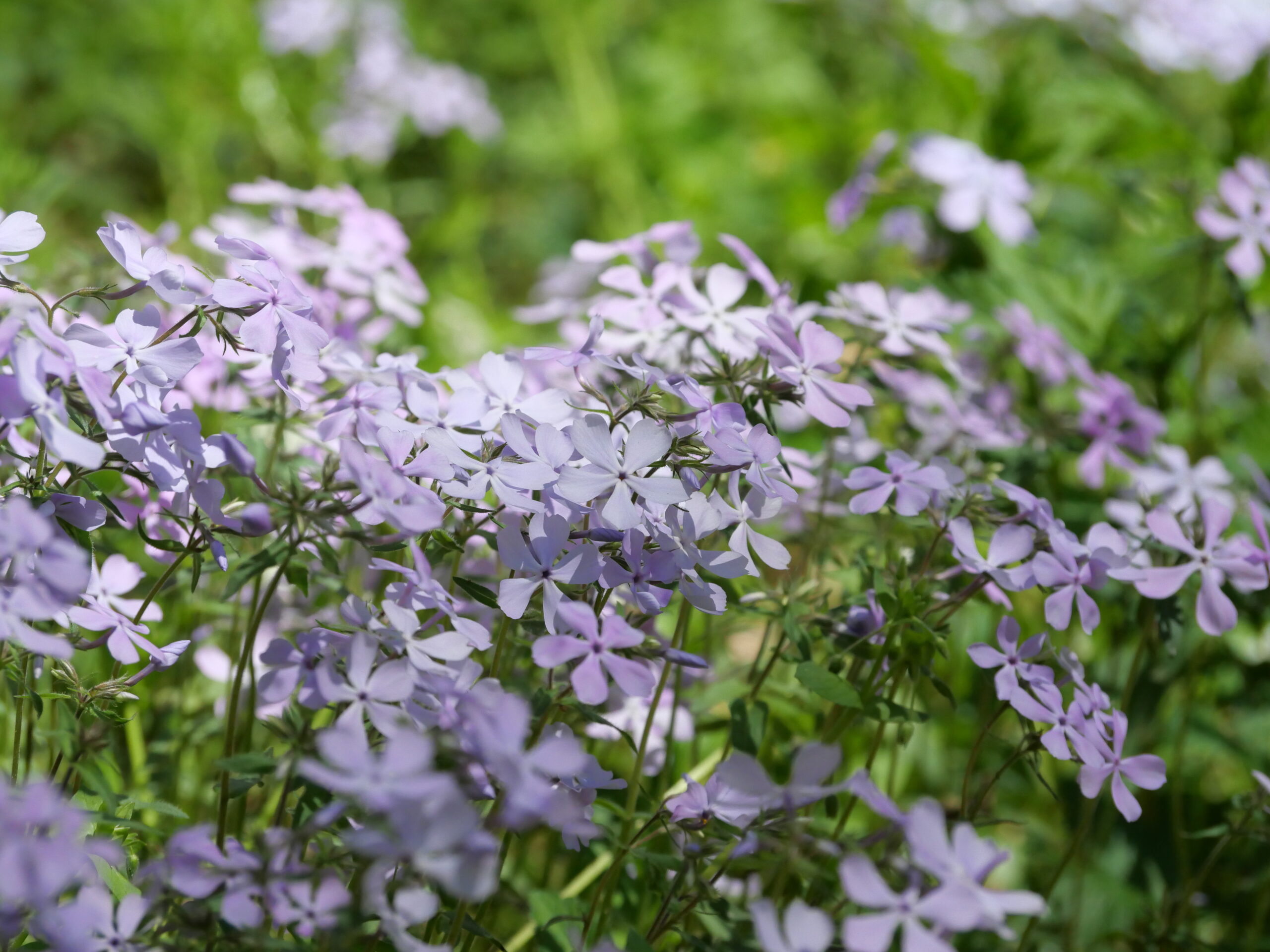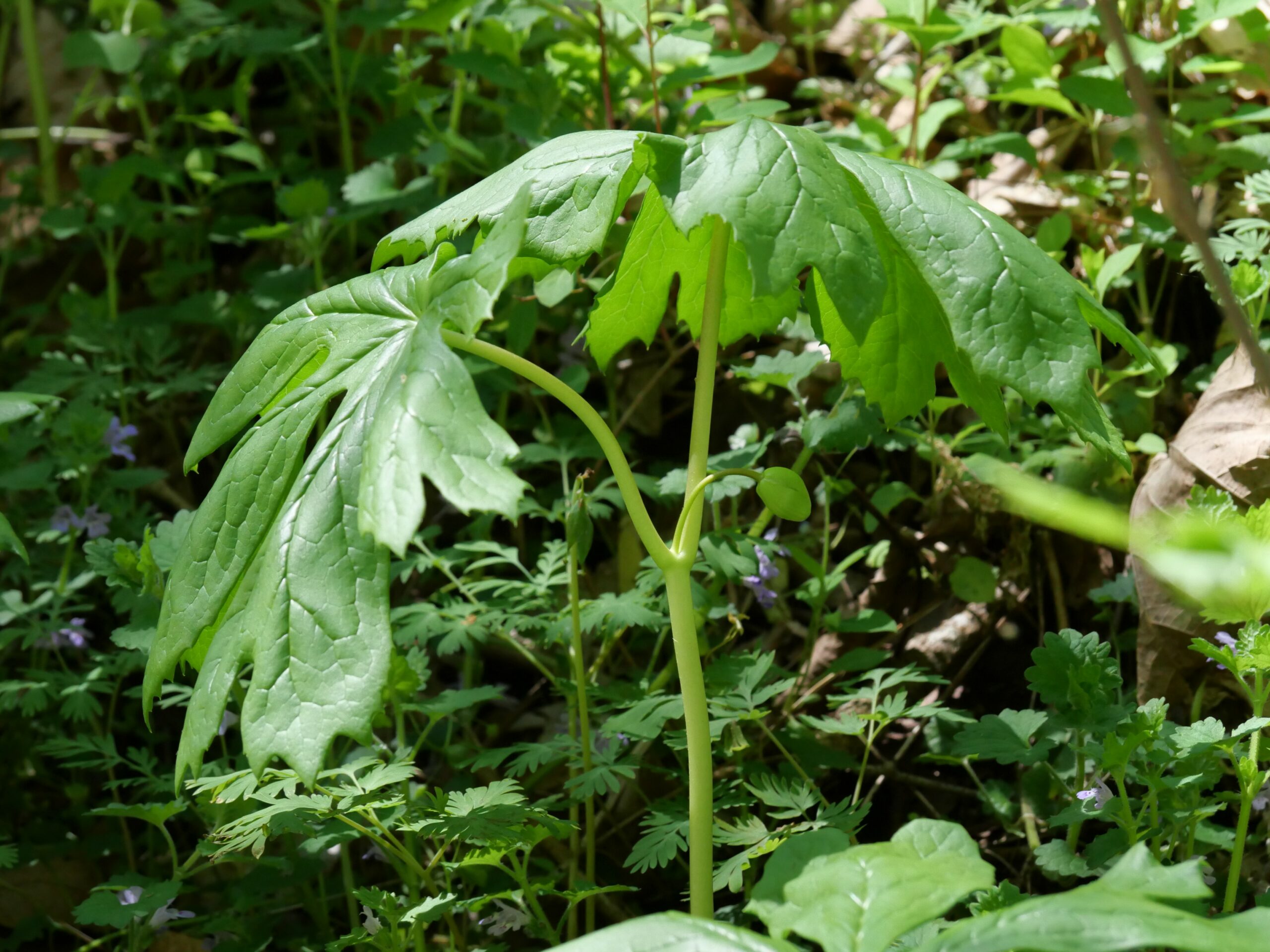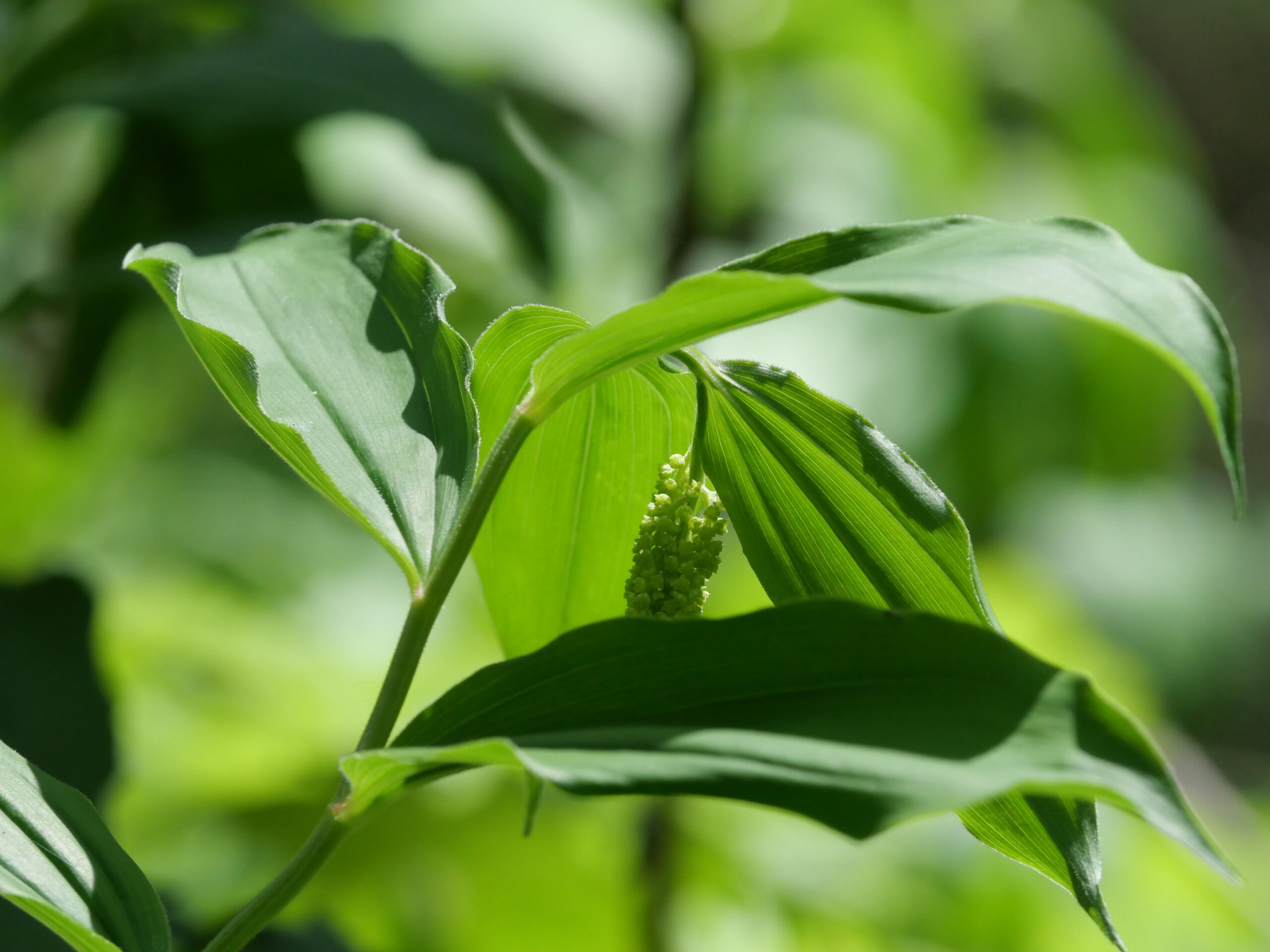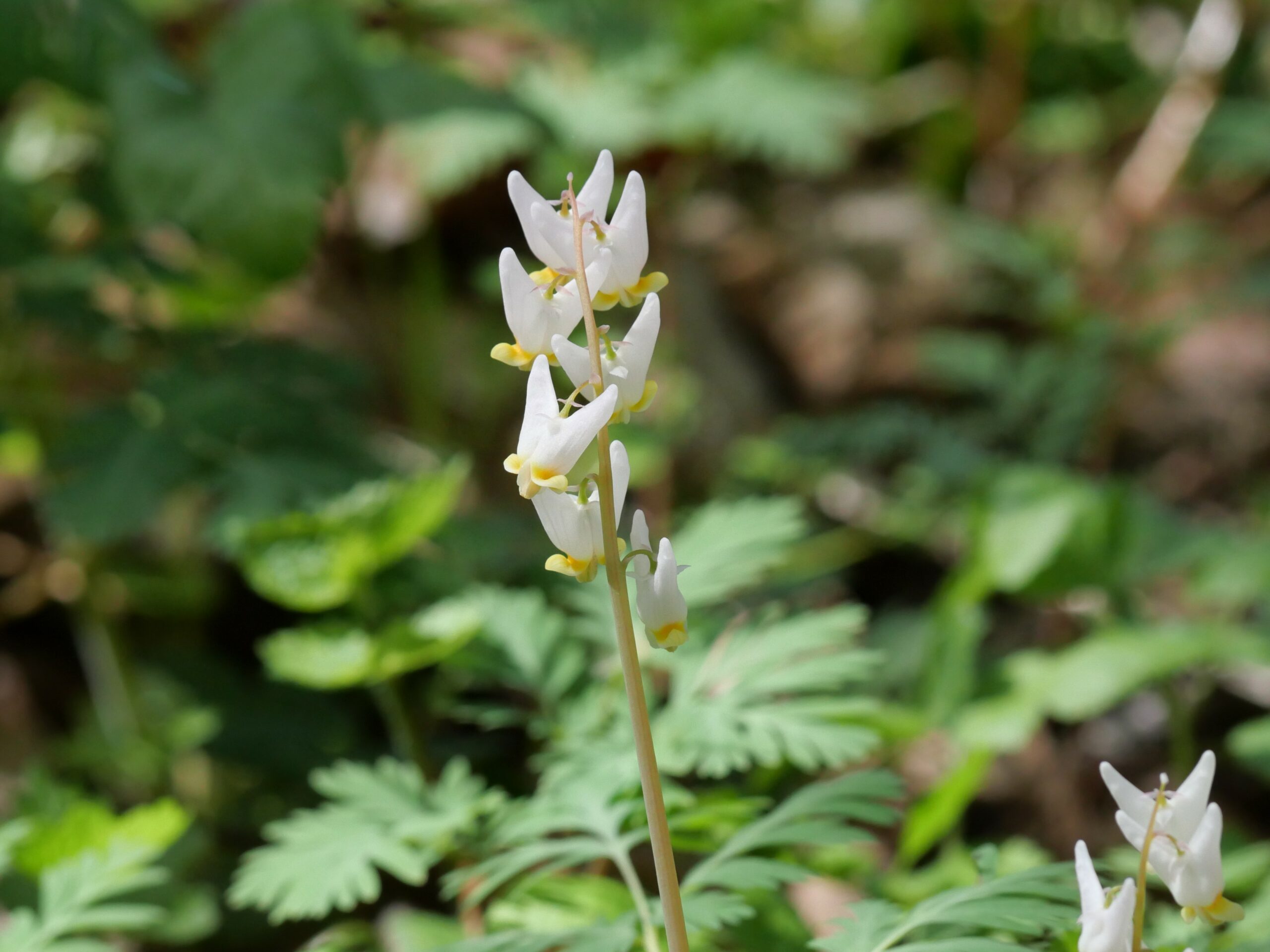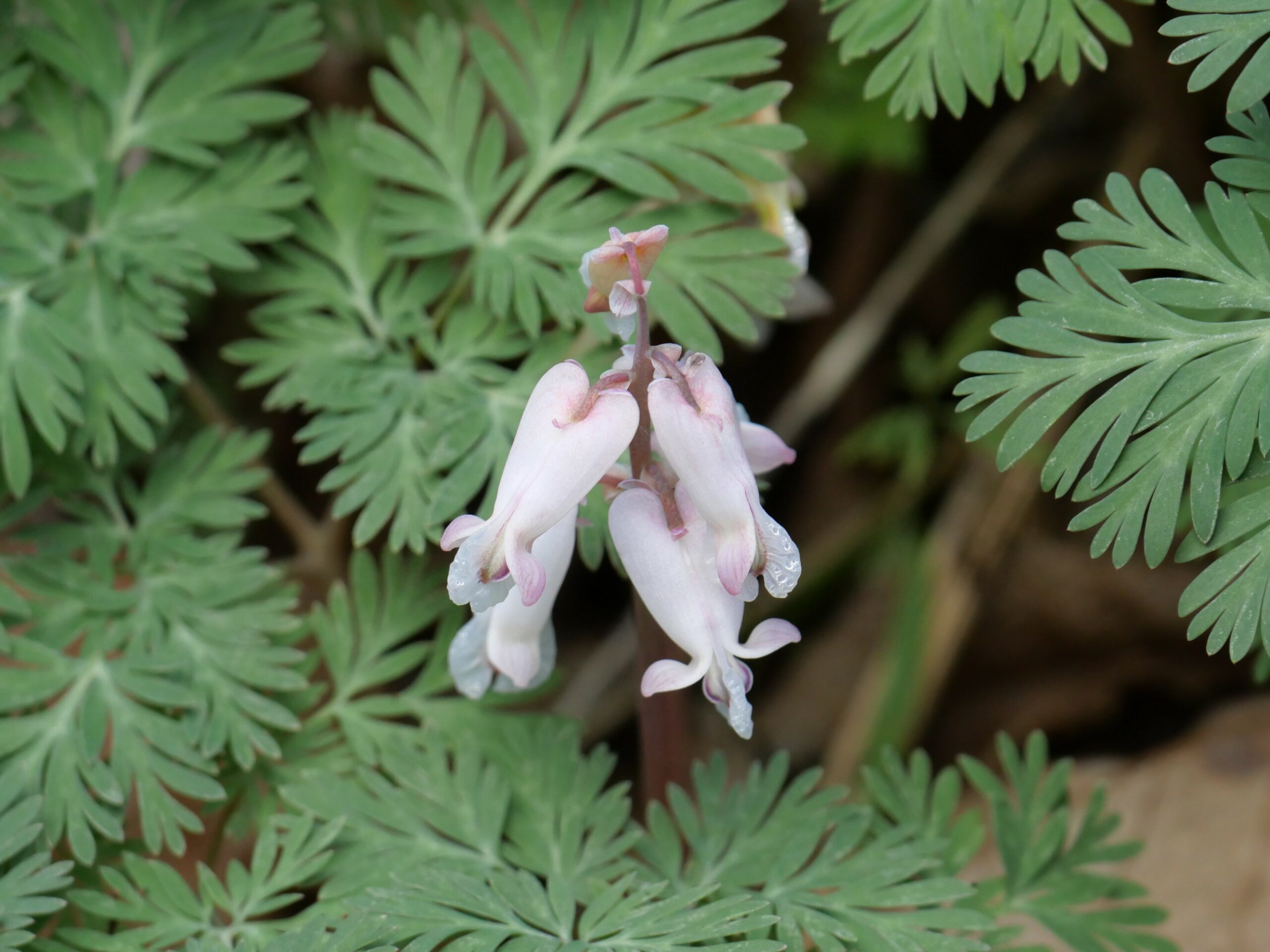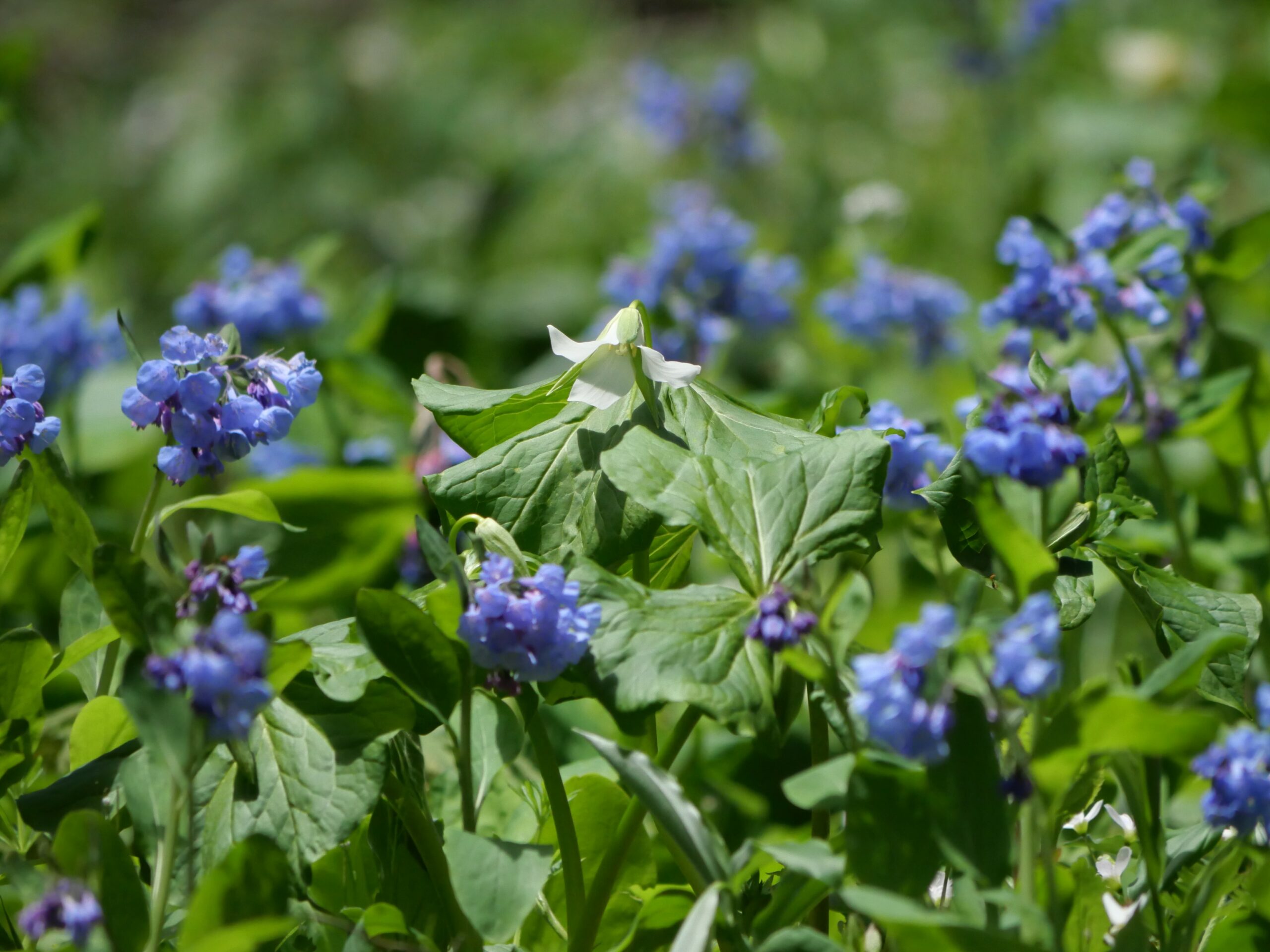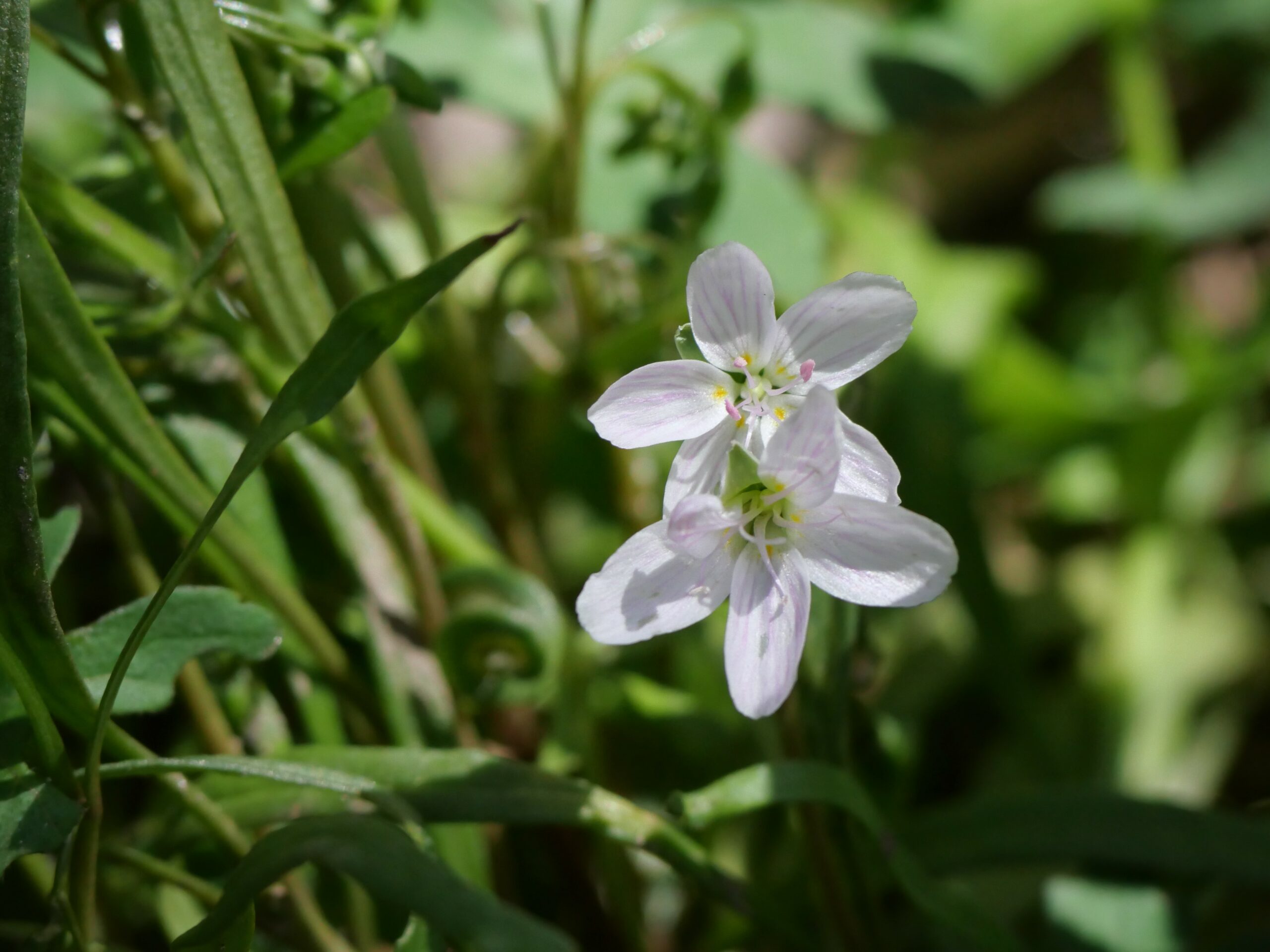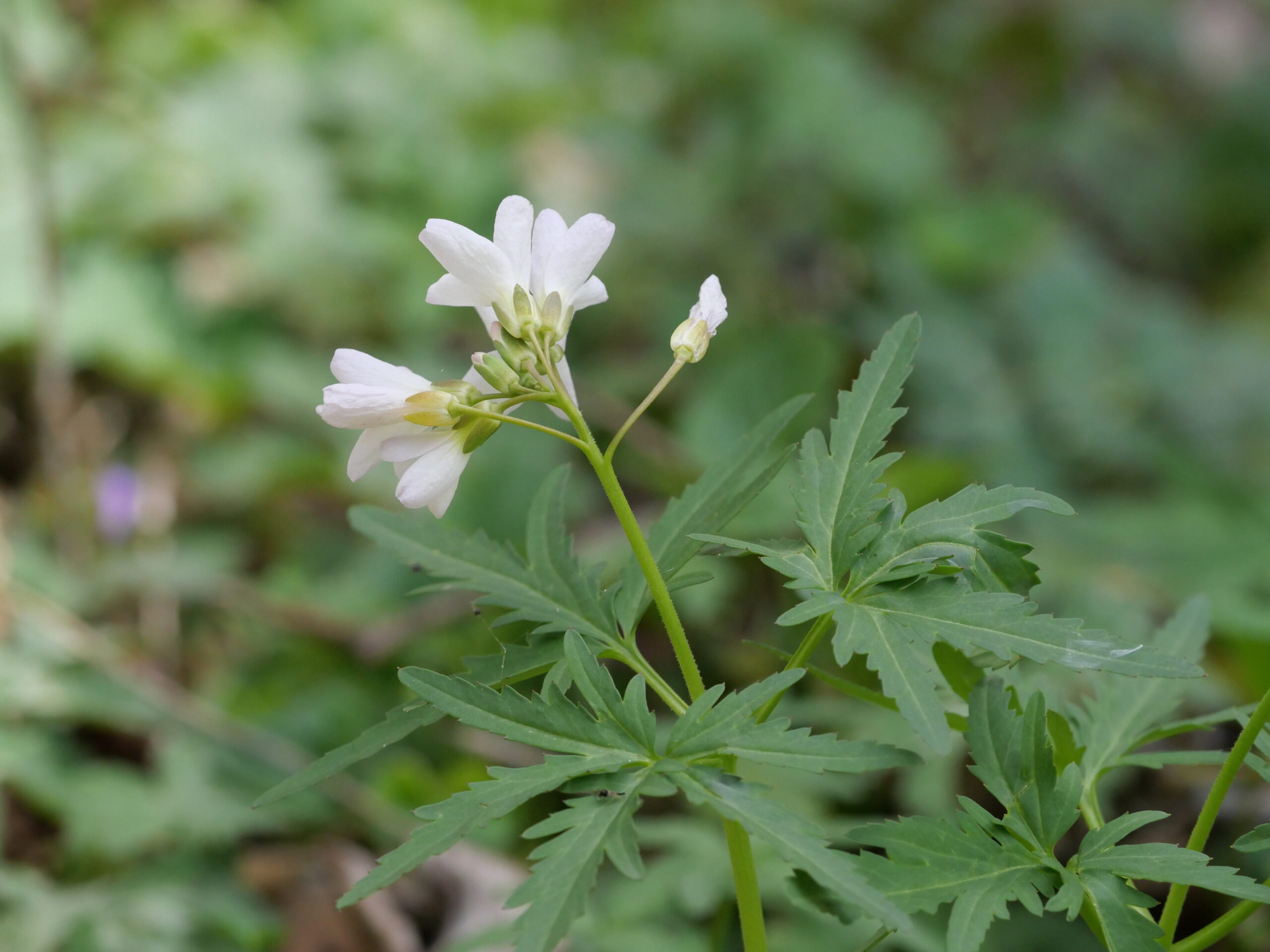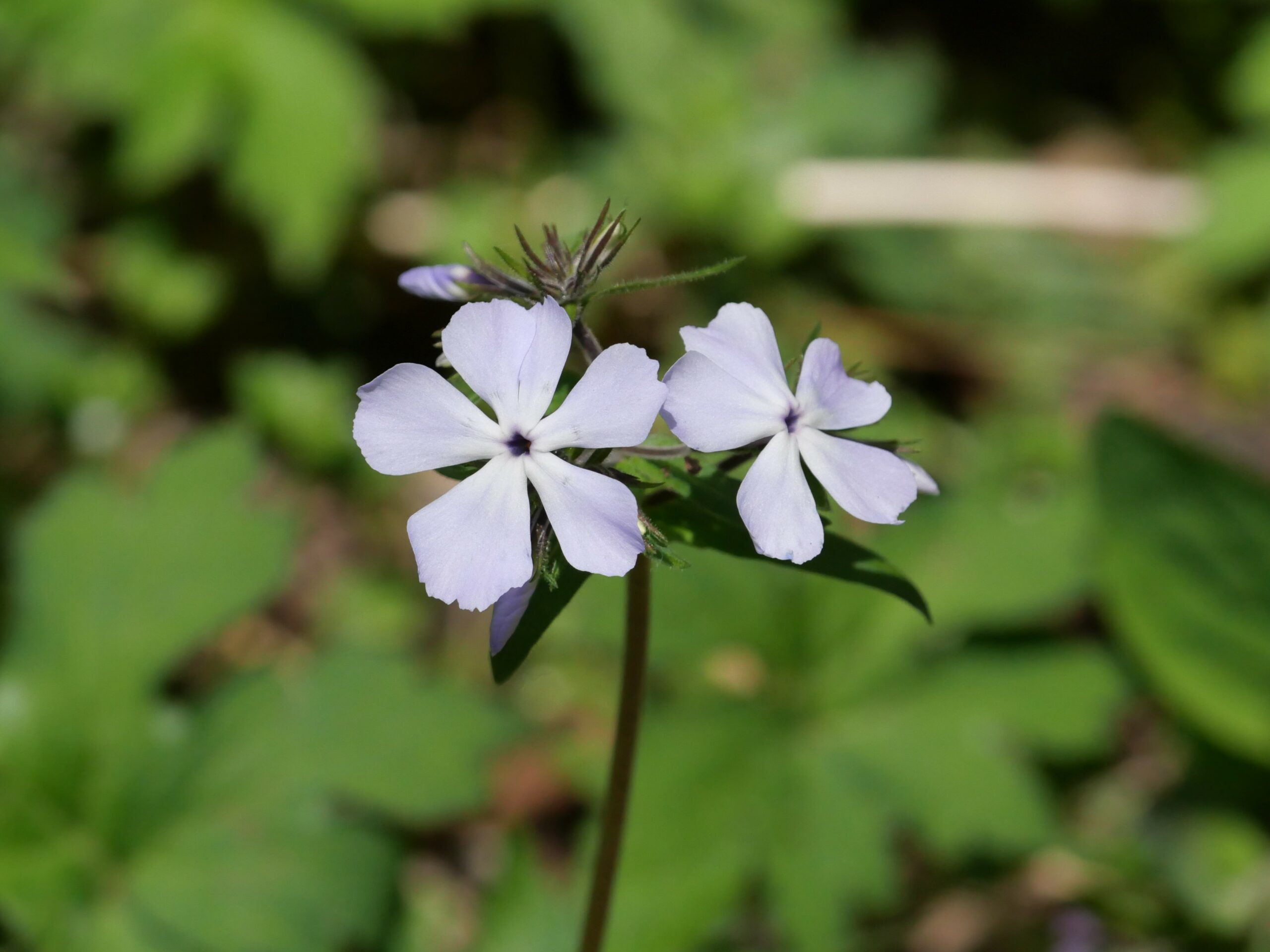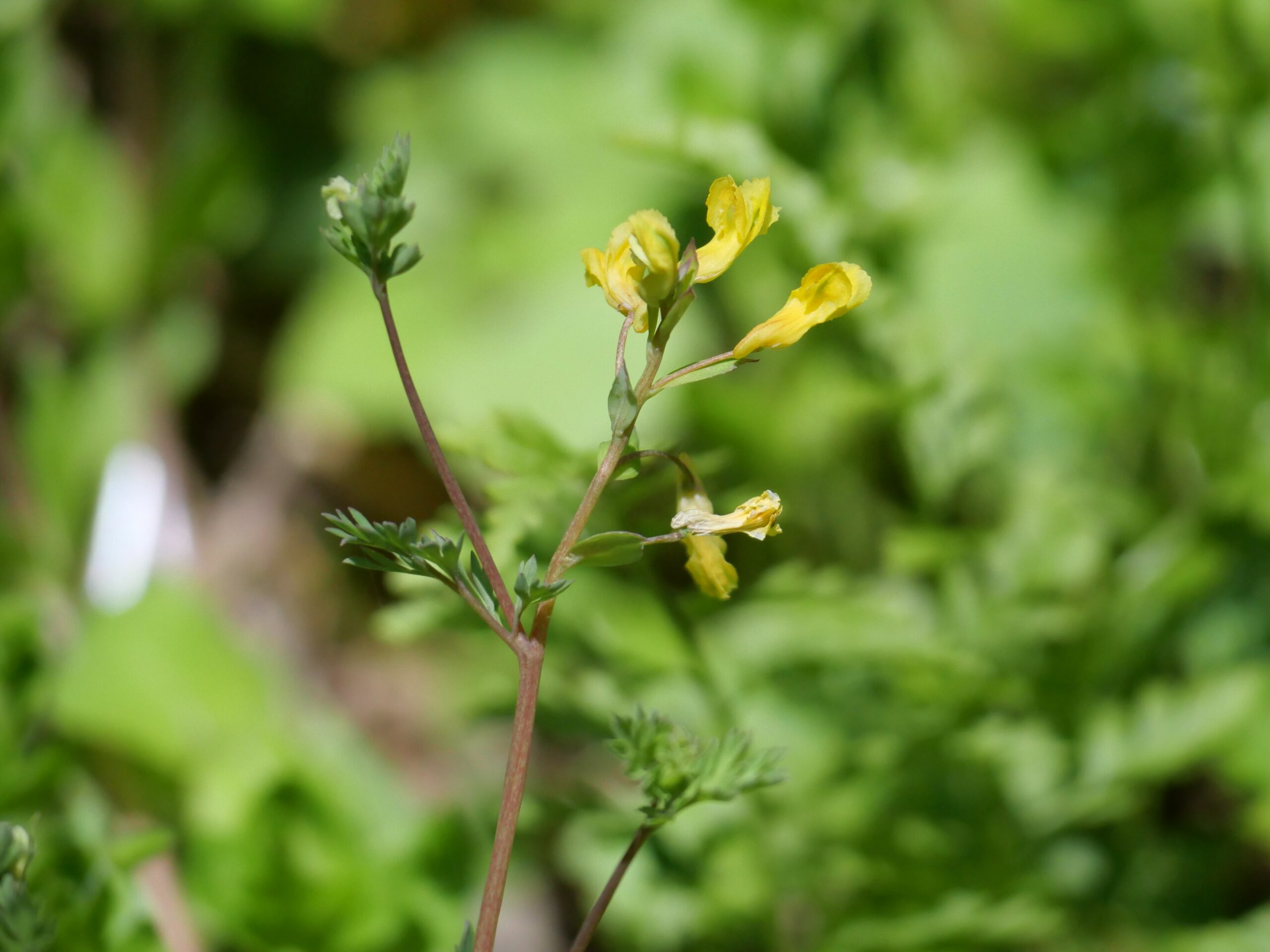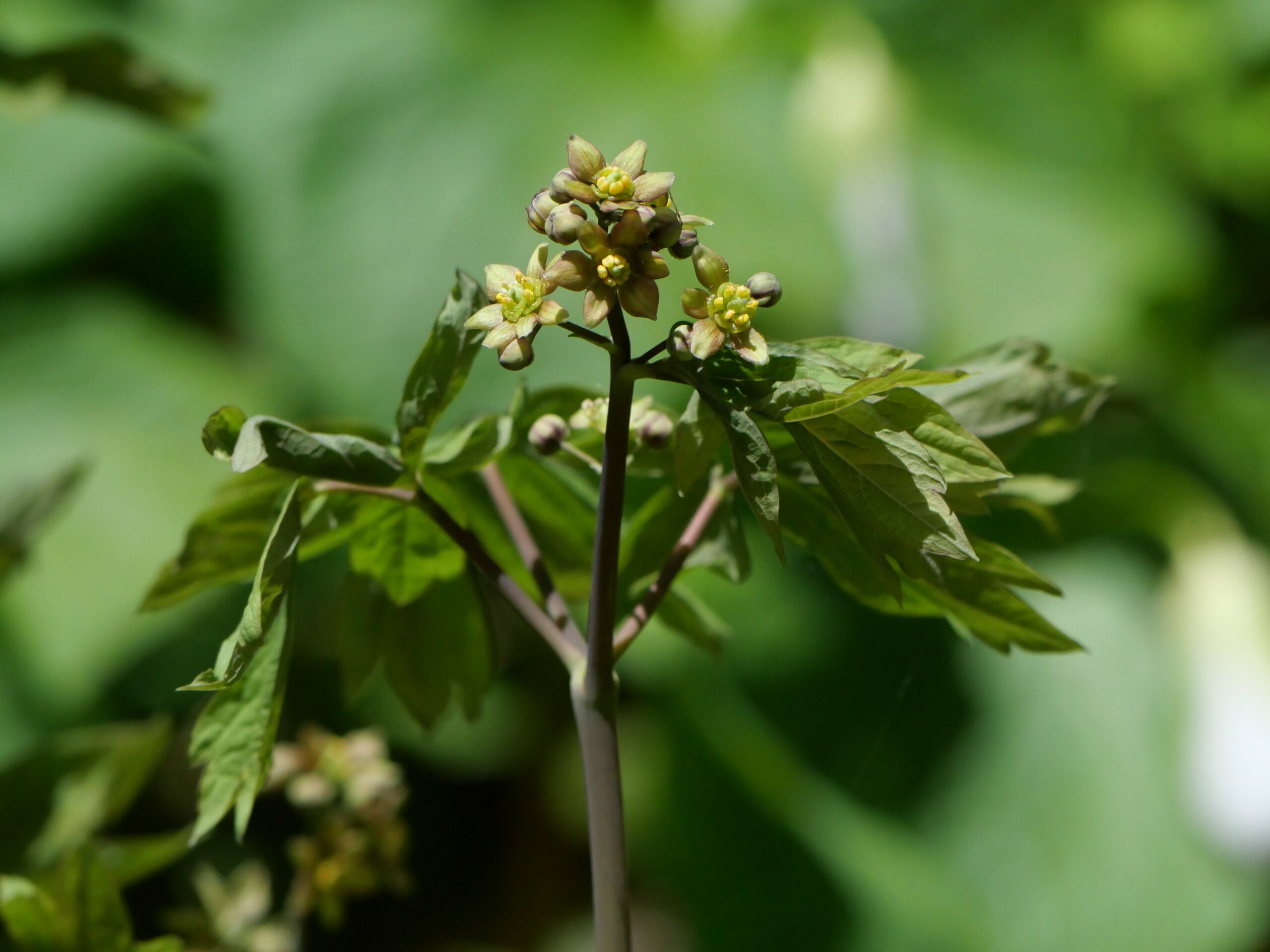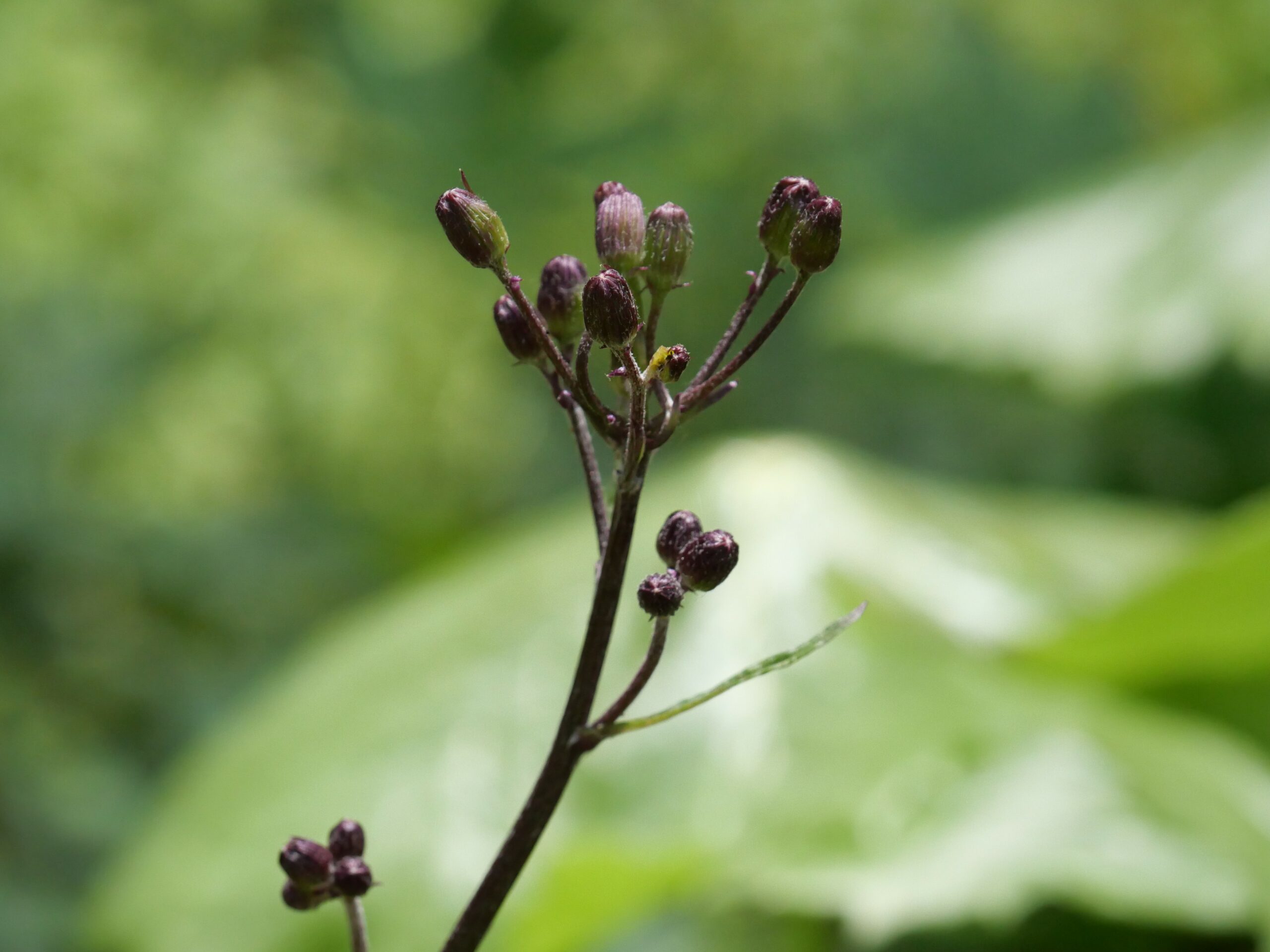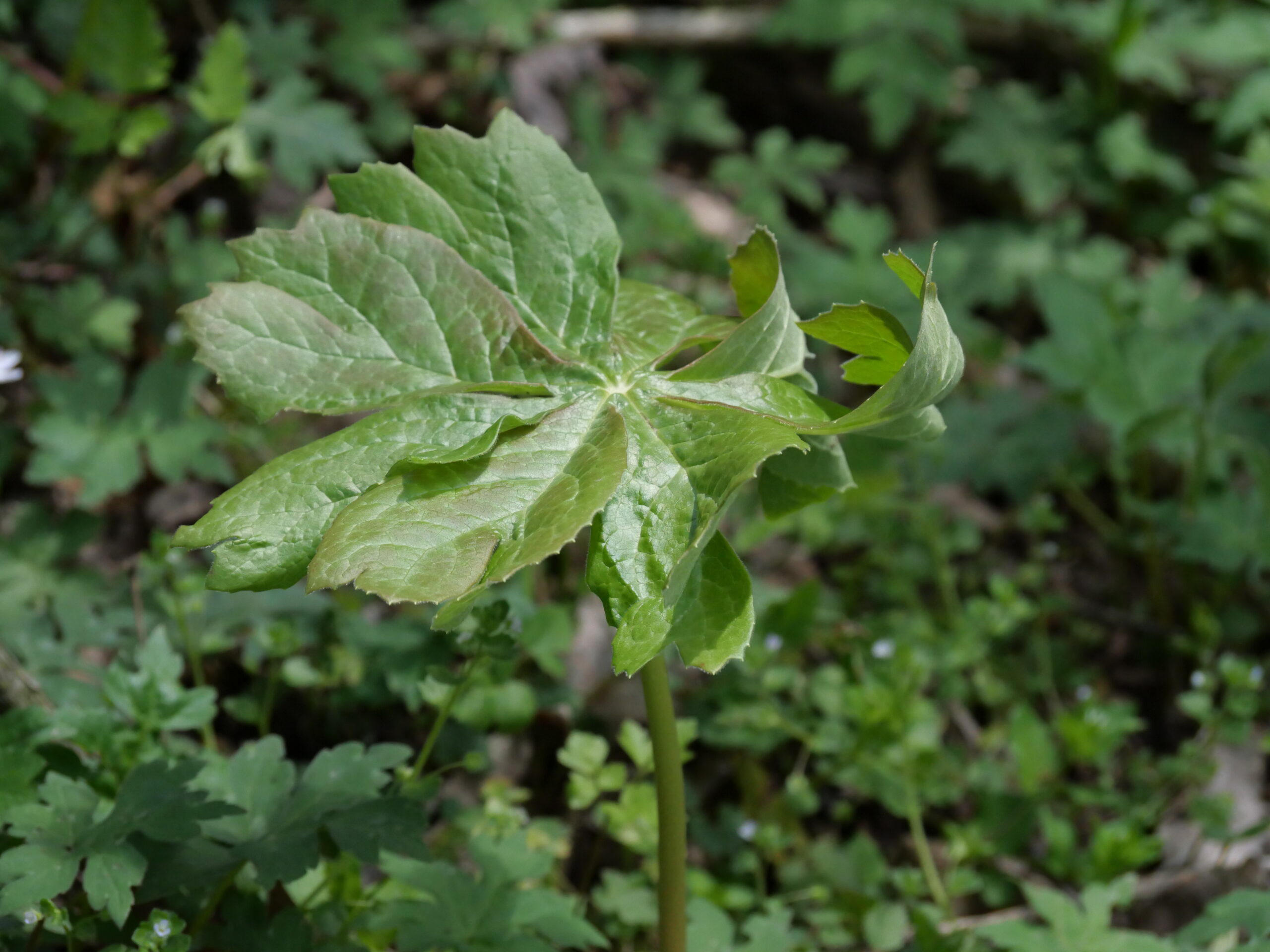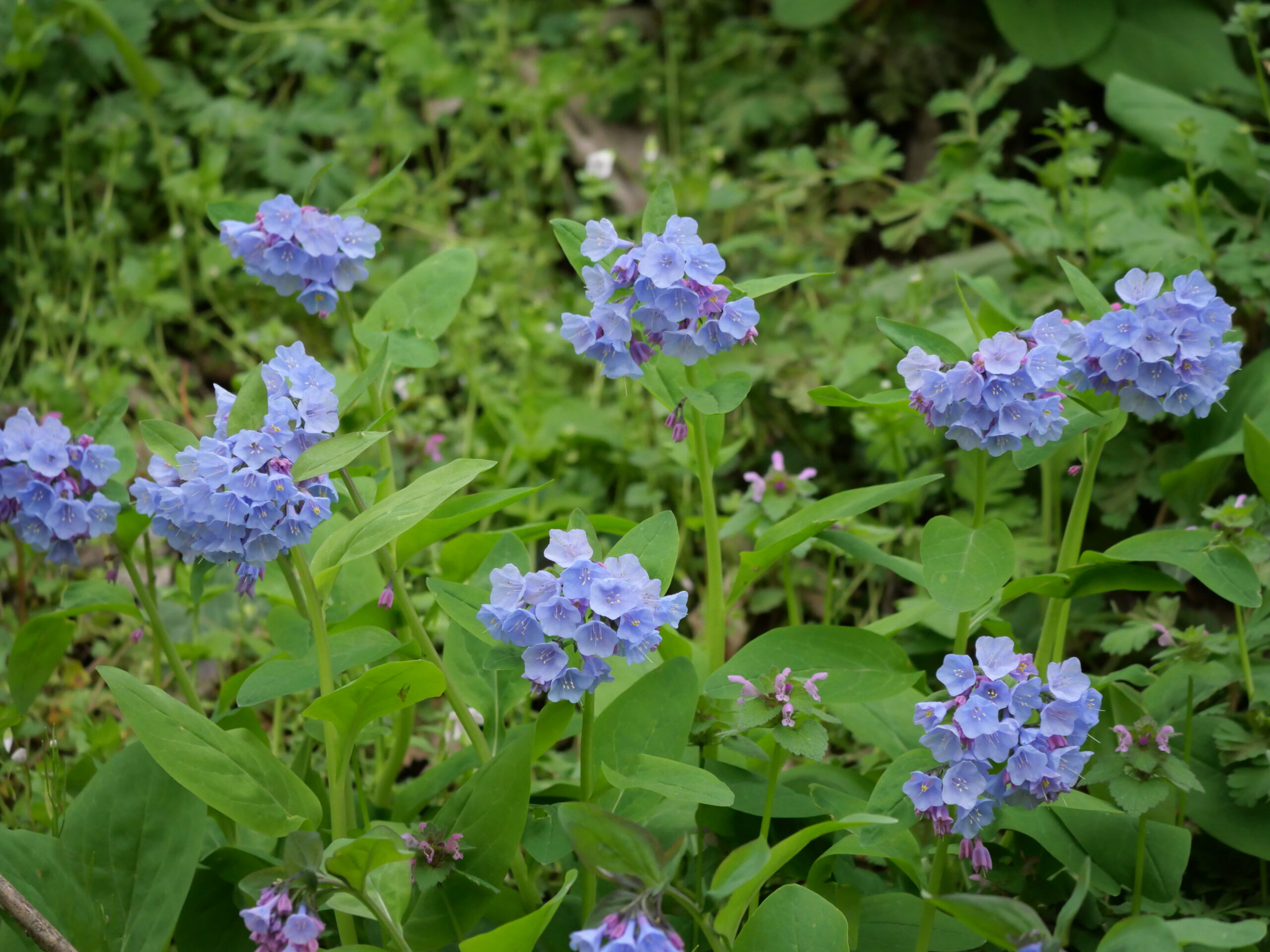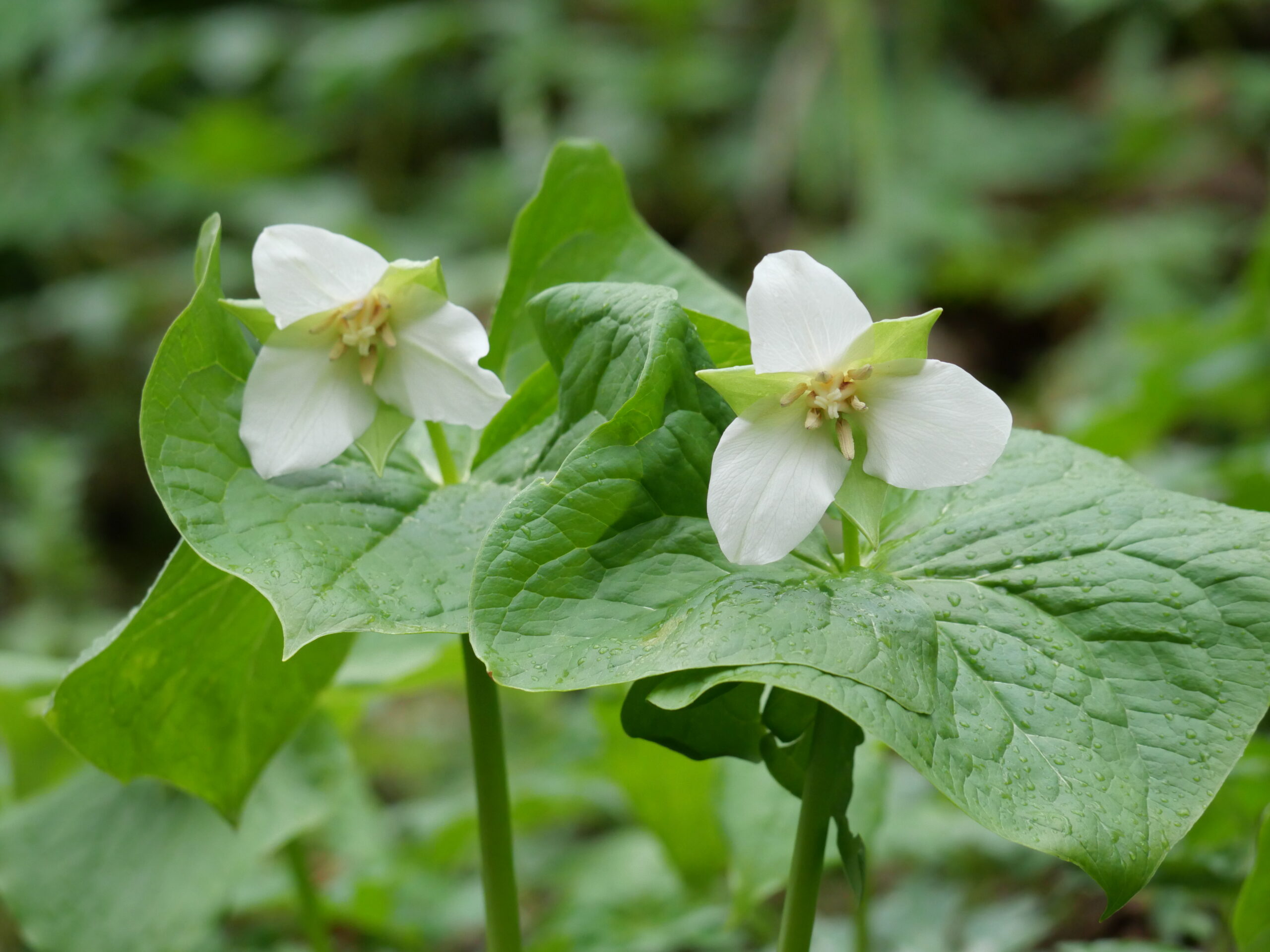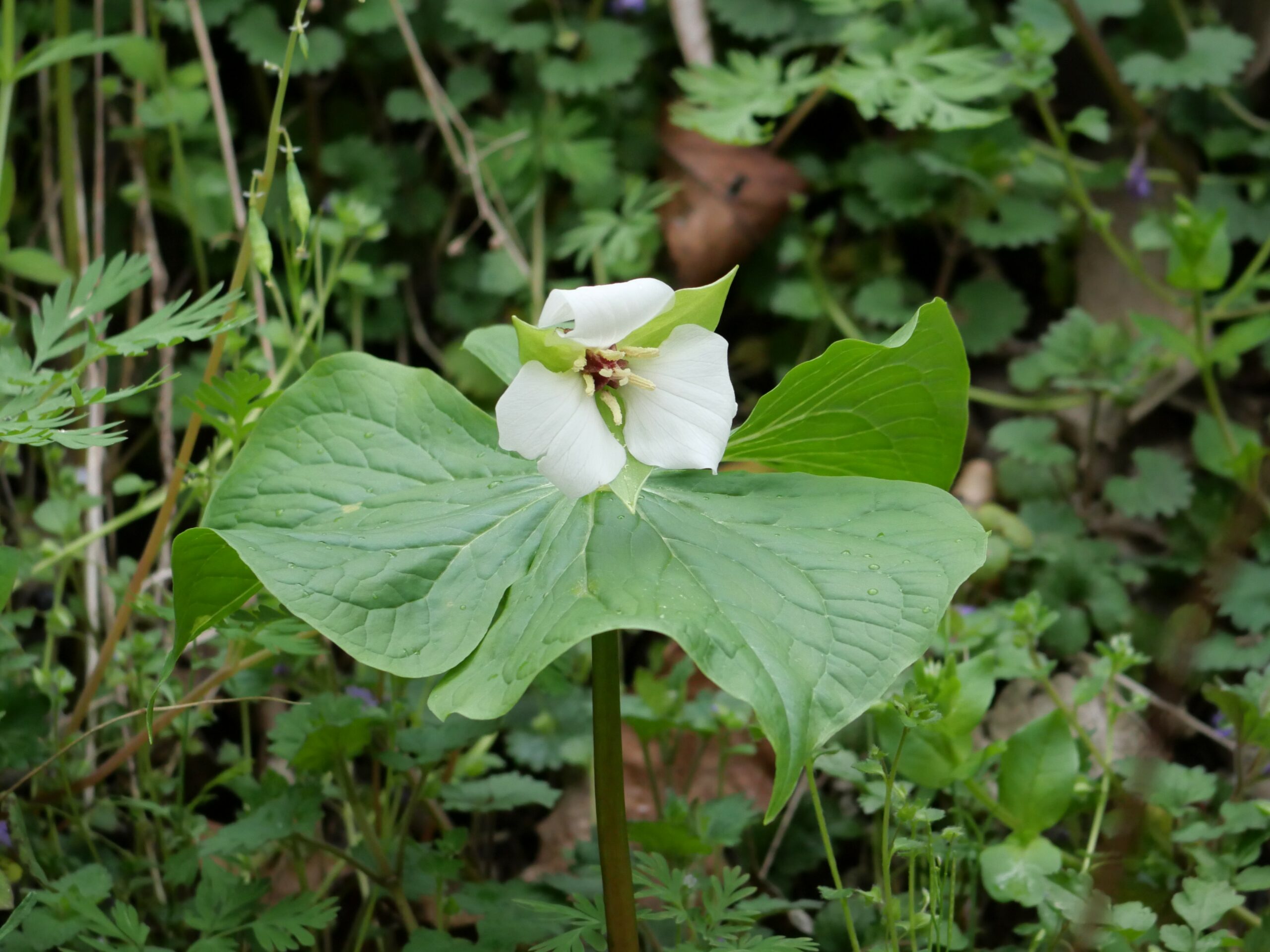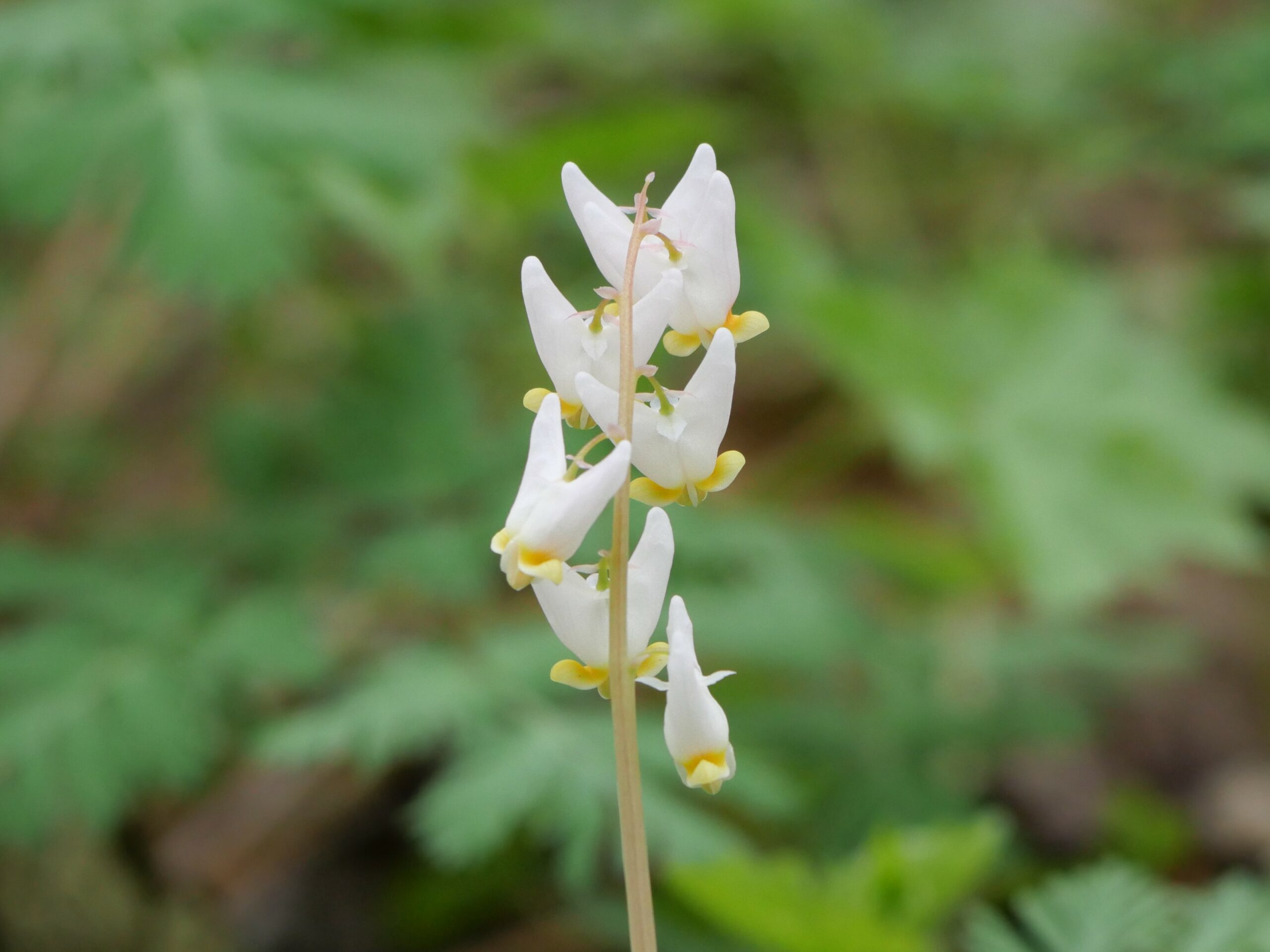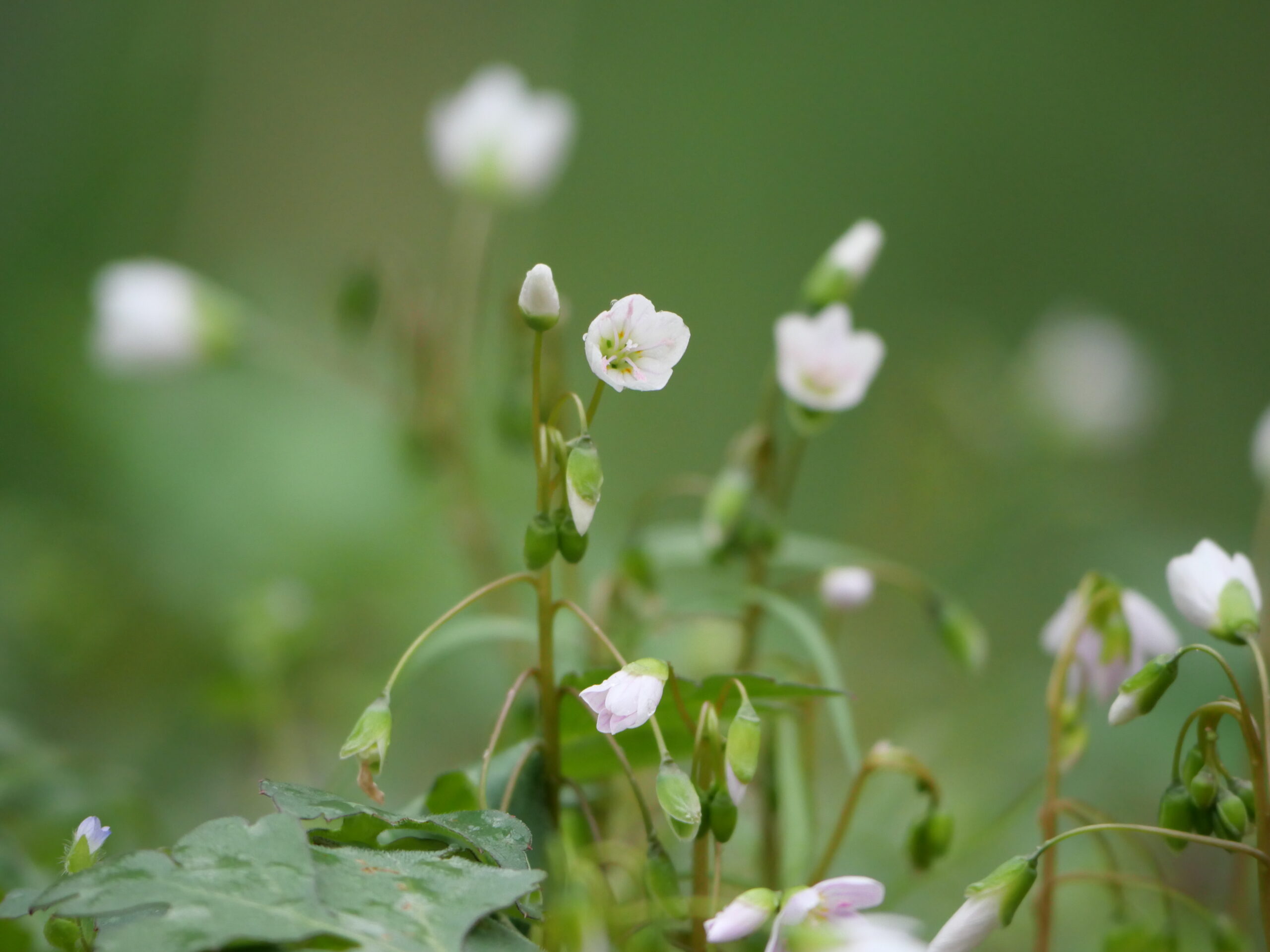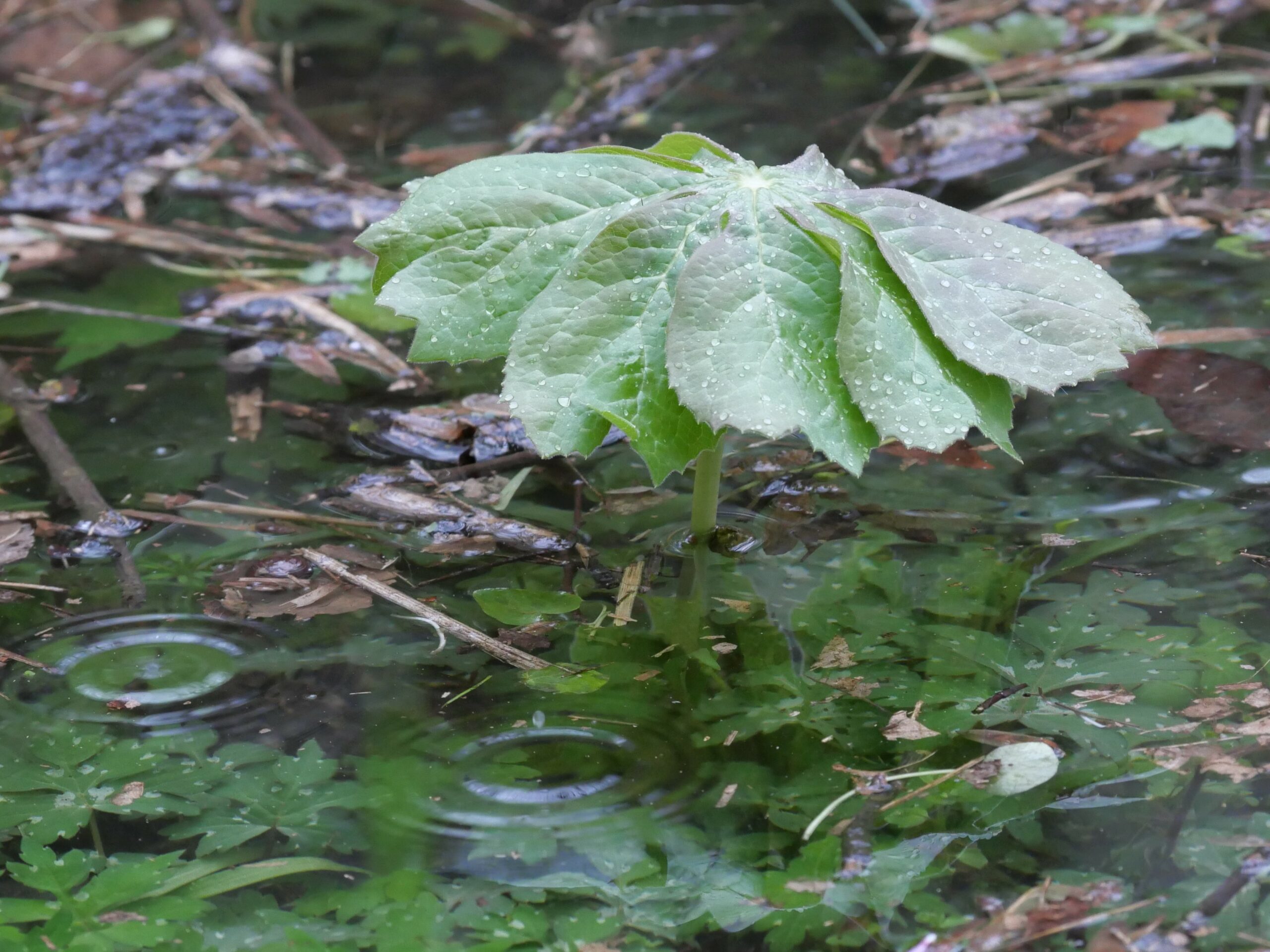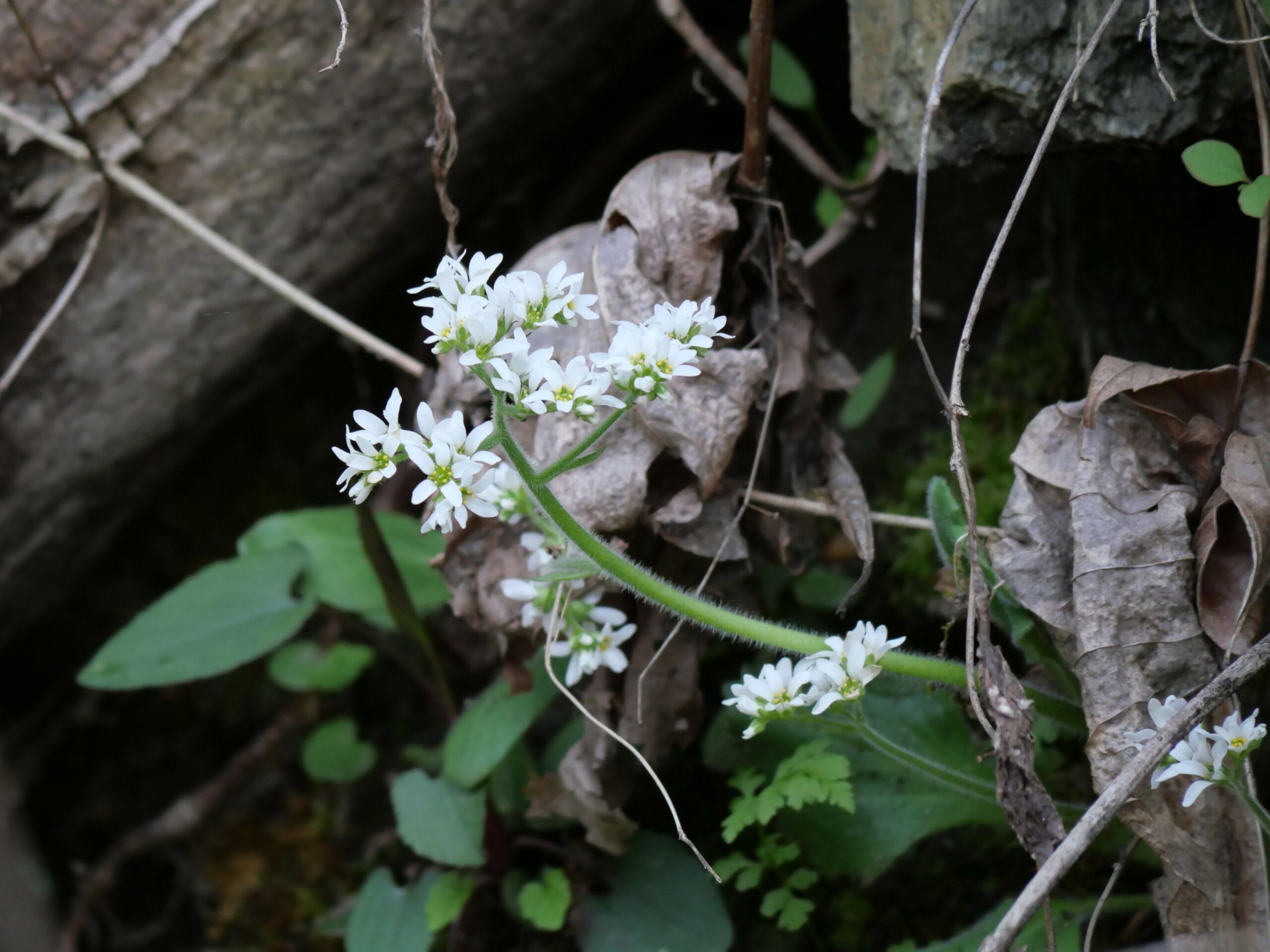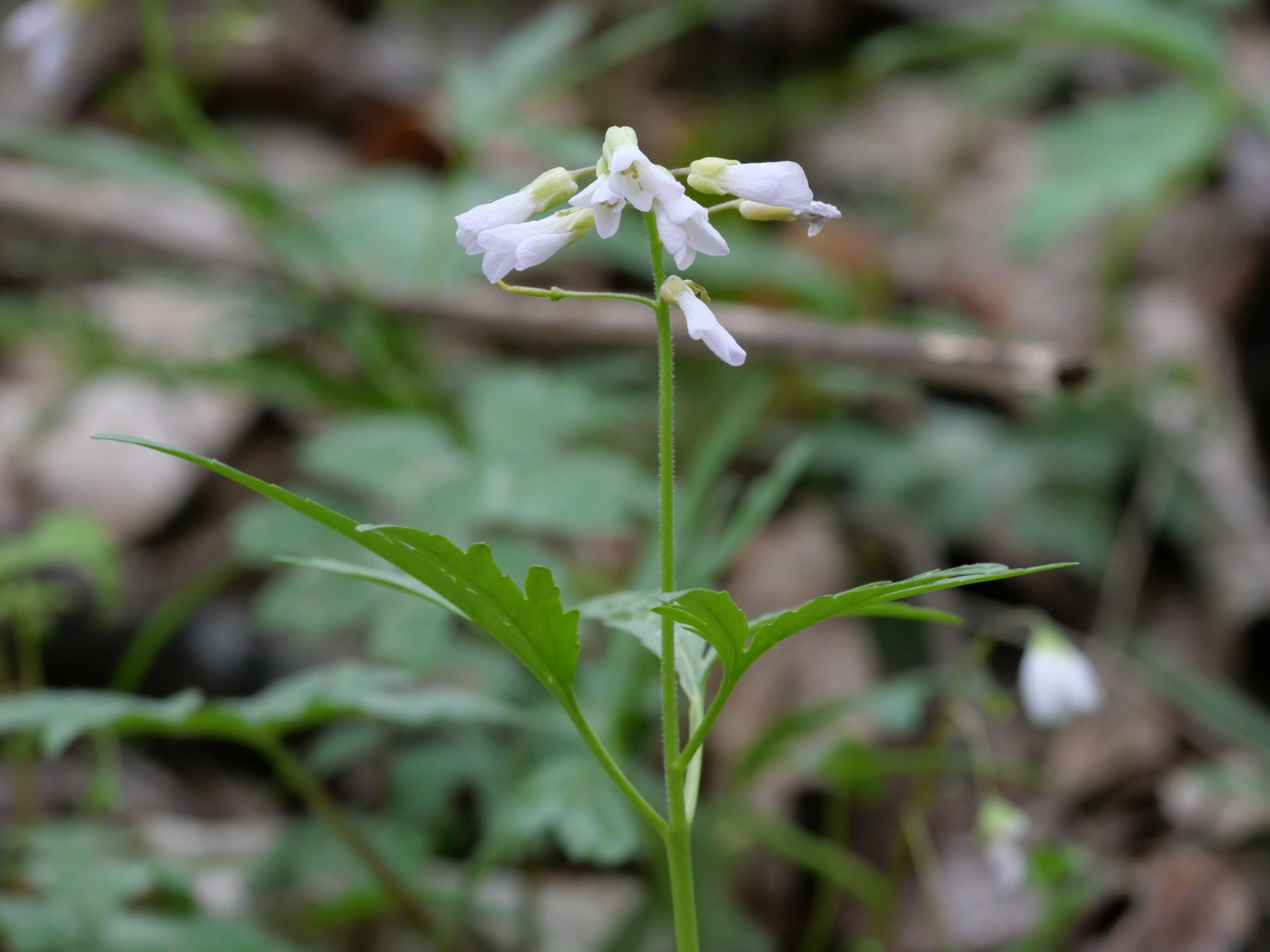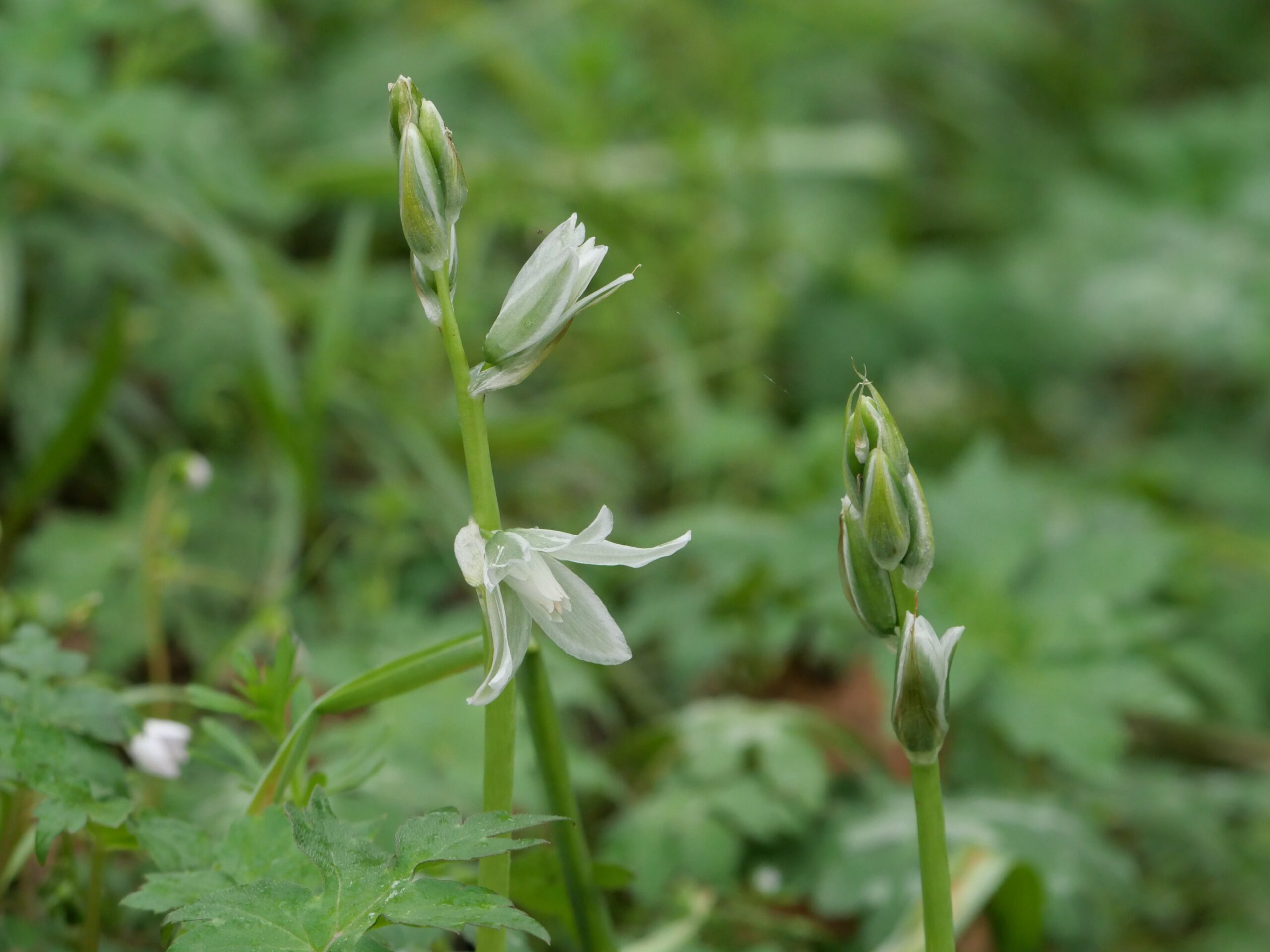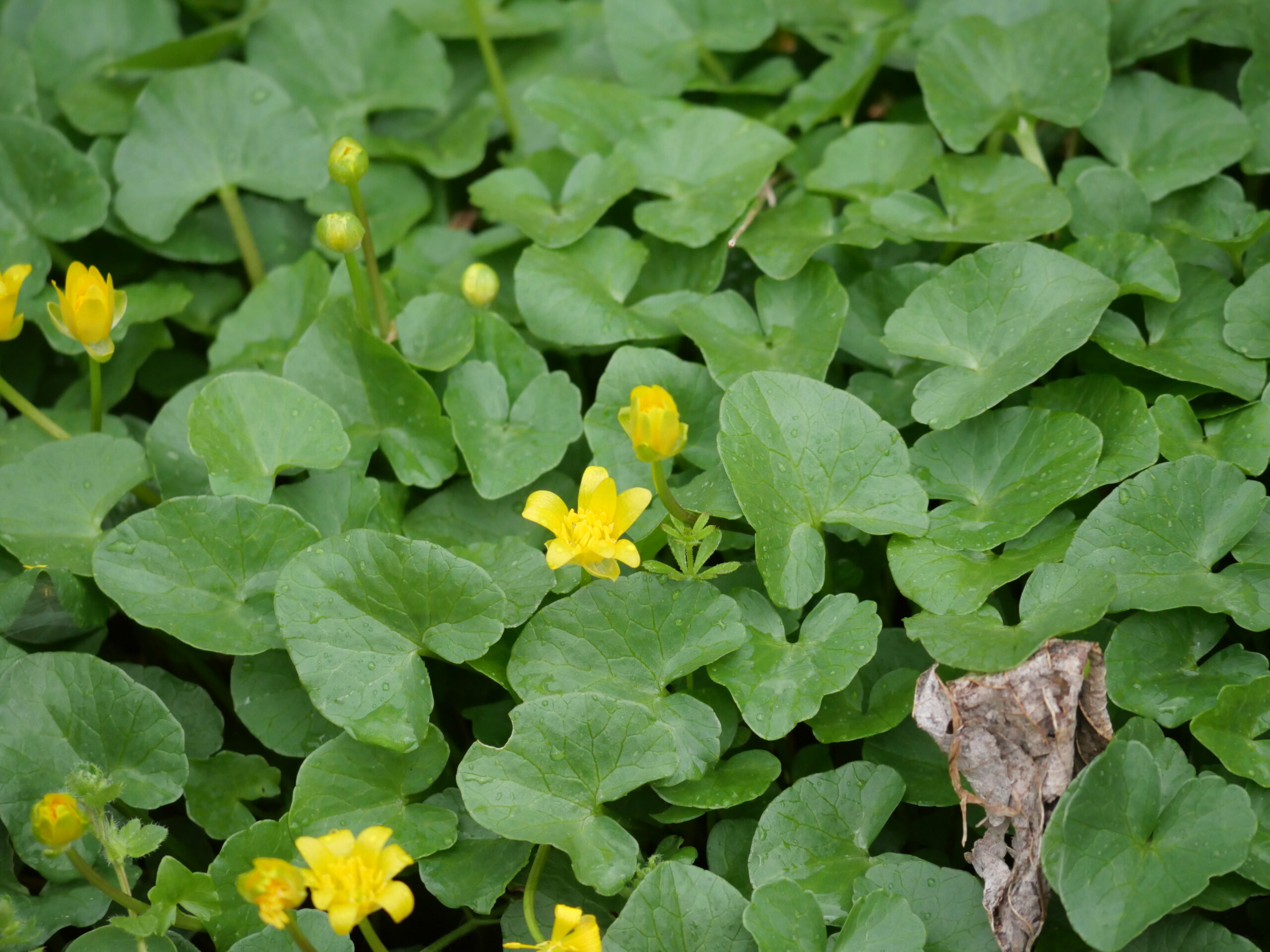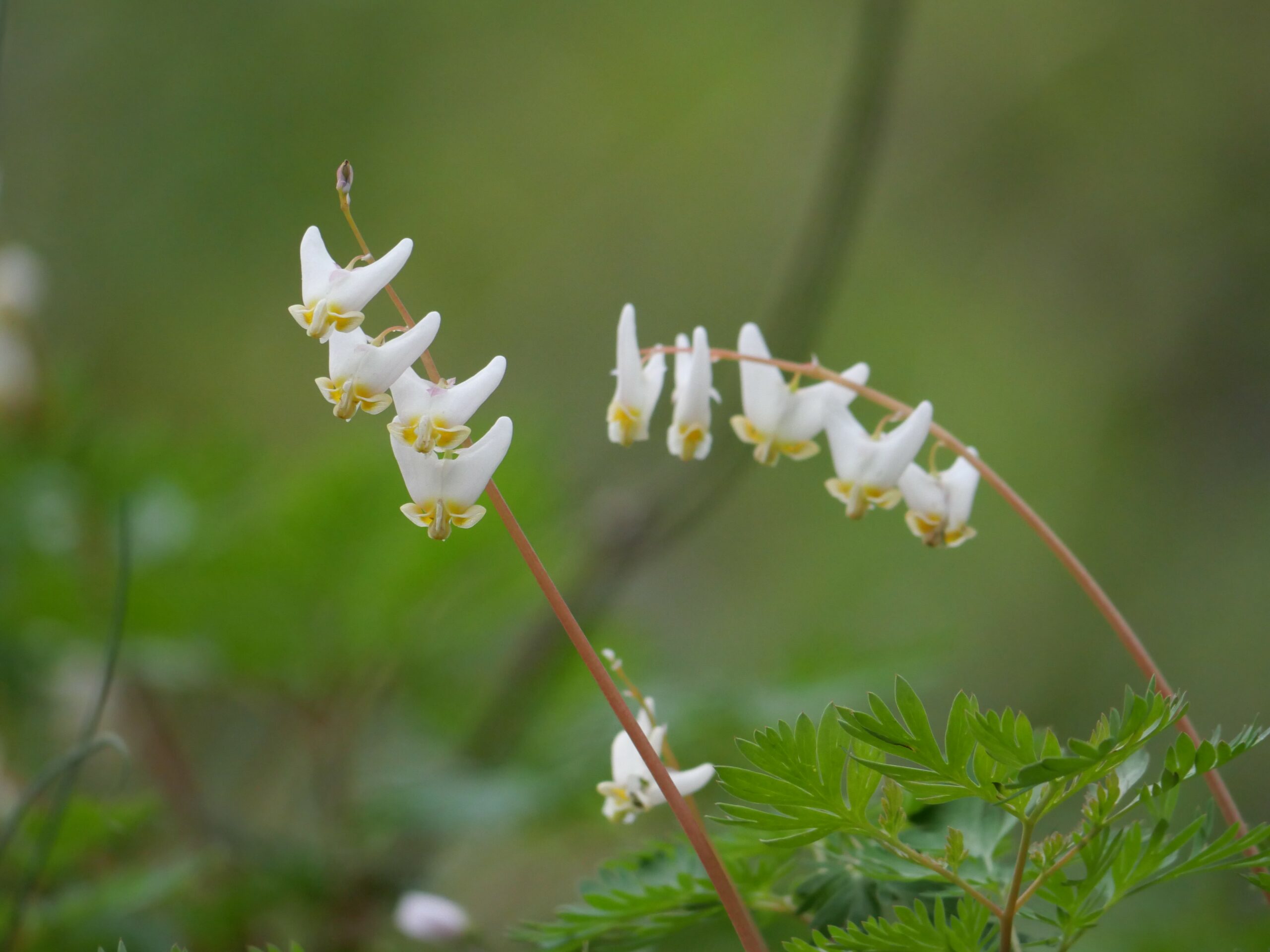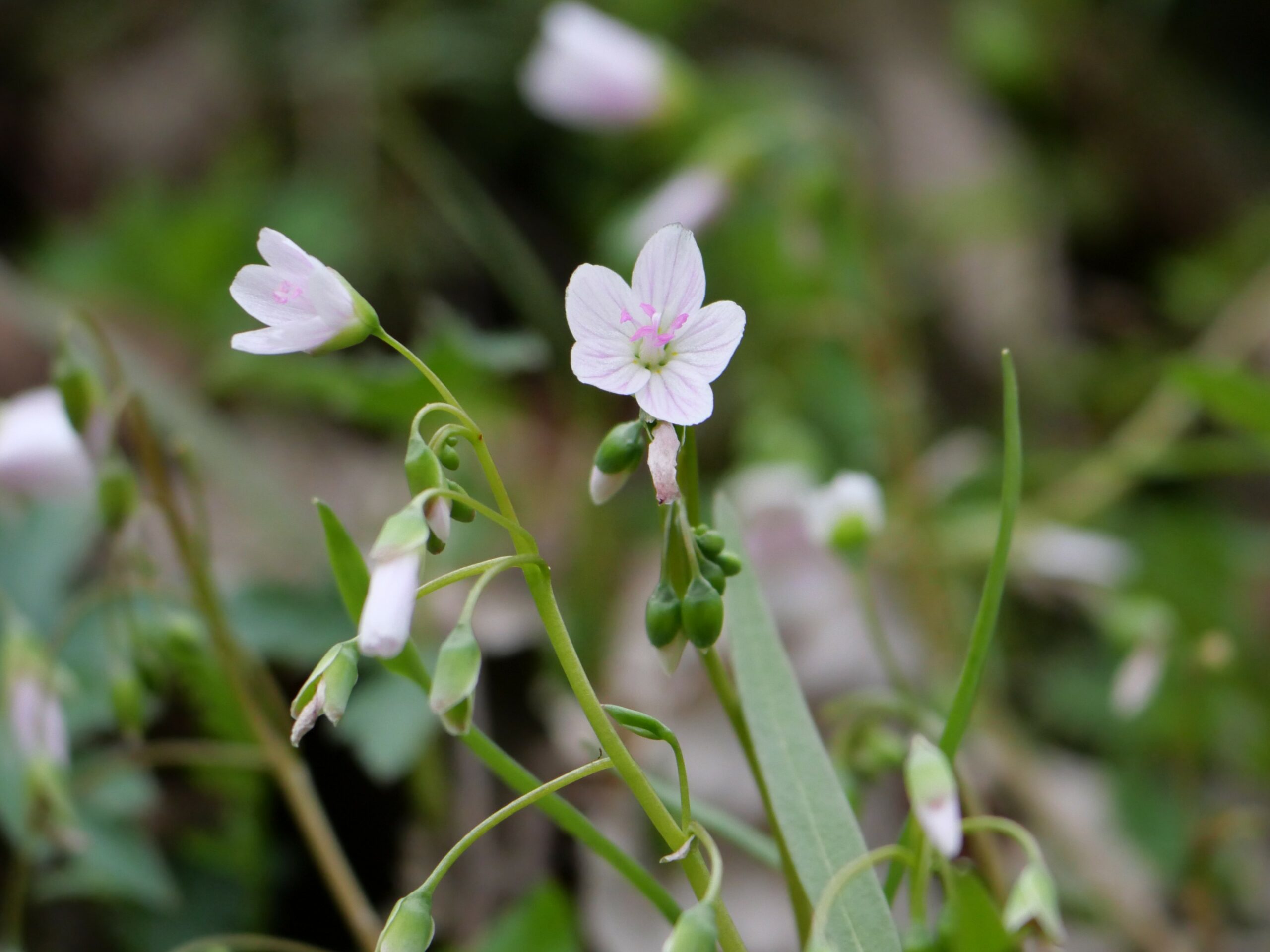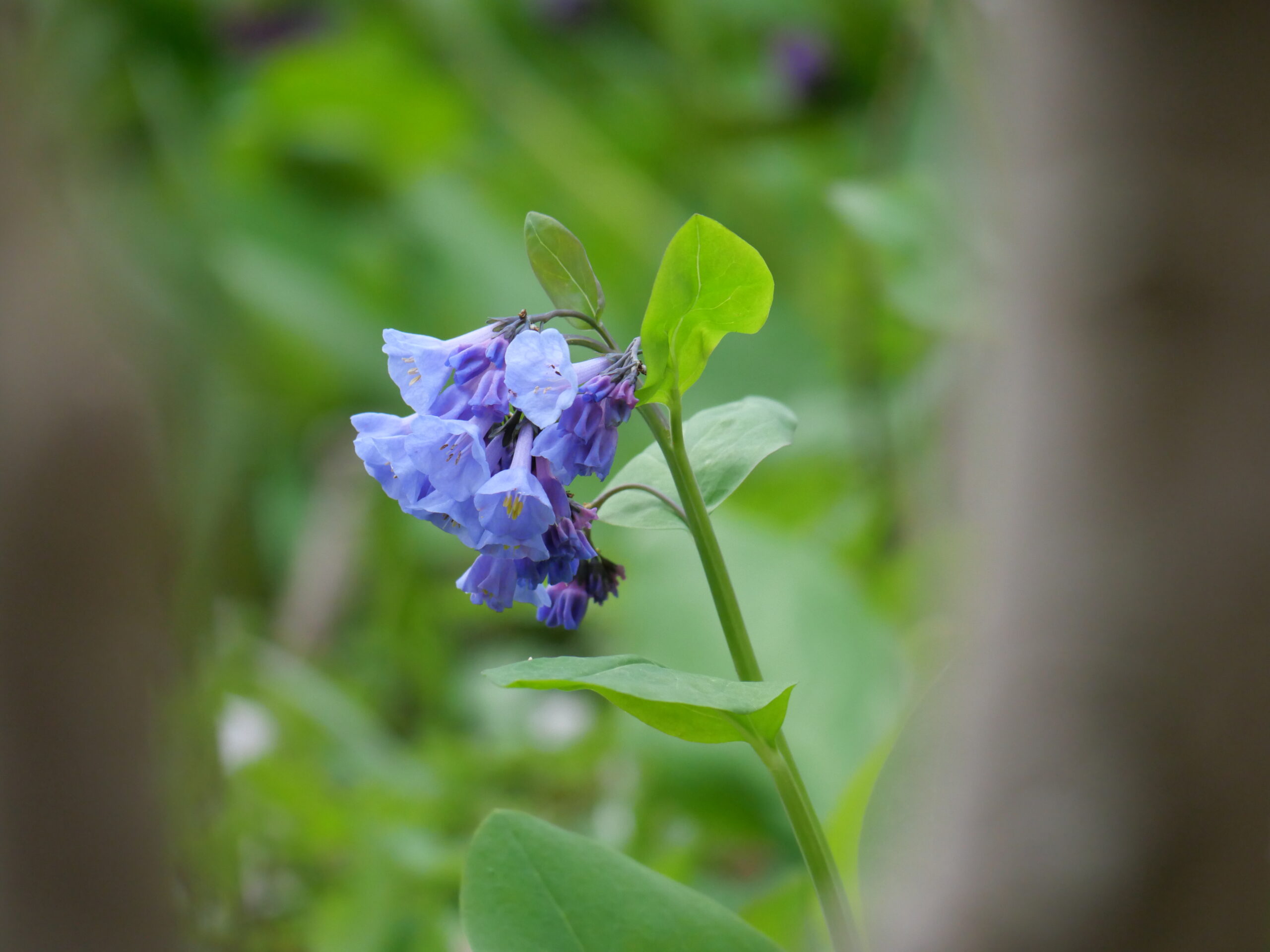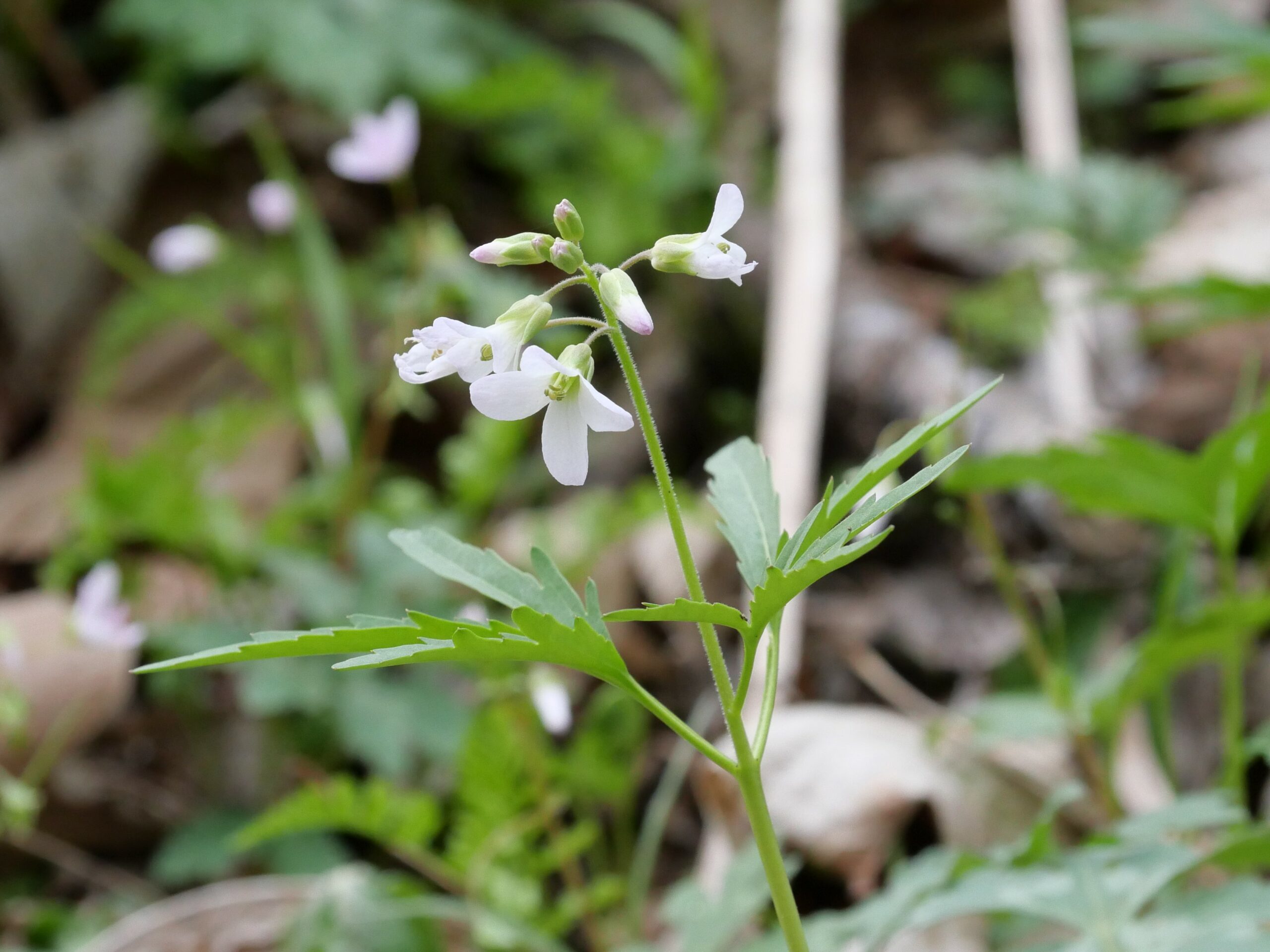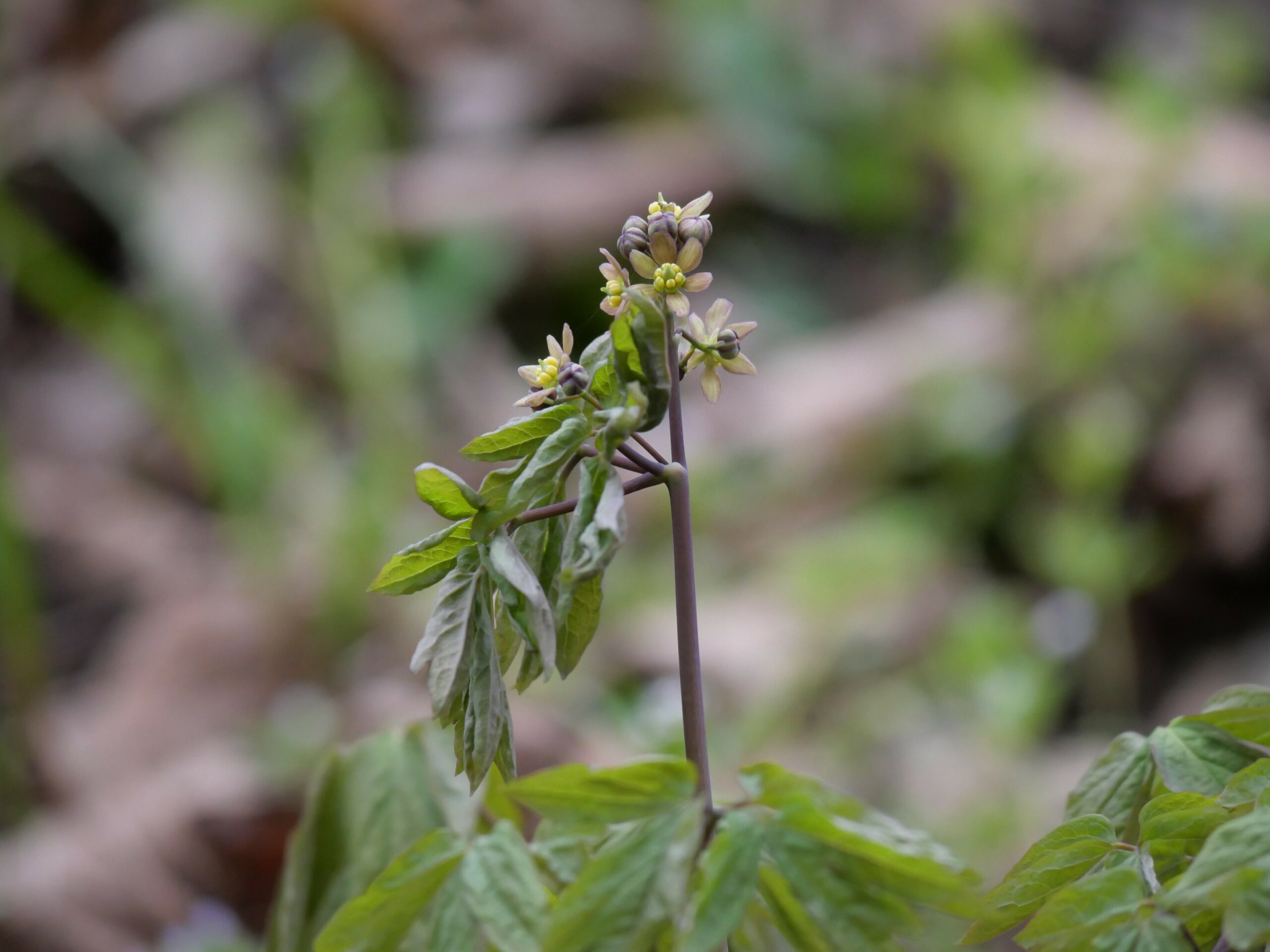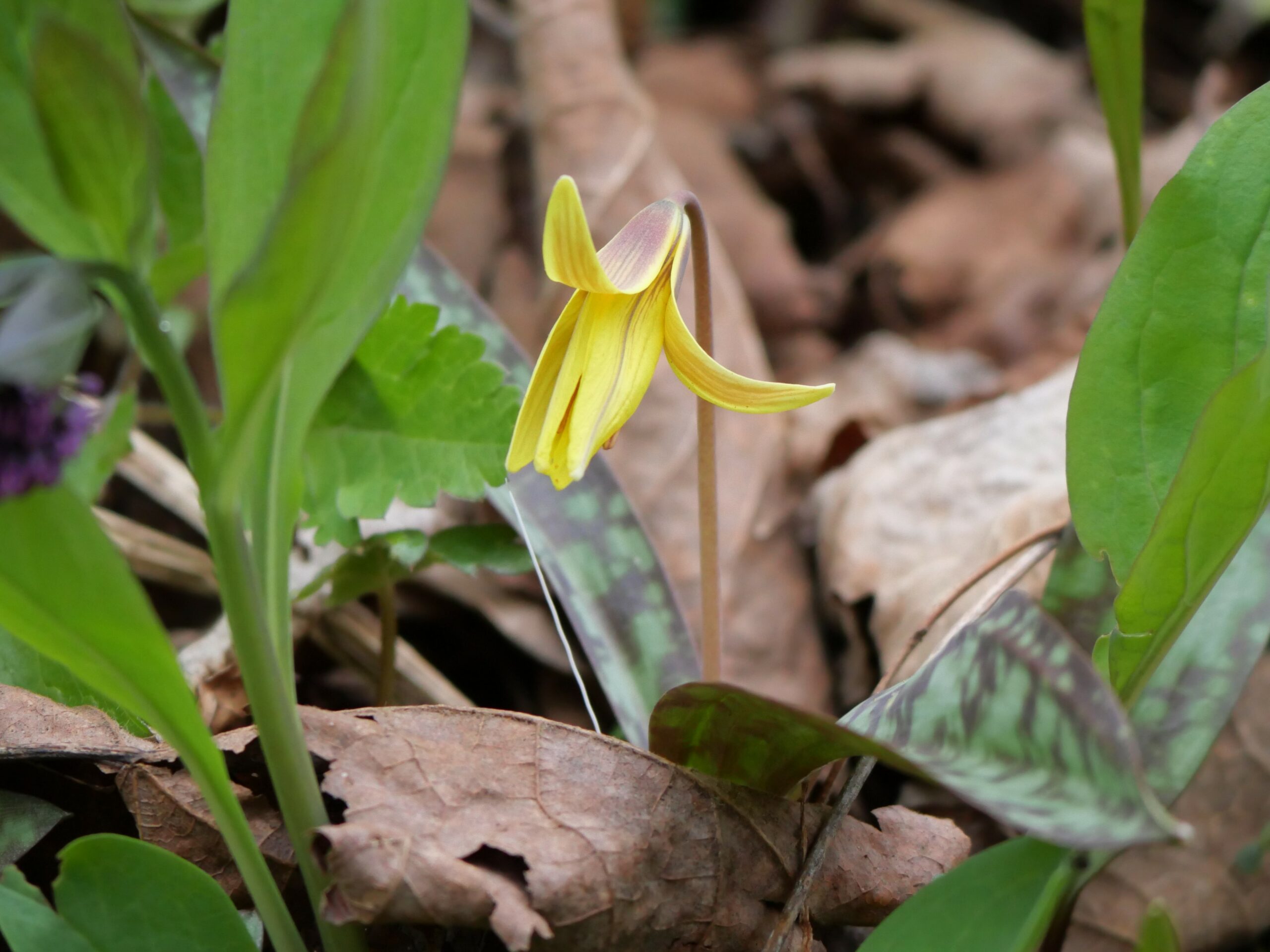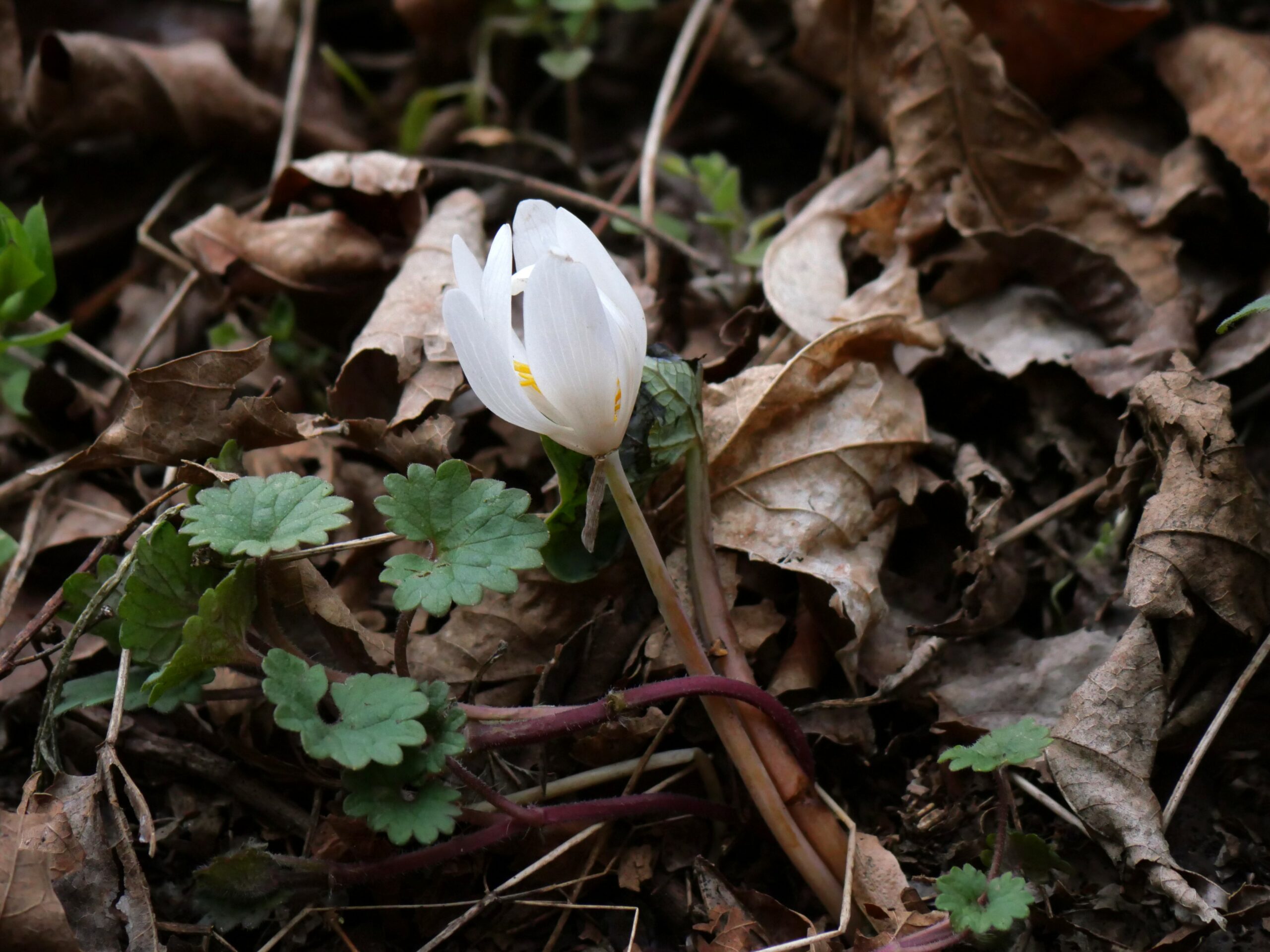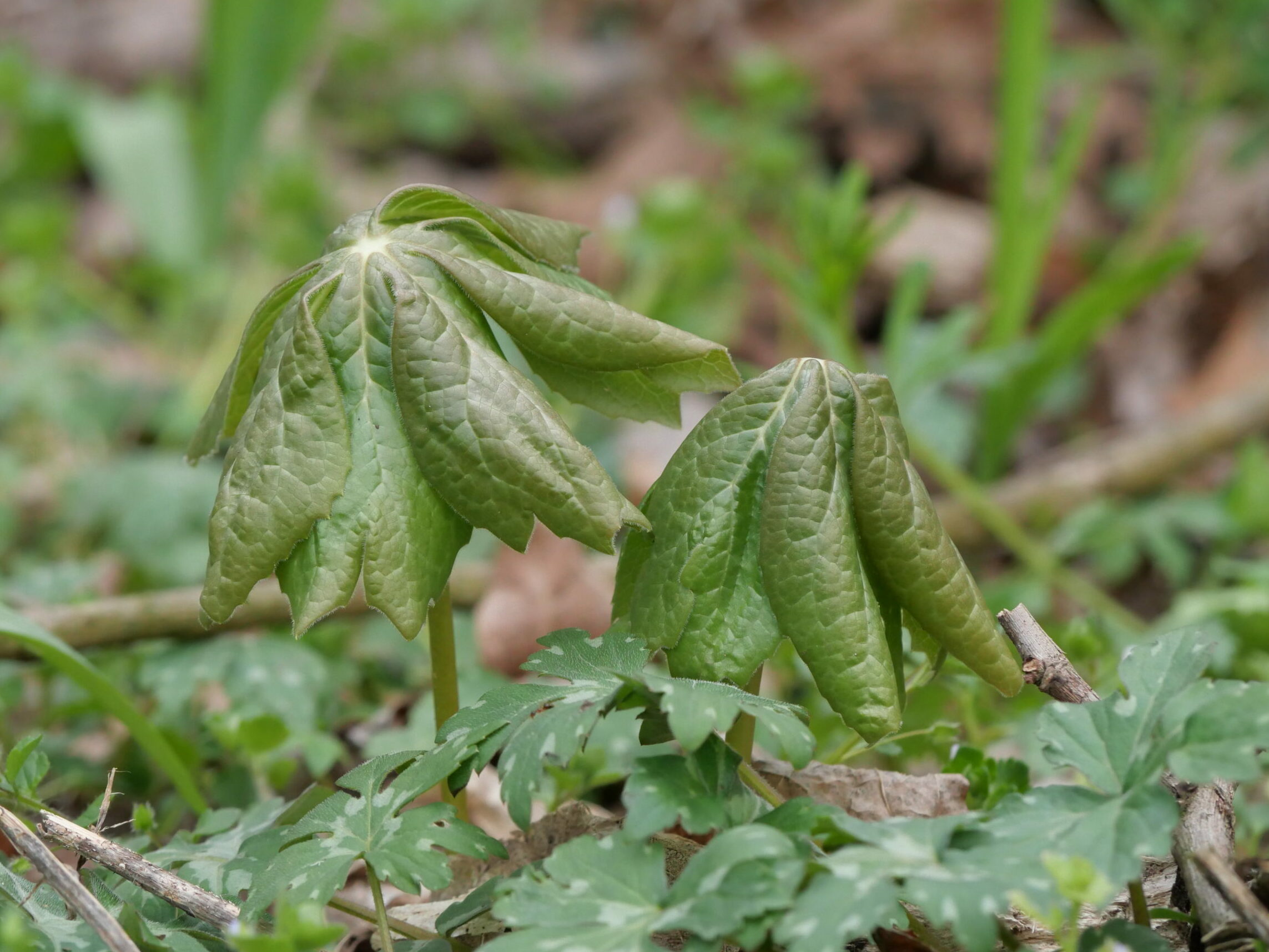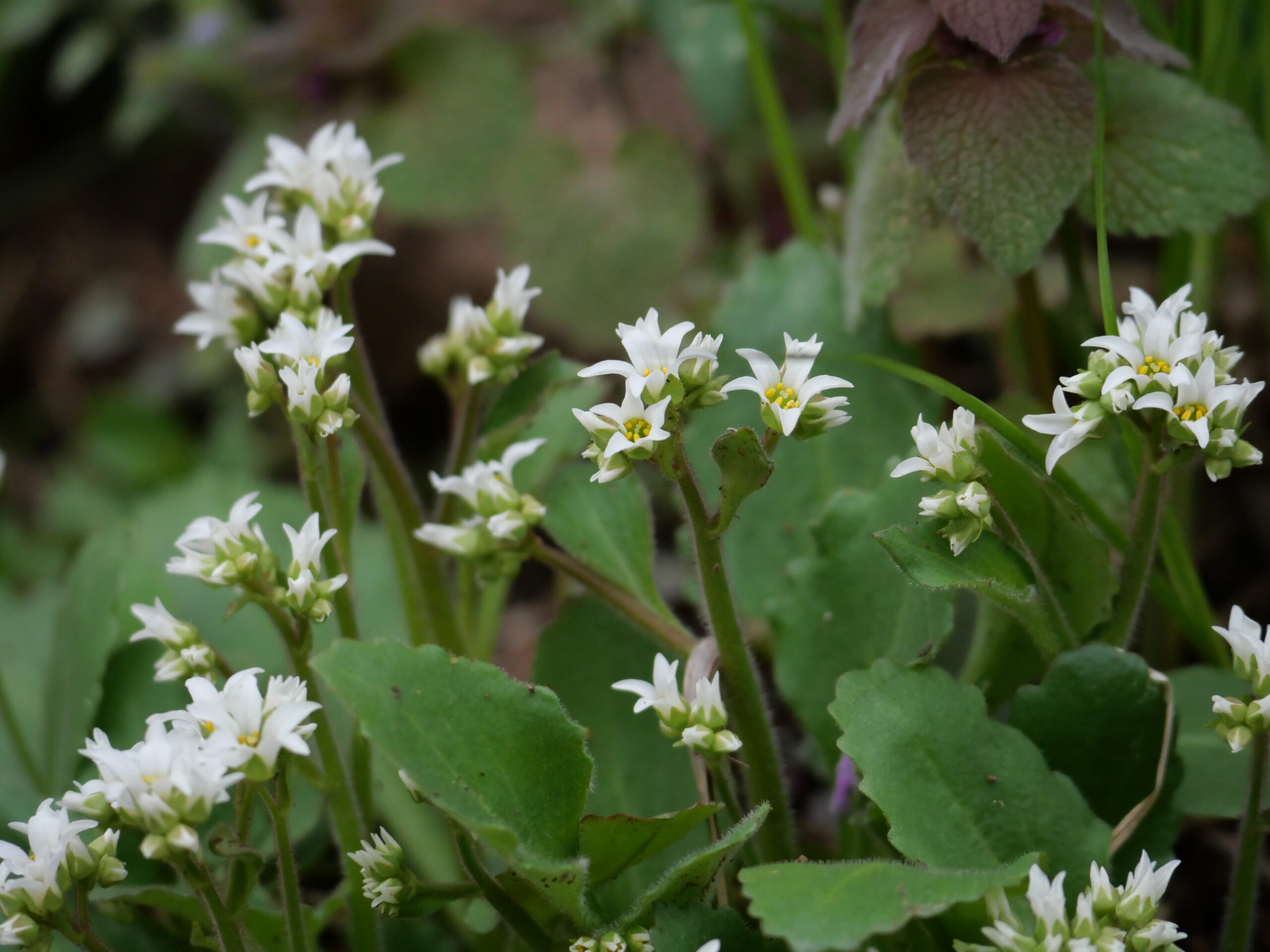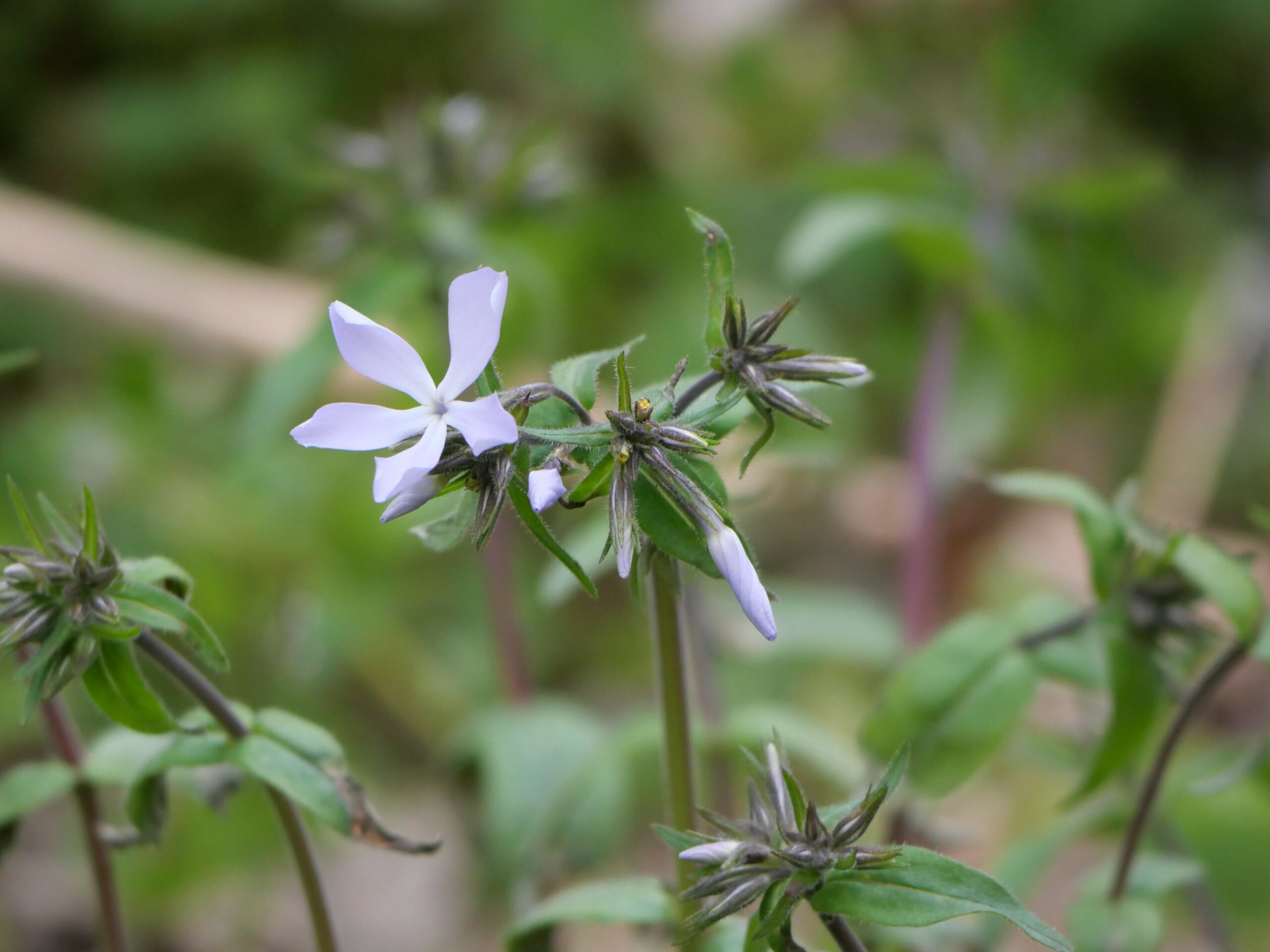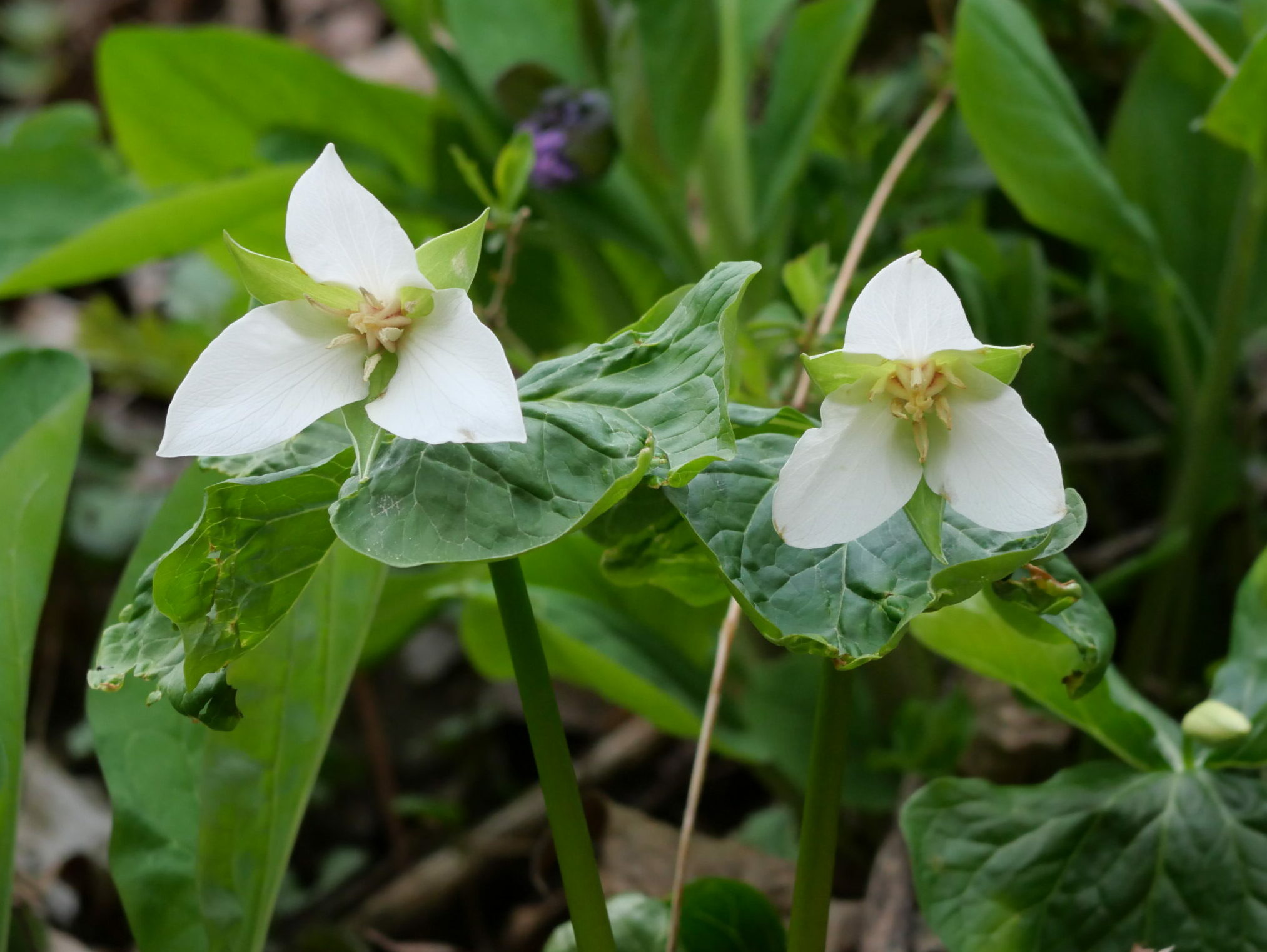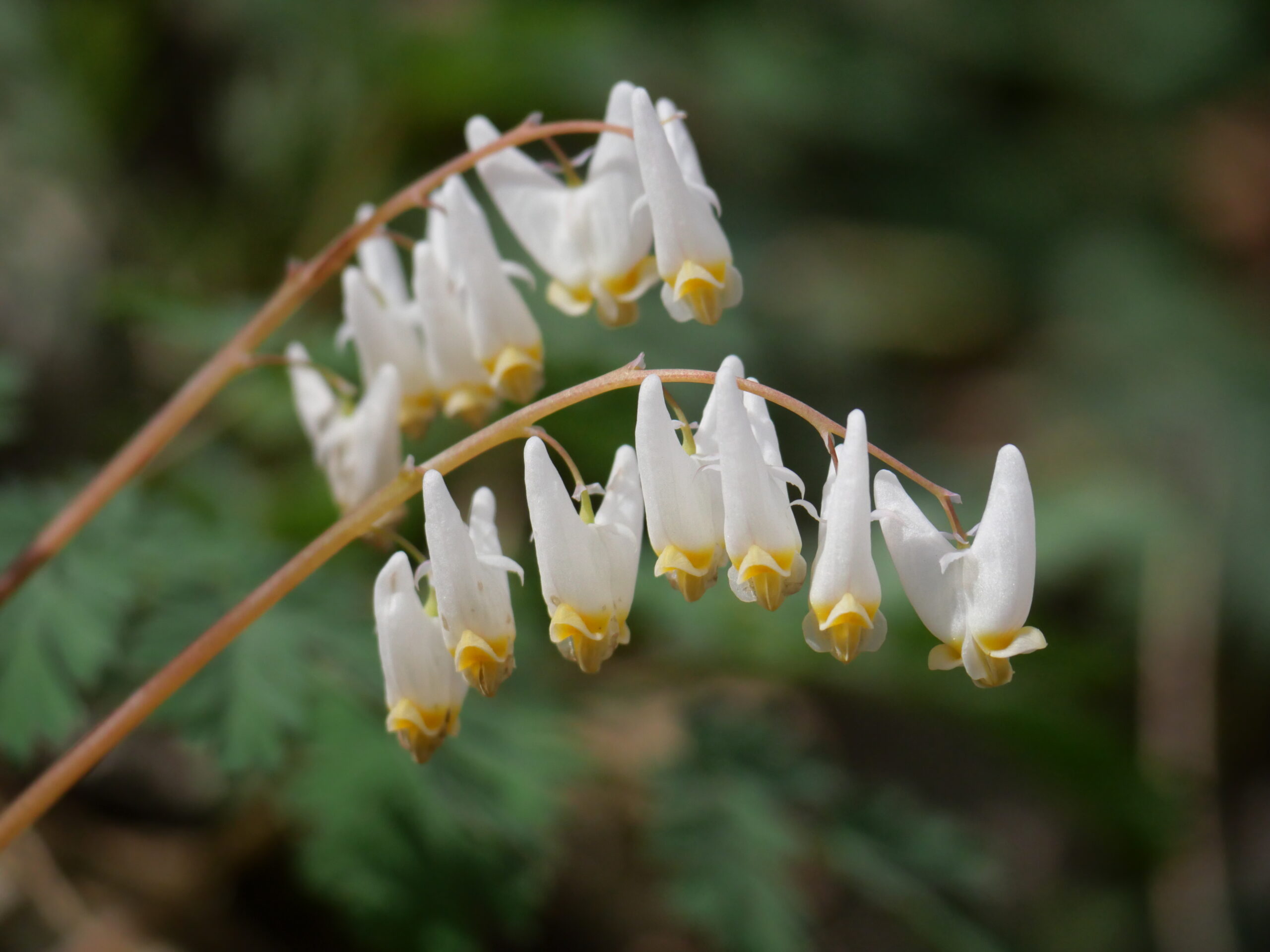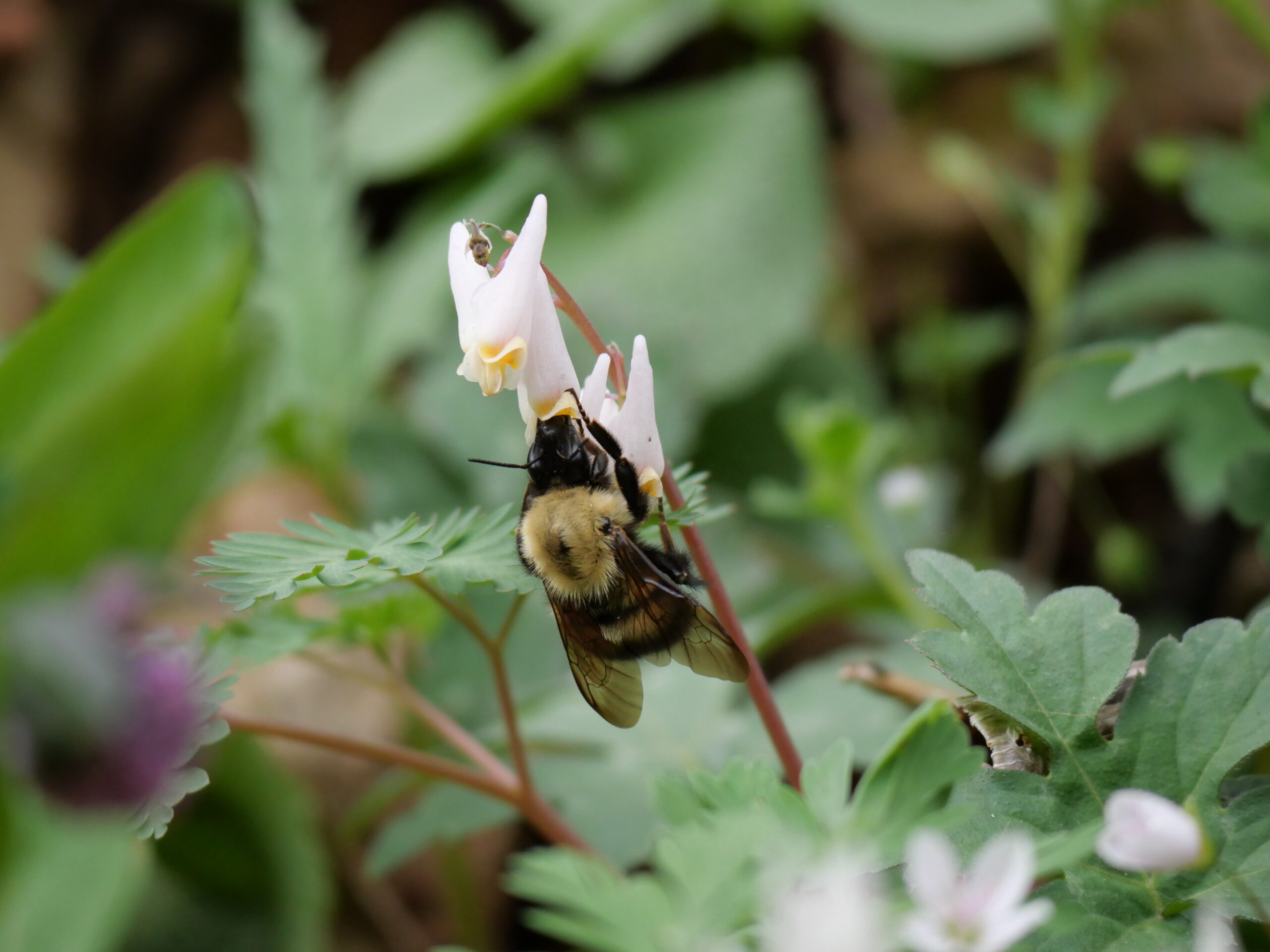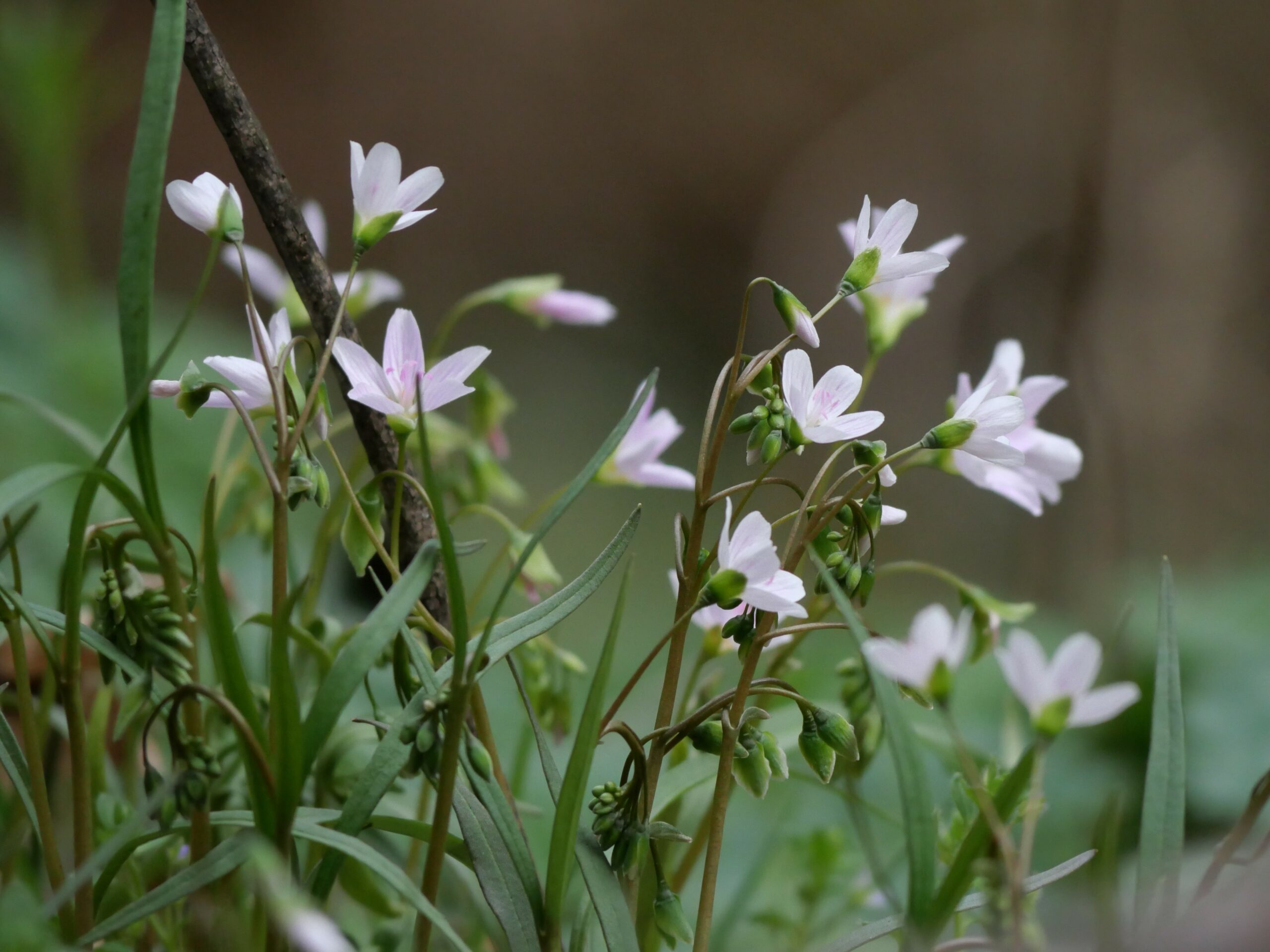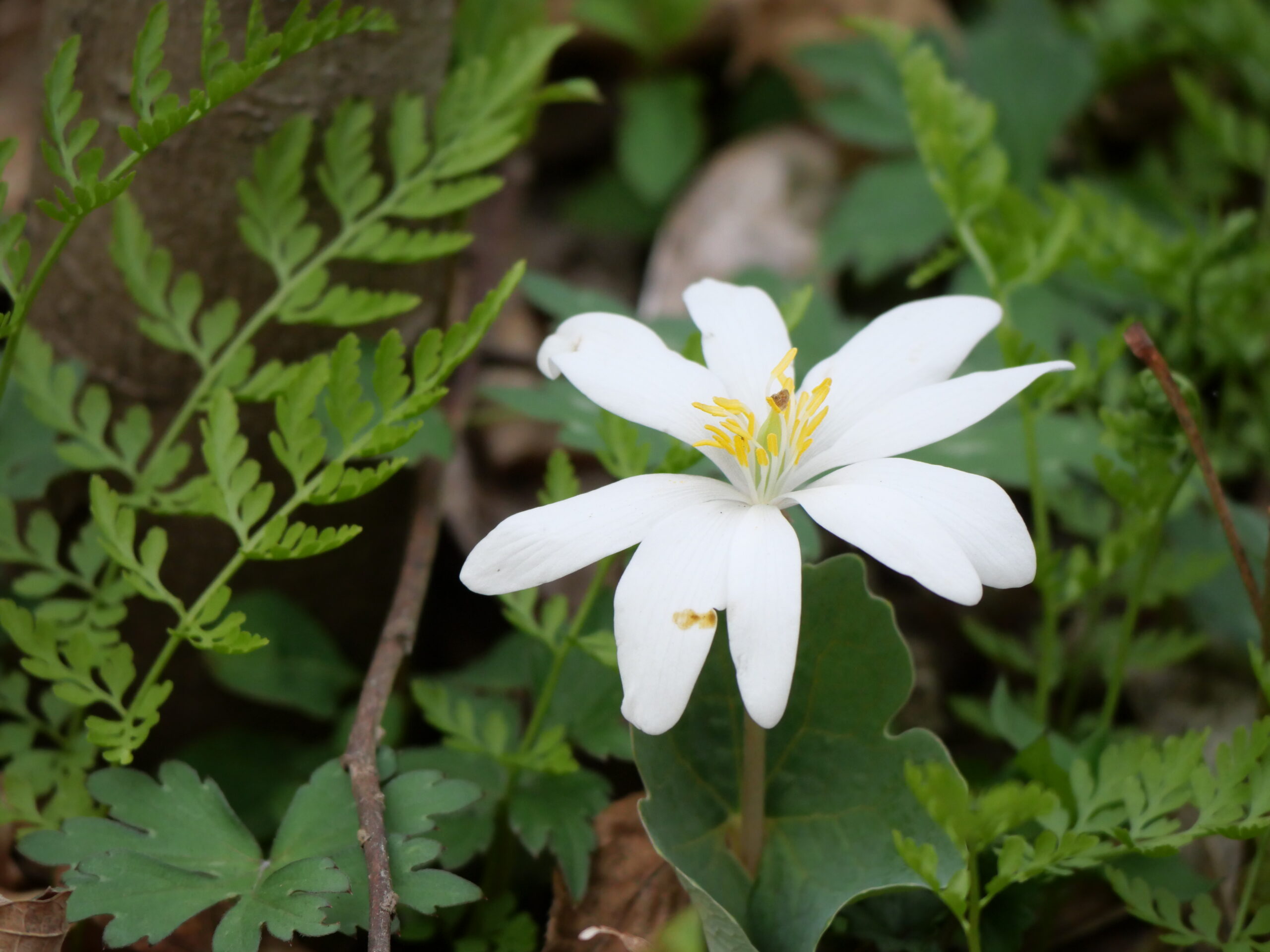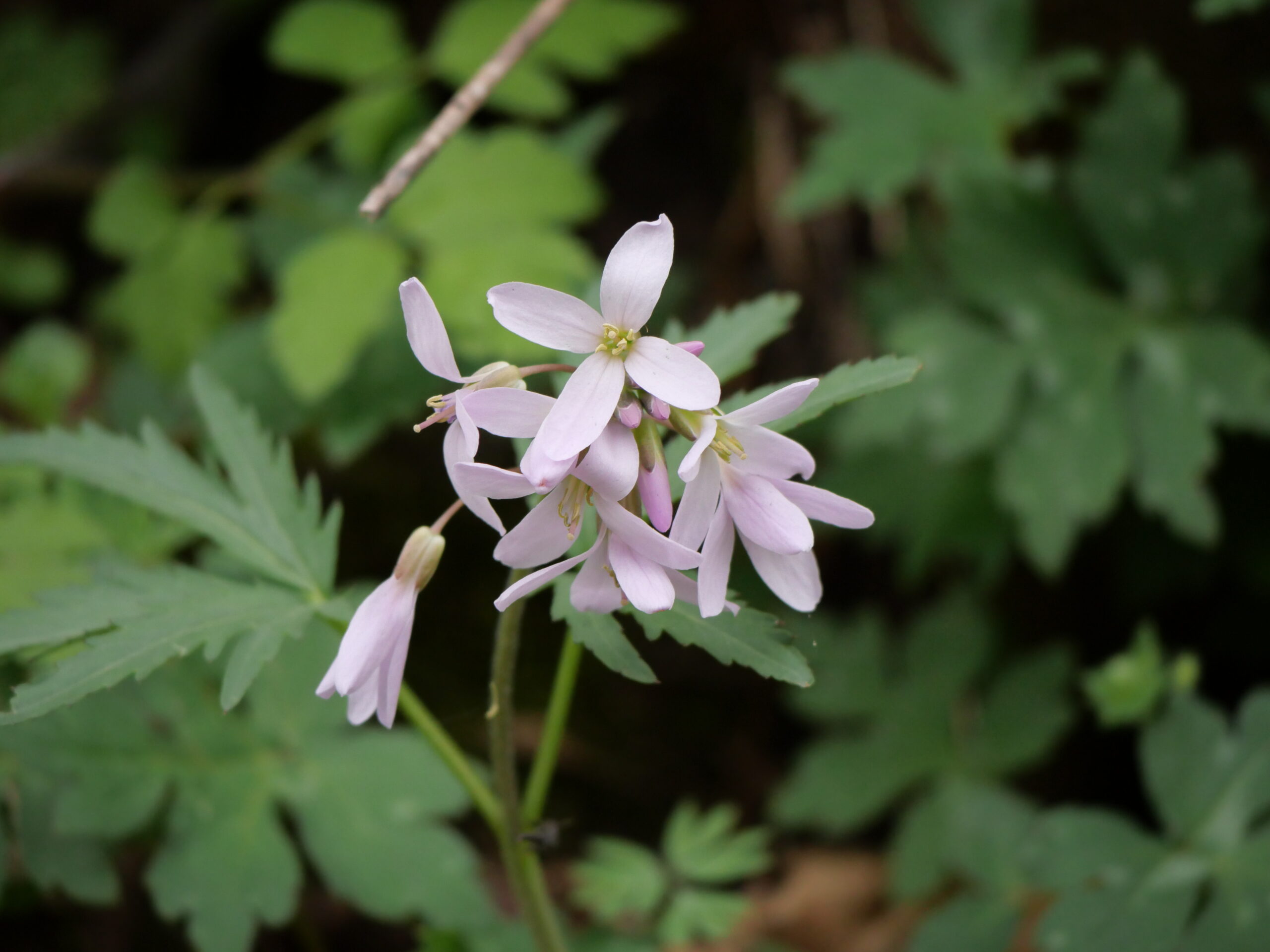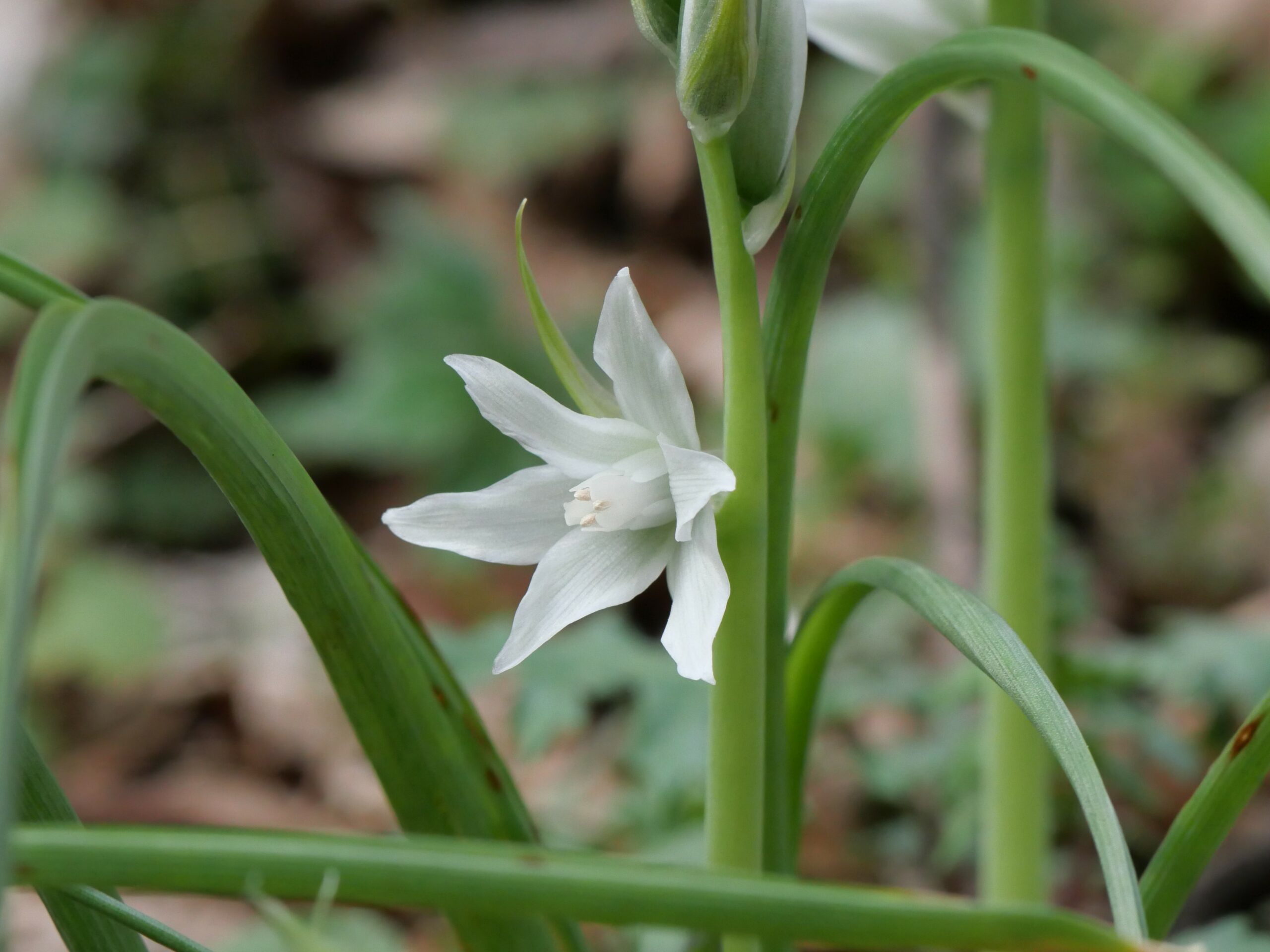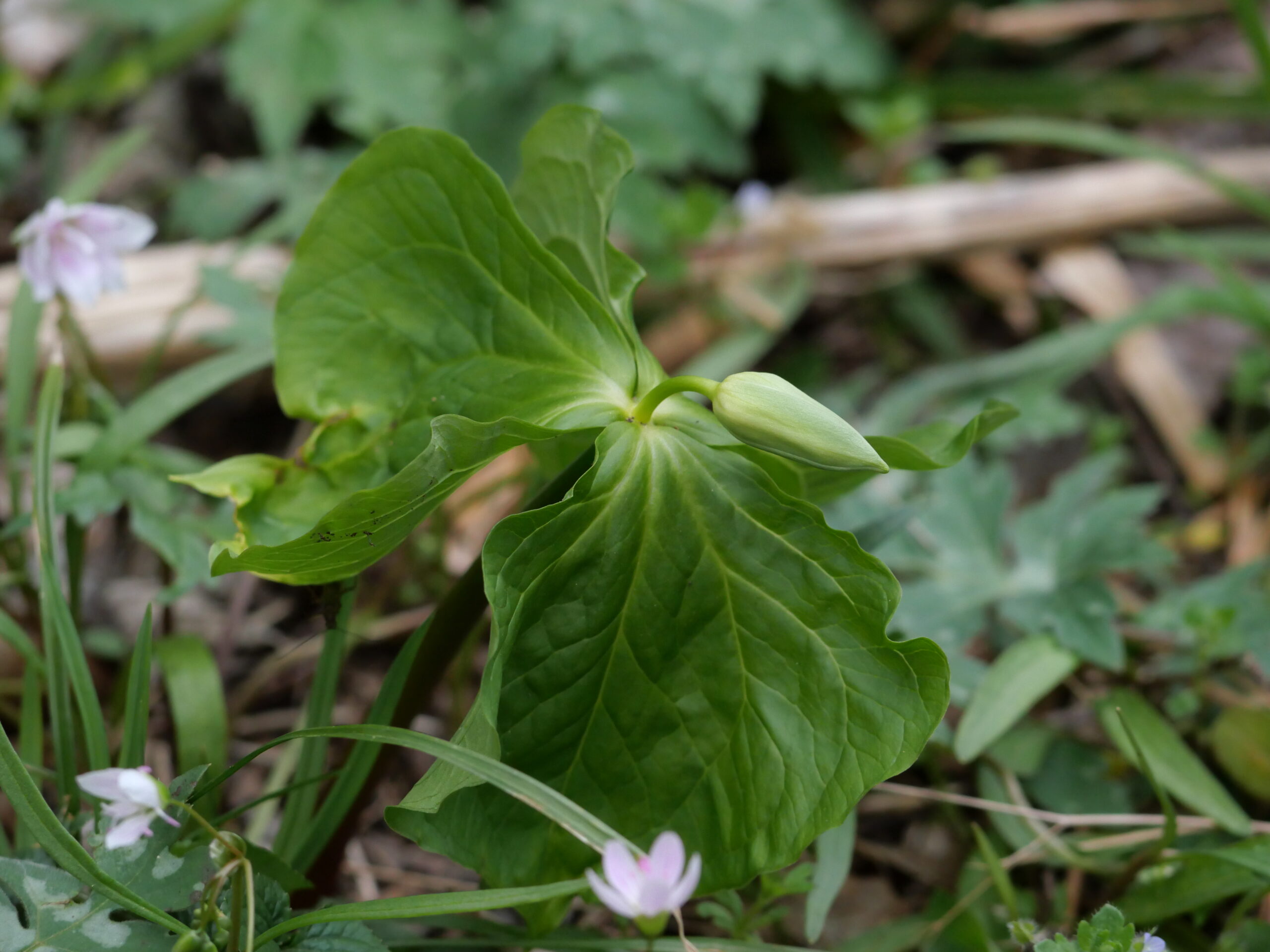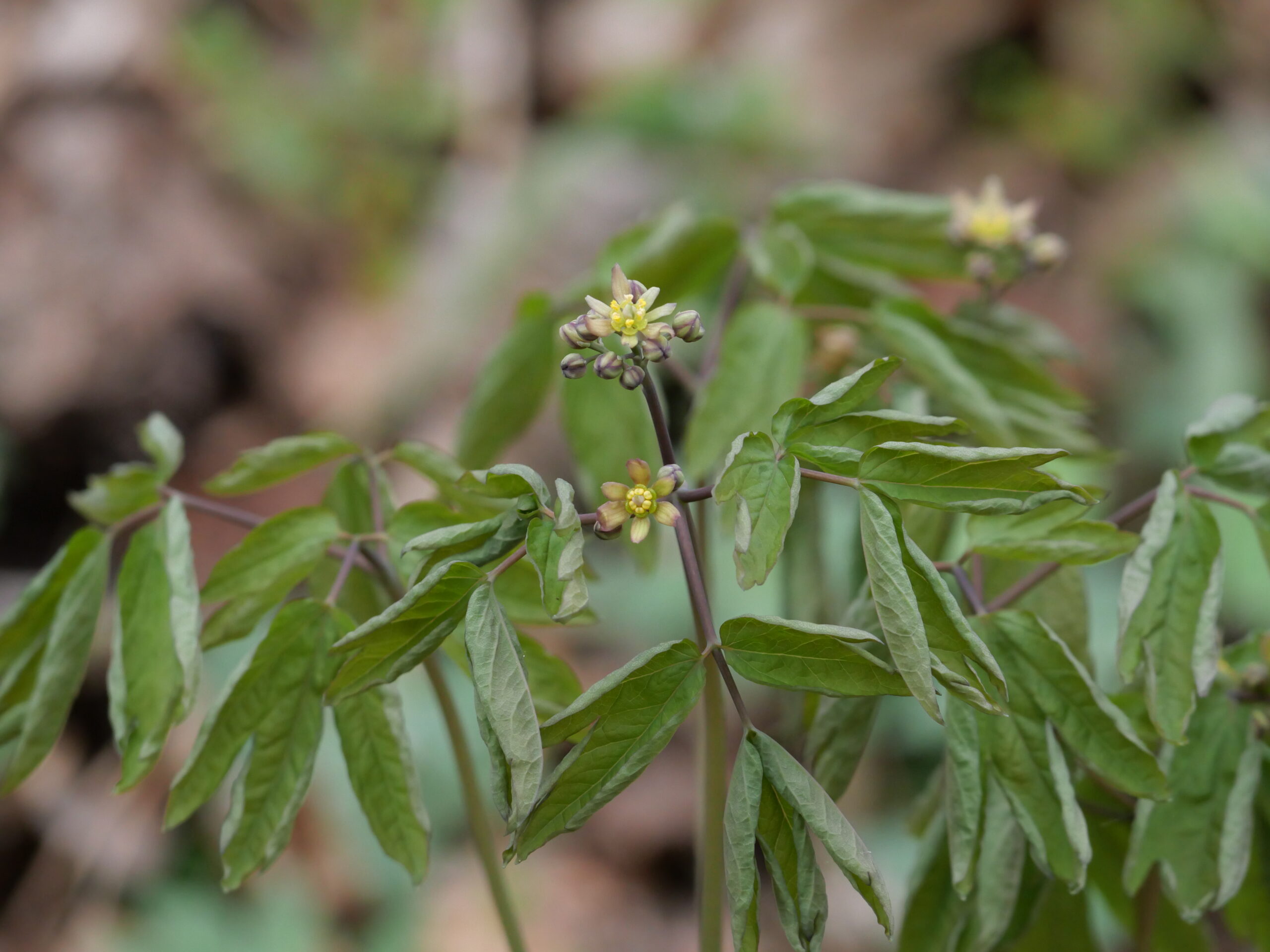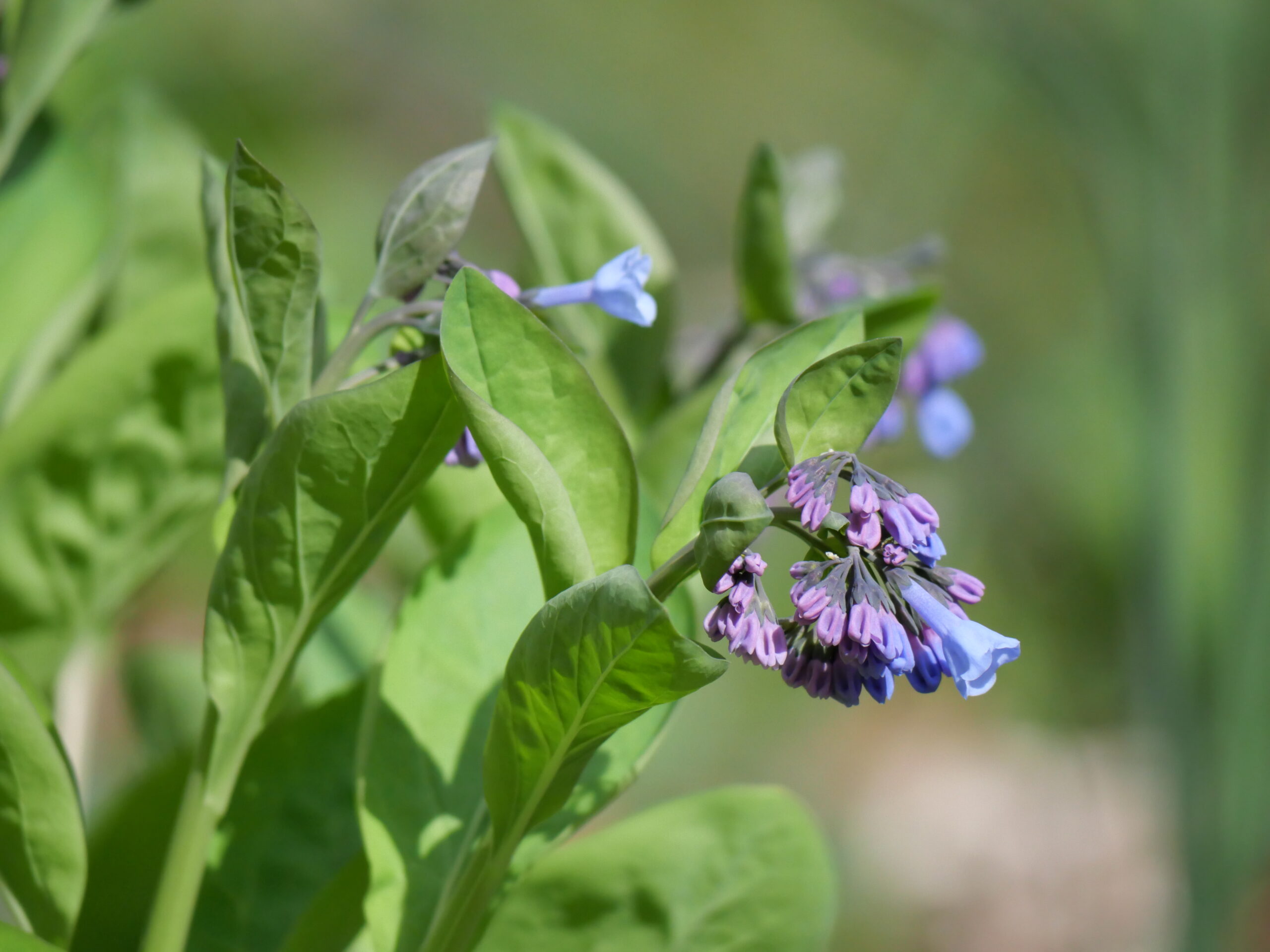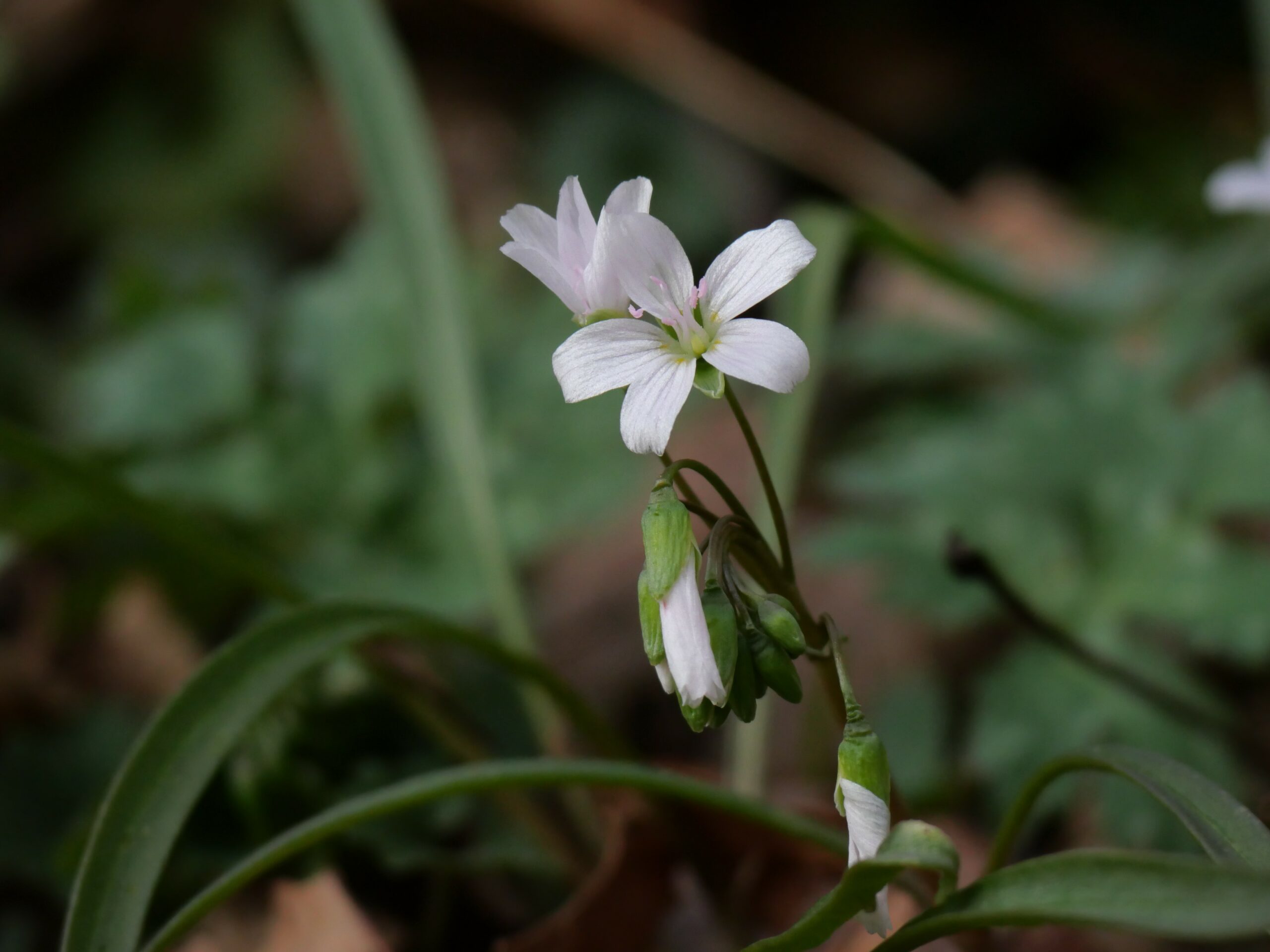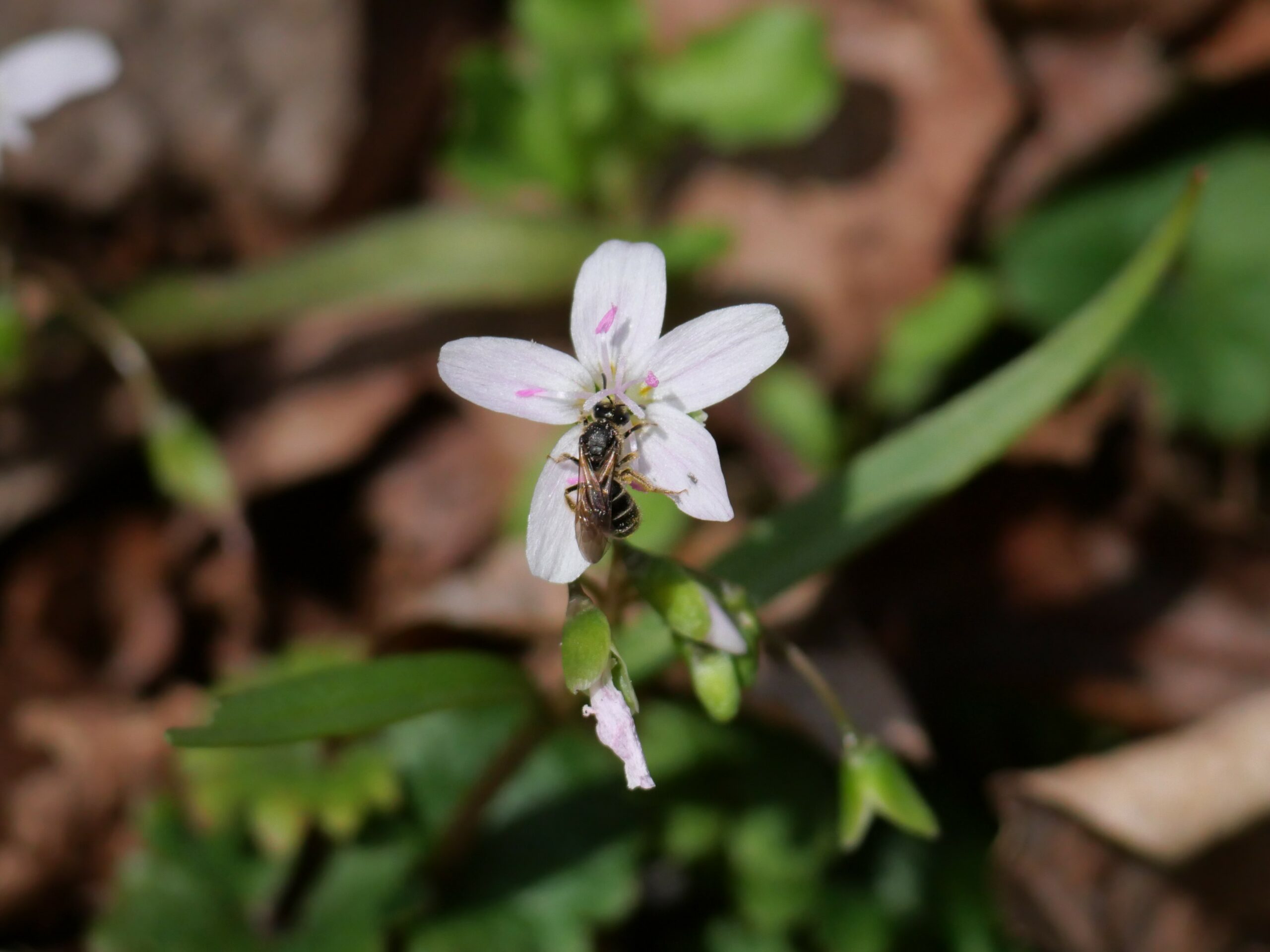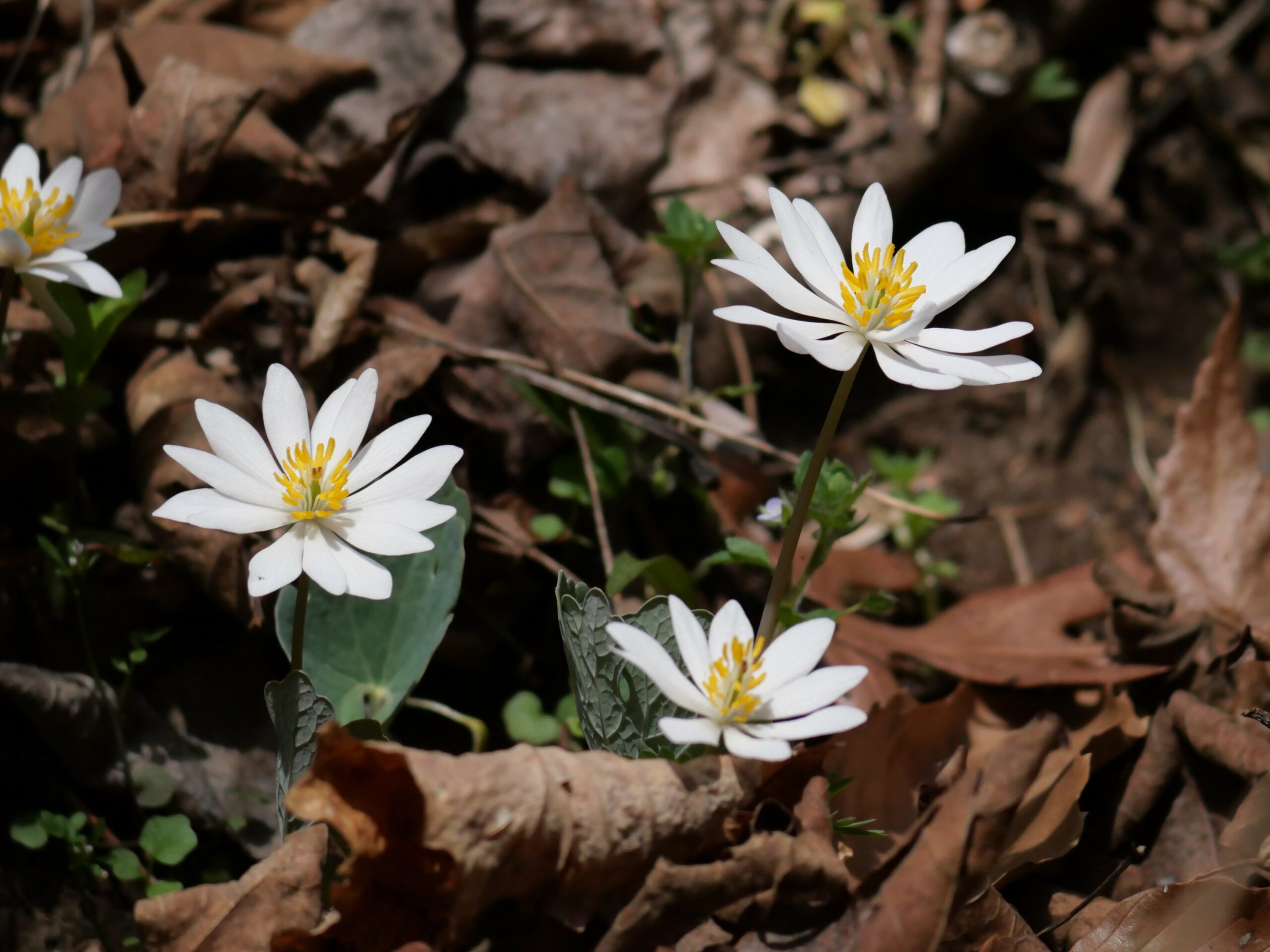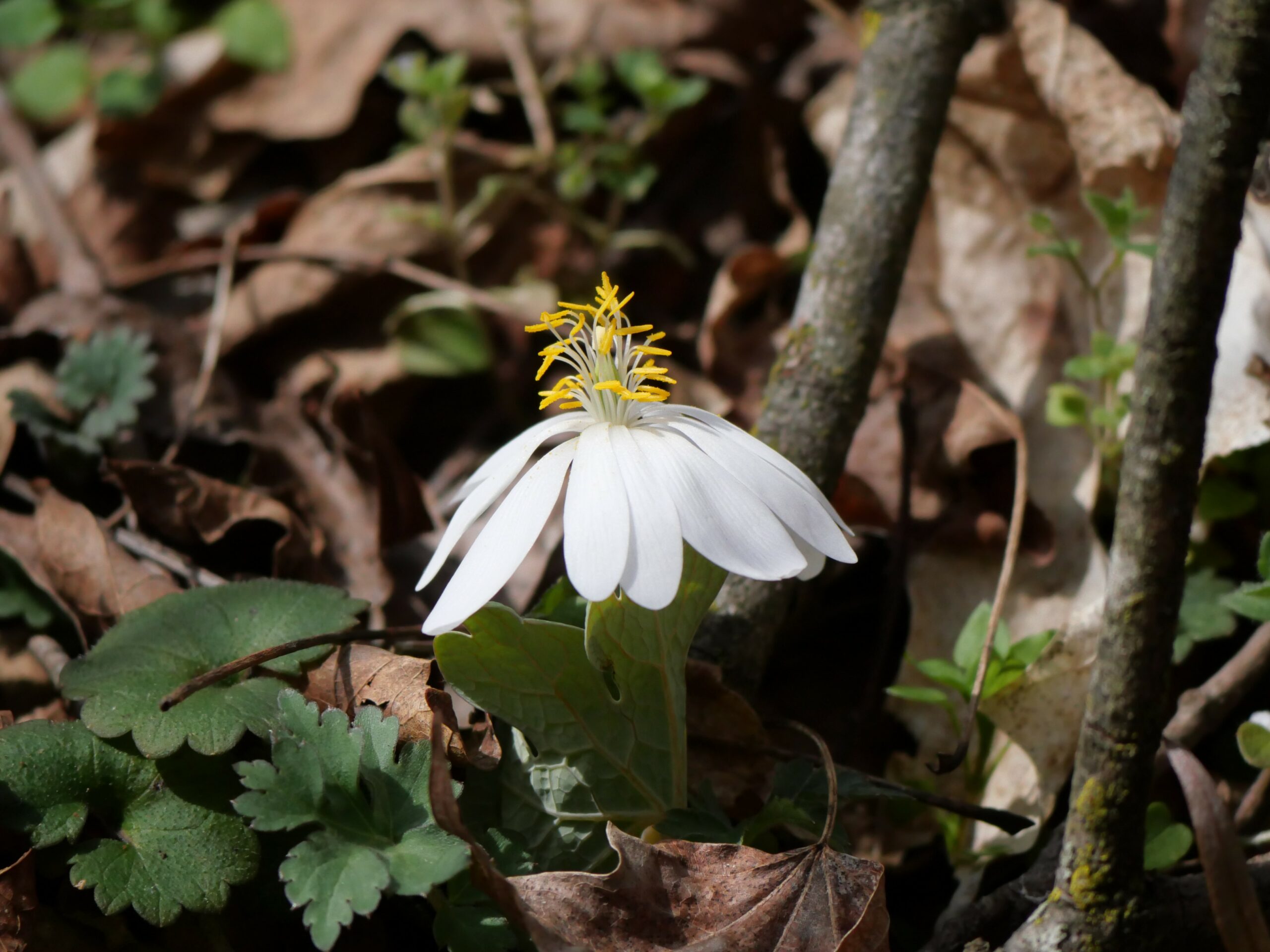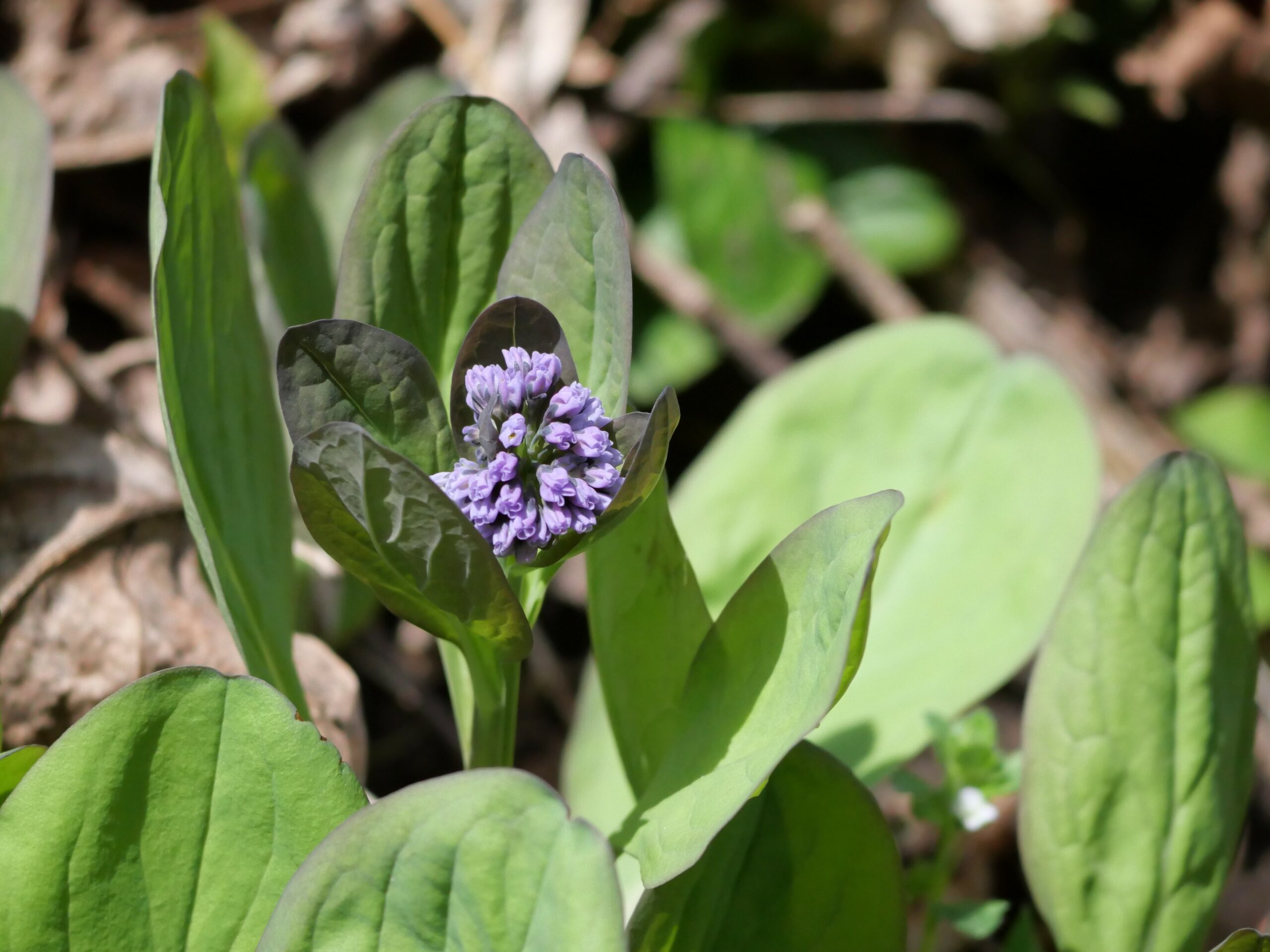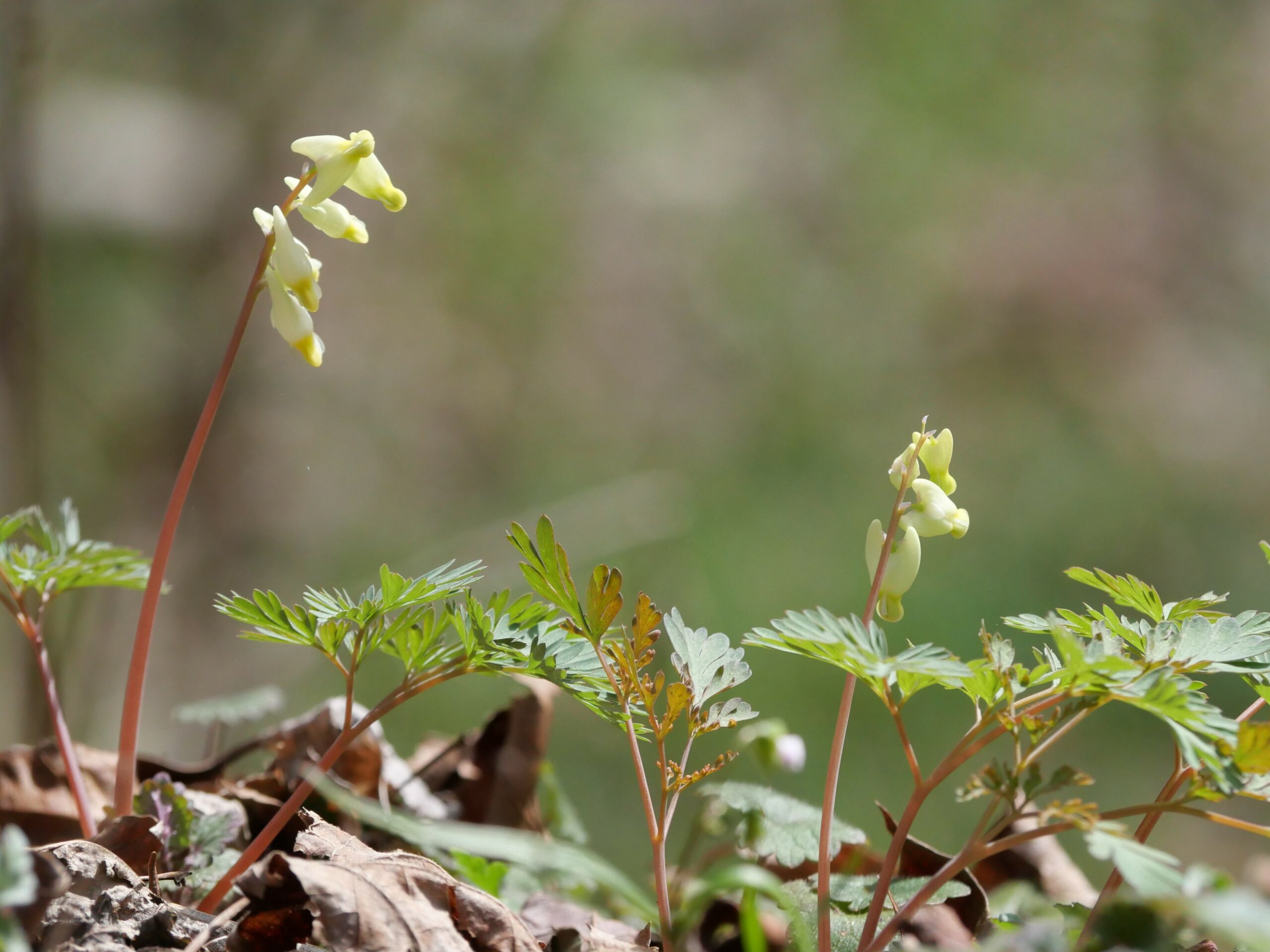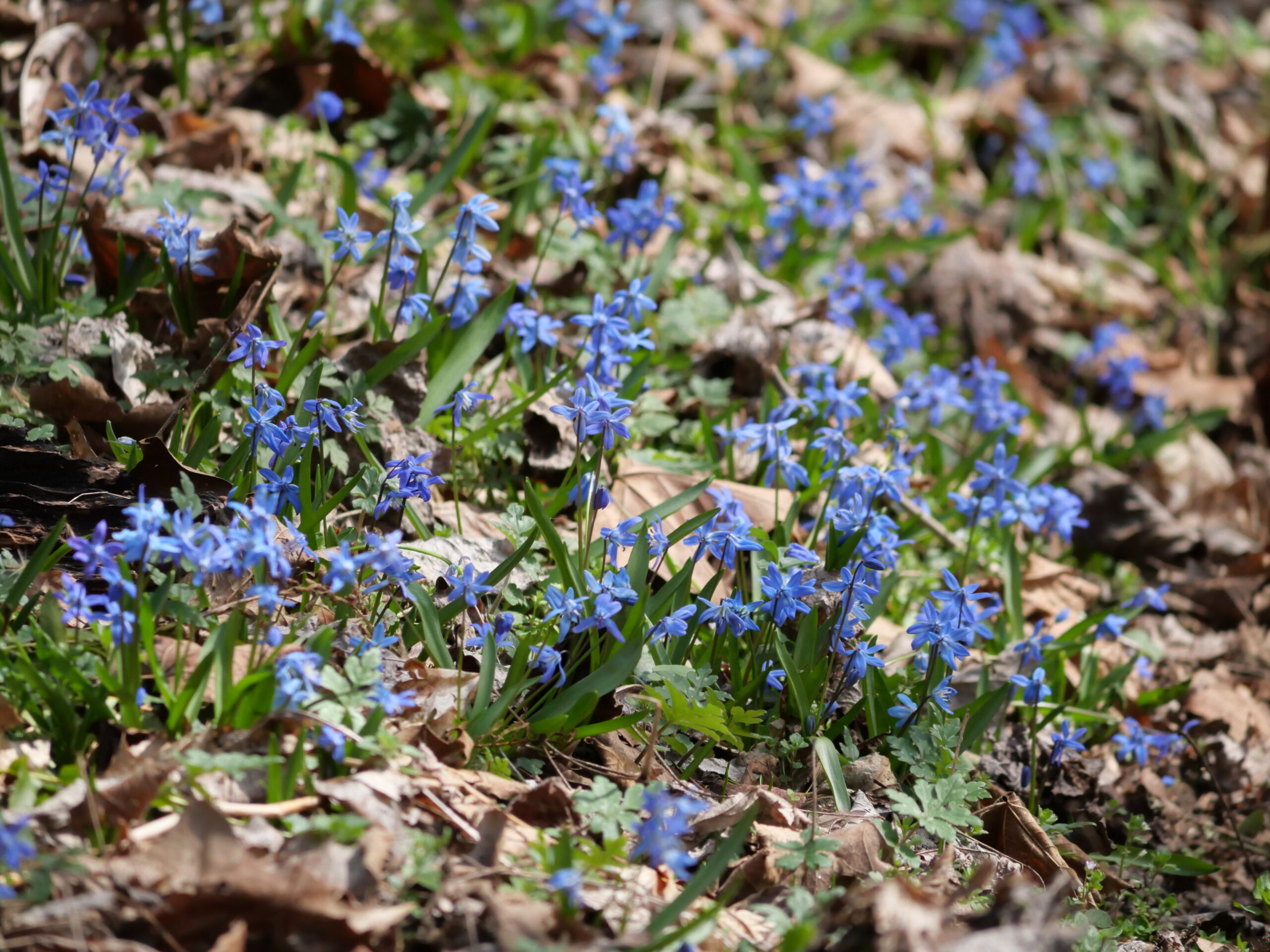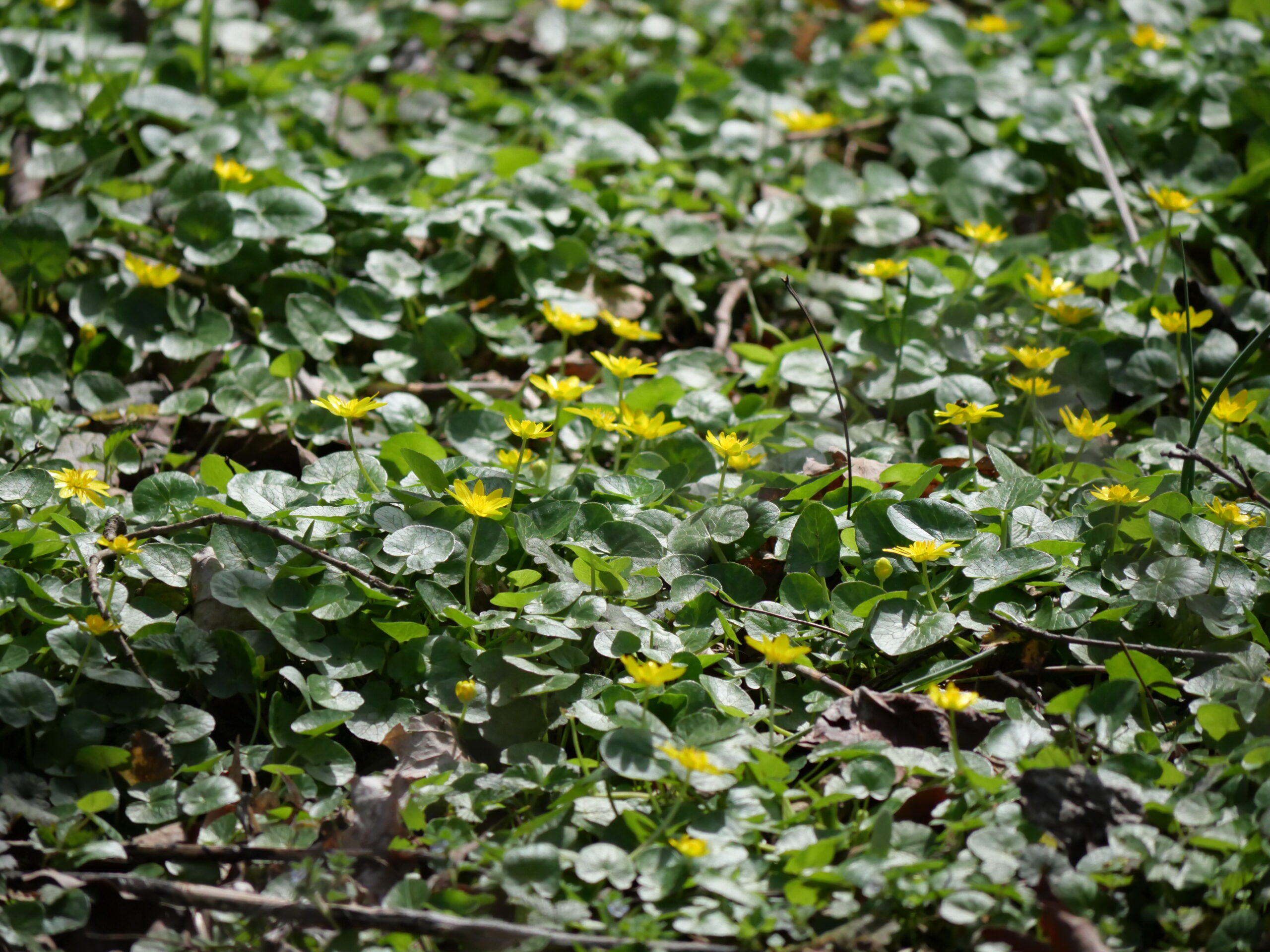By Avery Van Etten, Lancaster Conservancy Marketing & Communications Manager
With dozens of different species of wildflowers that bloom each spring, Shenks Ferry Wildflower Preserve is a Lancaster County gem. These wildflowers, knows as spring ephemerals for their short bloom time, flower for just a handful of weeks when the weather starts to warm up before the trees get their leaves and block sunlight from reaching the forest floor.
May 9, 2024
Although it is now past the height of spring ephemeral season, there are still opportunities to catch wildflowers in bloom in other places! In early May, look for azaleas and pink lady’s slippers at Welsh Mountain Nature Preserve. And in late May or June, you can spot lush glens of blooming rhododendrons at places like Kellys Run, Mill Creek Falls, or McCalls Ferry.
Already this spring, we’ve experienced some hot temperatures. If you’re looking for a “cool” hike on a hot day, check out these hikes with waterways or shaded spots.
We hope you saw something spectacular this spring ephemerals season, and we hope you continue to find special moments in nature as you explore the outdoors!
April 25, 2024
While Virginia bluebells dominate Shenks Ferry Wildflower Preserve earlier in the season, phlox are now the predominant purple flowers blooming around the preserve. You can spot several patches of this wildflower, which ranges from almost white to blue-purple to a more pink-purple color, lining the Gamber Wildflower Trail. The flowers of woodland phlox, or Phlox divaricata, attract butterflies, according to the Lady Bird Johnson Wildflower Center, and animals like rabbits eat the plant’s roots.
This week, you can also find red columbine, wild geranium, golden ragwort, violets, and sweet cicely. There are still some trillium to see, although they are past their prime. Also keep an eye out for false Solomon’s seal and mayapples, which aren’t quite blooming yet.
April 18, 2024
Although the Virginia bluebells are on their way out for the season, there are still plenty of gorgeous spring wildflowers to explore at Shenks Ferry! Newly blooming this week are red columbine and wild geranium. The golden ragwort is just starting to flower, as well. You’ll also likely spot spring beauties, squirrel corn, violets, sweet cicely, some declining trillium, and lots of phlox.
The mayapple buds are starting to appear, but they aren’t blooming quite yet. You may also see some buds on the false Solomon’s seal. Happy hiking!
April 11, 2024
This week seems to be peak bloom time for the spring ephemerals at Shenks Ferry! There is a wide variety of wildflowers in bloom including Virginia bluebells, trillium, Dutchman’s breeches, spring beauties, cutleaf toothwort, phlox, squirrel corn, corydalis, and blue cohosh. The golden ragwort and mayapple buds are also starting to appear.
Dutchman’s breeches and squirrel corn can be tricky to tell apart, but there are a few differences you can look for. Dutchman’s breeches look like pants hanging on a clothesline, and they have longer “pant legs” that stick up in the air as well as a yellow “waistband.” Squirrel corn, on the other hand, is more heart-shaped and tends to have more cream or pink hues, but no yellow.
April 5, 2024
This week has been particularly rainy, but that hasn’t deterred Shenks Ferry’s spring ephemerals from blooming (although it did cut my hike of the preserve short). The plentiful Virginia bluebells are finally opening up, dappling the hillsides with their purple-blue-pink flowers. I also spotted many trillium, Dutchman’s breeches, and spring beauties. The mayapples’ umbrella-like leaves are prominent this week, as well. Keep an eye out for some saxifrage and cutleaf toothwort too.
After all that rain, Grubb Run is quite a bit higher than usual. At the start of the Gamber Wildflower Trail, the stream looks more like a pond, and you can see some mayapple leaves peaking out above the water where normally they would be growing on dry land!
Among all these native wildflowers, you may also see some invasive Star-of-Bethlehem and celandine blooming.
March 28, 2024
There is quite the variety of spring ephemerals to see this week. The Dutchman’s breeches are everywhere! There are also many spring beauties in bloom, as well. The Virginia bluebells are plentiful, but most aren’t quite blooming just yet. I also spotted some cutleaf toothwort, blue cohosh, yellow trout lilies, bloodroot, mayapple, and saxifrage, as well as some phlox that were just starting to flower. (Fun fact: Trout lilies get their name from their speckled leaves, which look like the side of a trout.) A couple trillium have bloomed, too, and I saw many more that were about to open!
While the spring ephemerals got an early start this season thanks to warmer weather, the recent rain and cooler temperatures seem to have slowed things down. Peak bloom for Shenks Ferry’s spring wildflowers may happen within the next week.
March 22, 2024
As soon as you leave the parking lot and step onto the trail, you’ll be greeted by Dutchman’s breeches lining the hillside. These wildflowers look like pants hanging on a clothesline – hence their name. Queen bumblebees and Dutchman’s breeches have a special relationship. The queen bumblebee is the only member of her colony to survive the winter. When she wakes up in the spring, she gets nectar and pollen from the Dutchman’s breeches to fuel her and supply her new nest, simultaneously pollinating the wildflowers.
Also in bloom this week are spring beauties, bloodroot, and cutleaf toothwort. These are all native wildflowers in Pennsylvania. One invasive species you might spot blooming this week is Star-of-Bethlehem. They may look pretty, but in addition to being invasive, the Pennsylvania Department of Conservation and Natural Resources says they’re poisonous to livestock and people.
Coming Soon!
Some trillium and blue cohosh are getting ready to bloom. The Virginia bluebells are also abundant but aren’t quite blooming just yet. Keep an eye out for them soon!
March 15, 2024
Spring beauties and bloodroot are some of the first ephemerals to bloom this season. According to Laura Martin in her book Wildflower Folklore, 71 species of insects pollinate spring beauties. I certainly heard lots of bugs buzzing around me during my walk at the preserve, and I even saw some stop to visit the little pinkish flowers. Pollinating insects are attracted to the showy bloodroot flowers, too, but the blooms don’t actually have any nectar to give the bugs in return for their role in pollination, according to the National Park Service.
Dutchman’s breeches and Virginia bluebells are also just starting to show up along the Gamber Wildflower Trail at Shenks Ferry. Soon the bluebells will turn entire hillsides their purple-blue color.
Two other plants you’ll probably spot flowering at Shenks Ferry this week are scilla and celandine.
Scilla are not native to this region. In a Nature Hour presentation, “Spring in Bloom — A Guide to Our Native Ephemeral Wildflowers,” the Conservancy’s Vice President of Engagement & Education Keith Williams explained that non-native plants are not necessarily invasive — sometimes they become naturalized into an environment and can co-exist with the native species there without doing harm. Non-native species become invasive when they start outcompeting native ones, often leading to a reduction in biodiversity. Keith says that scilla is starting to become so abundant on some Conservancy nature preserves that he worries that it may be outcompeting native species.
Celandine is an invasive species. According to Penn State Extension, lesser celandine was introduced to North America in the 1800s as an ornamental plant. It is native to parts of Europe, Asia, and Africa. Unfortunately, you’ll probably spot it growing in some large patches at Shenks Ferry.
The Conservancy’s stewardship team and volunteers are constantly working to mitigate invasive species on our nature preserves to support healthy, biodiverse, resilient ecosystems. You can join these efforts by participating in a volunteer workday or becoming a Volunteer Land Steward! Learn more at lancasterconservancy.org/volunteer.
Know Before You Go
If you’re visiting Shenks Ferry Wildflower Preserve, there are a few things you should know to make sure you — and the wildflowers — have the best experience possible.
1. Visit during the week
Shenks Ferry is very busy during spring weekends, so visiting on a weekday can mean fewer people and more space to enjoy the flowers.
2. Leave No Trace
When you visit Shenks Ferry, take nothing but pictures and leave nothing but footprints! Please stay on the trail so you don’t trample any flowers, and make sure you remove any waste you bring onto the preserve. Learn more about Leave No Trace principles here.
3. Know what you’re looking at
Want to identify the flowers you’re seeing? Download the Shenks Ferry Wildflower Preserve brochure! It details some of the most common spring ephemerals found at Shenks Ferry. You can also use an app like Seek by iNaturalist to help identify plants you see around the preserve.
4. Where to park
Please enter the preserve via Shenks Ferry Road, which will take you to the improved parking area and access trail. Green Hill Road south of the preserve is closed, which may not be reflected on GPS programs like Google Maps.
5. Support the stewardship of Shenks Ferry
Caring for this special wildflower sanctuary is an ongoing effort. Your support of Lancaster Conservancy allows for the continued careful stewardship of Shenks Ferry for the benefit of both nature and our community. Thank you for considering making a donation to ensure this special place is here for generations to come.
Thank you to our generous sponsor Brookhills Investment Group for making educational programming about Shenks Ferry Wildflower Preserve and the native plants it protects possible.

